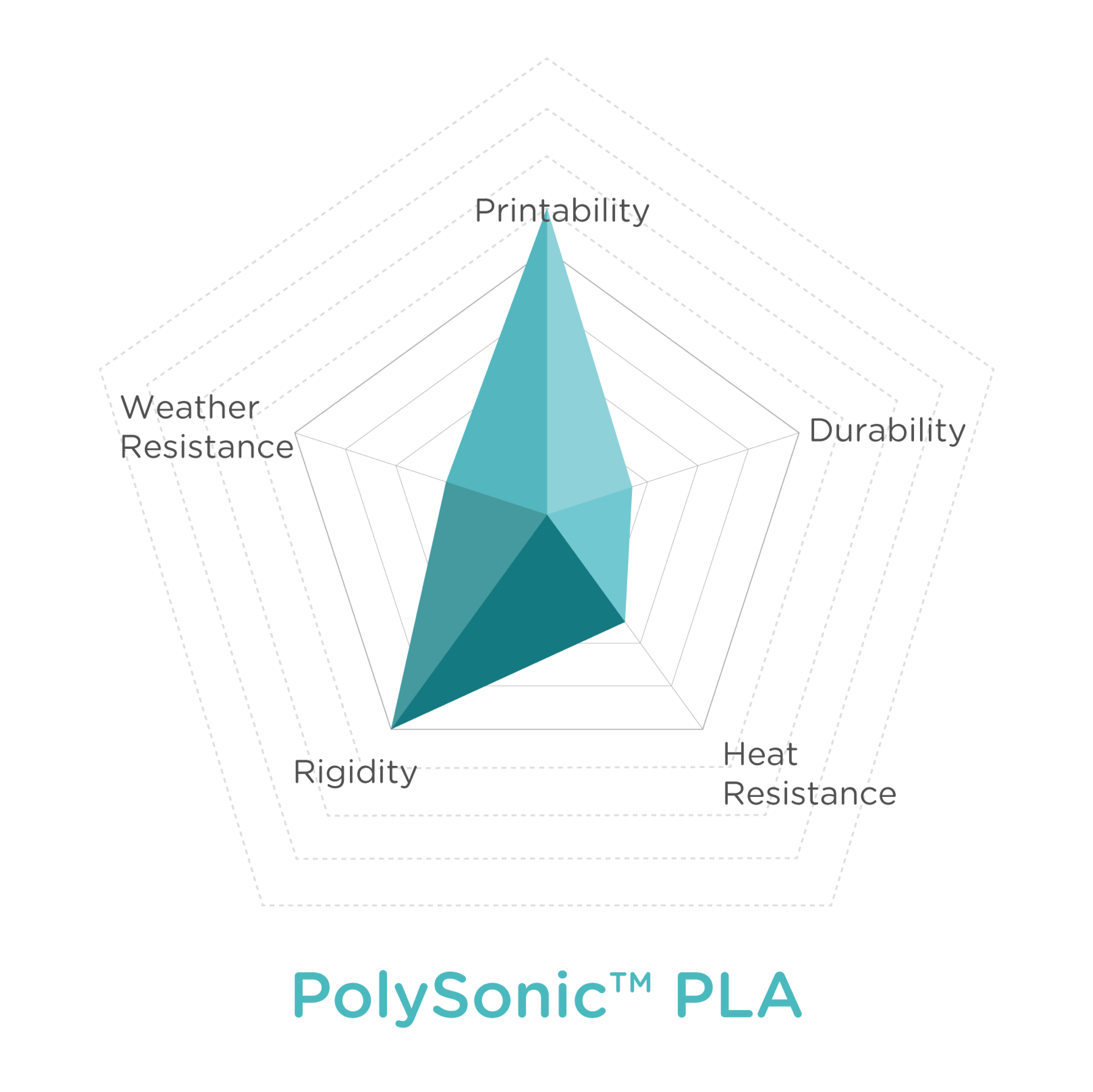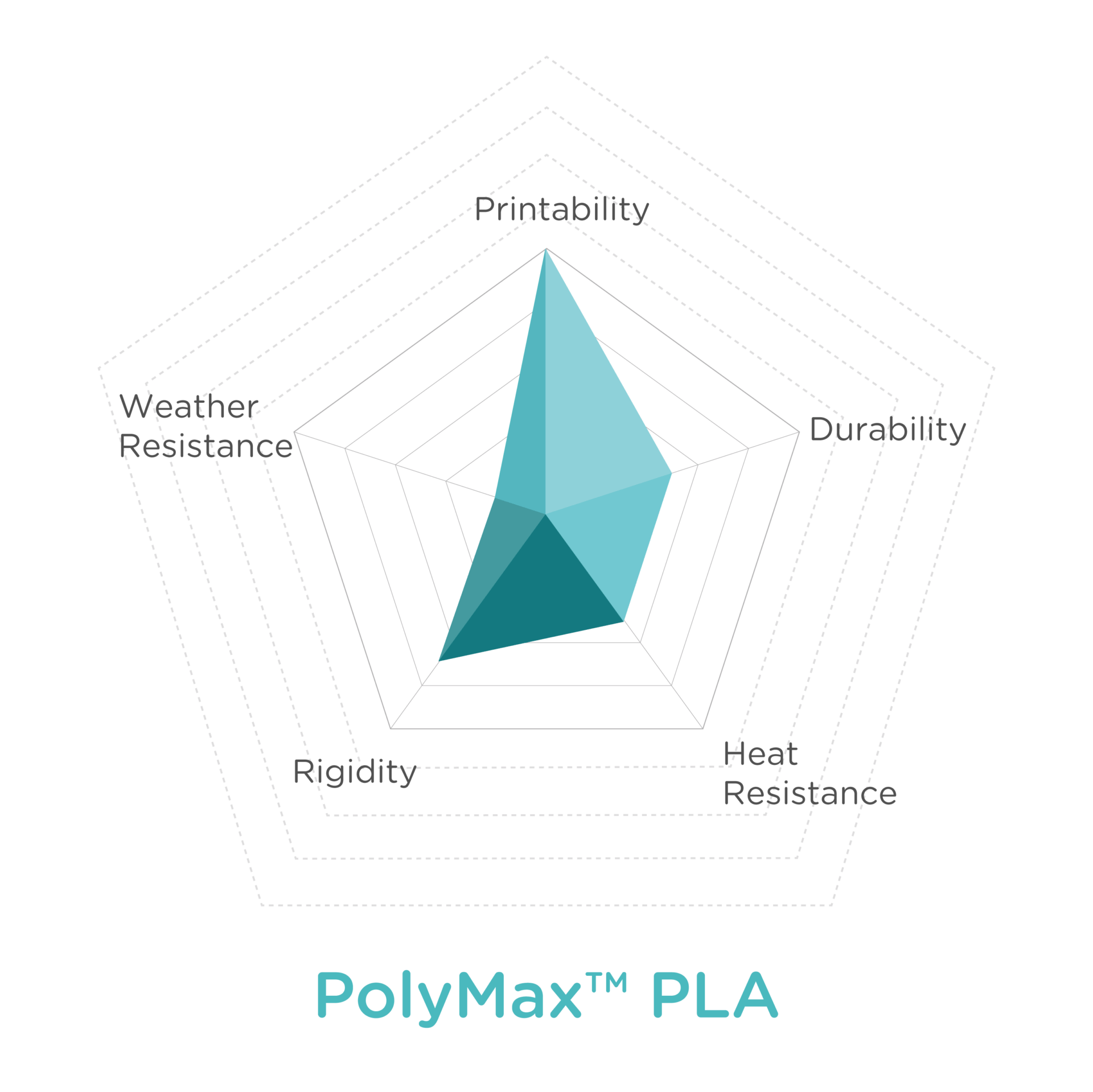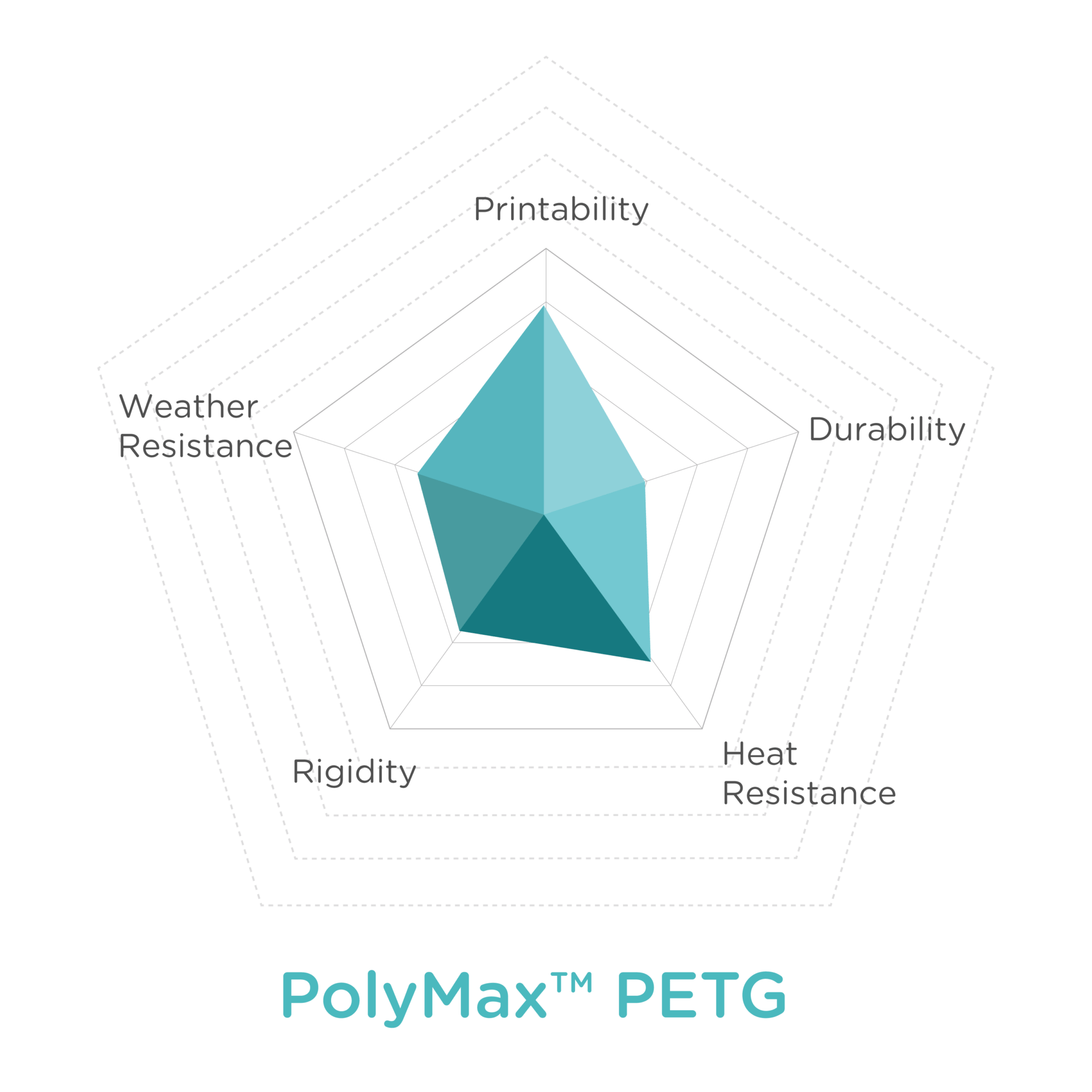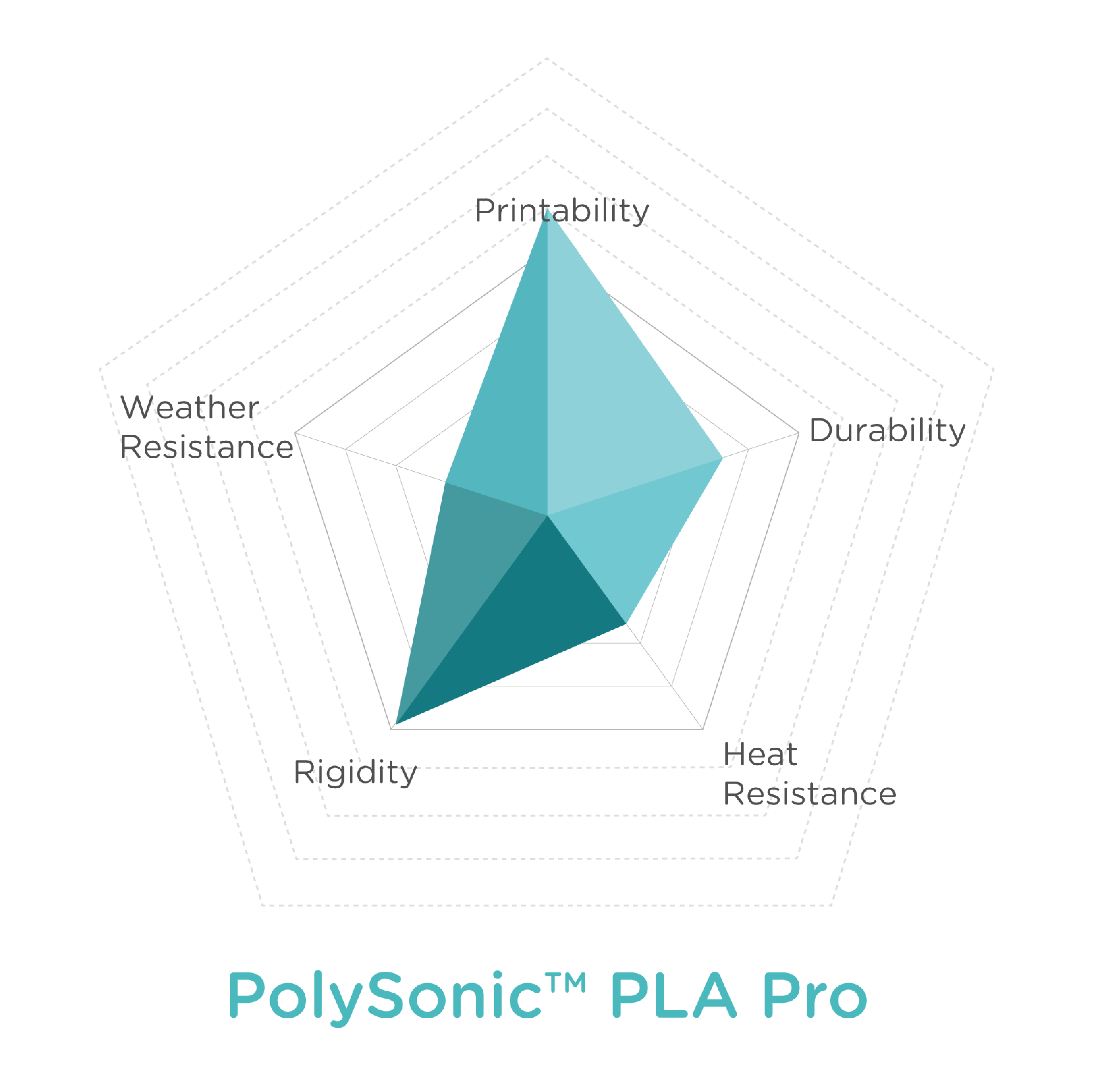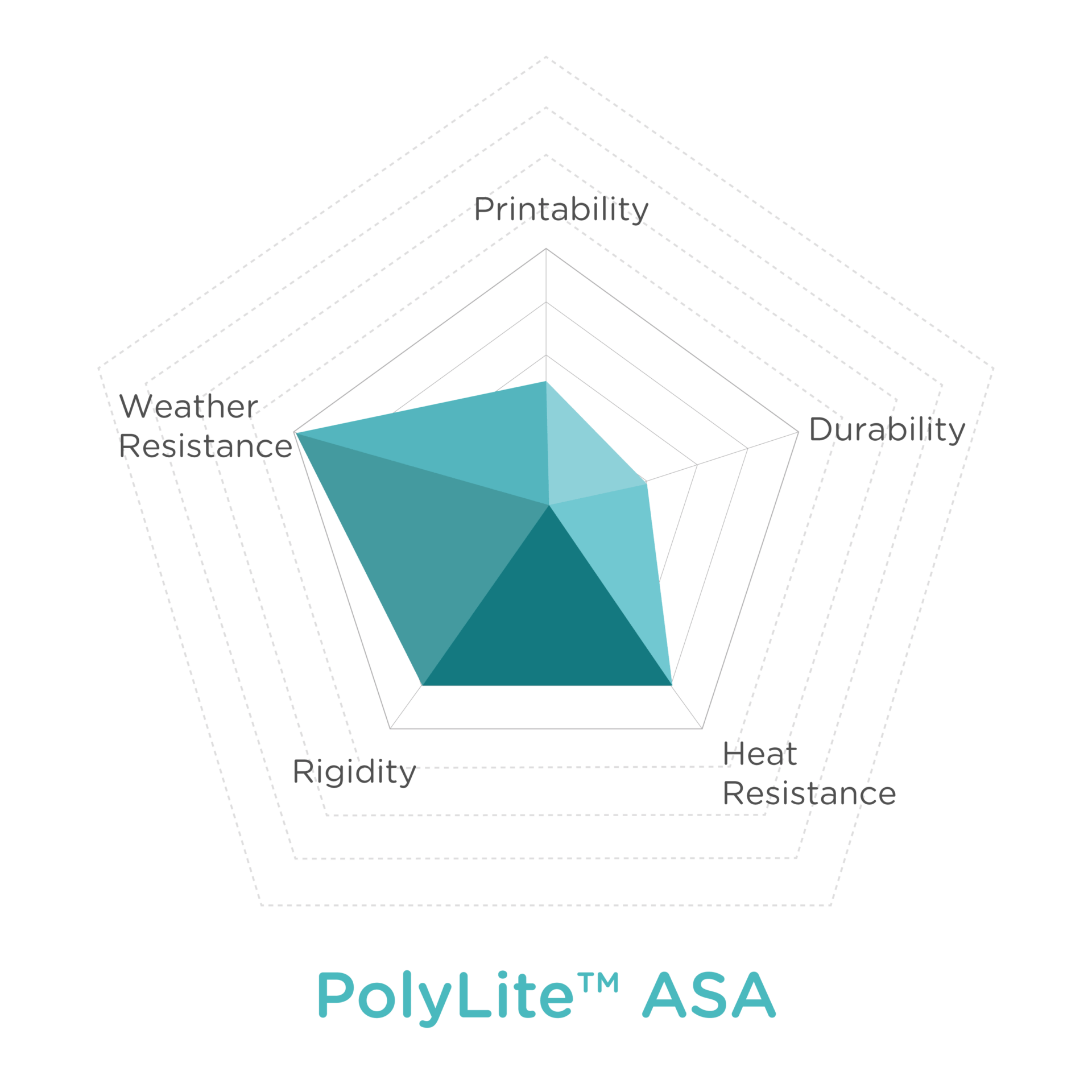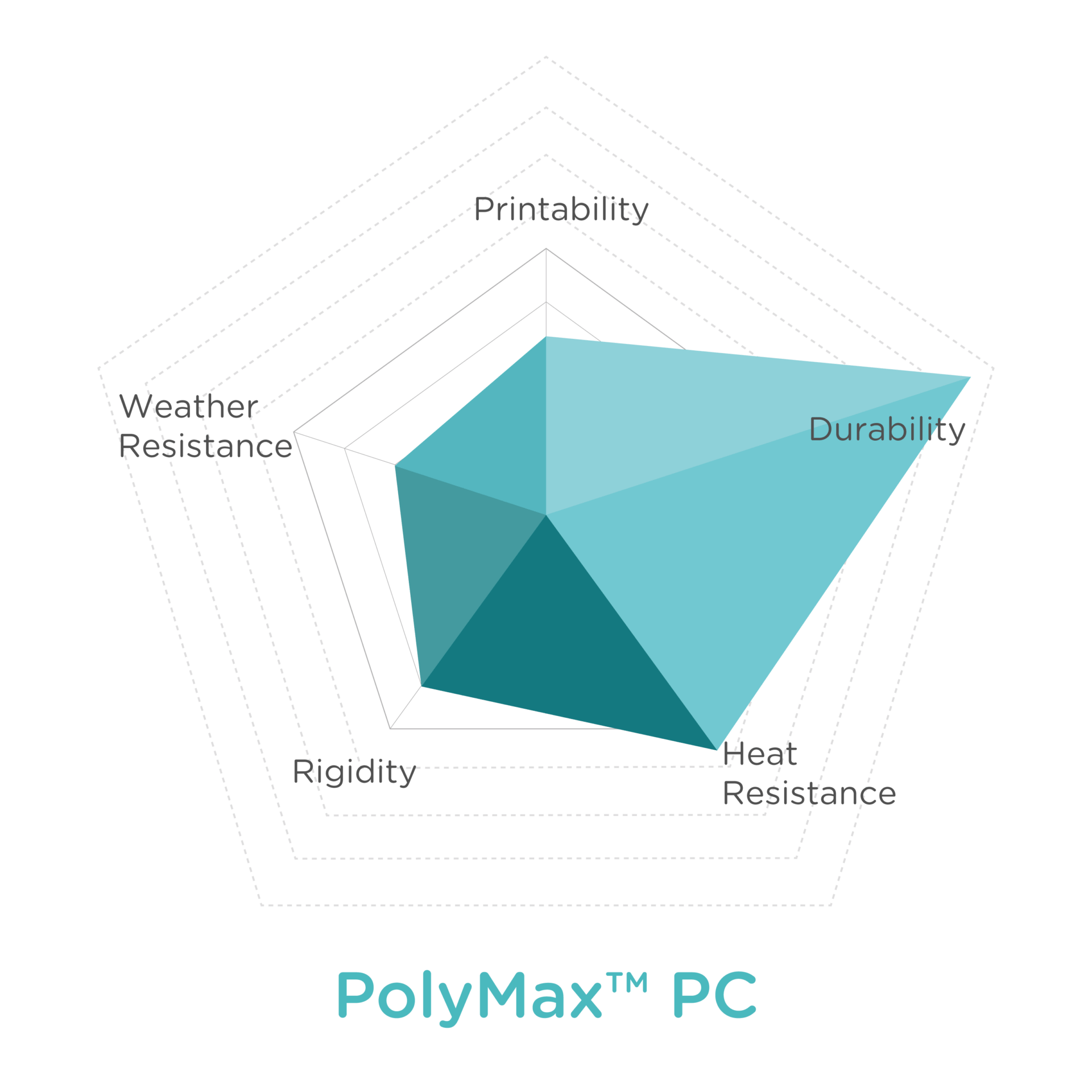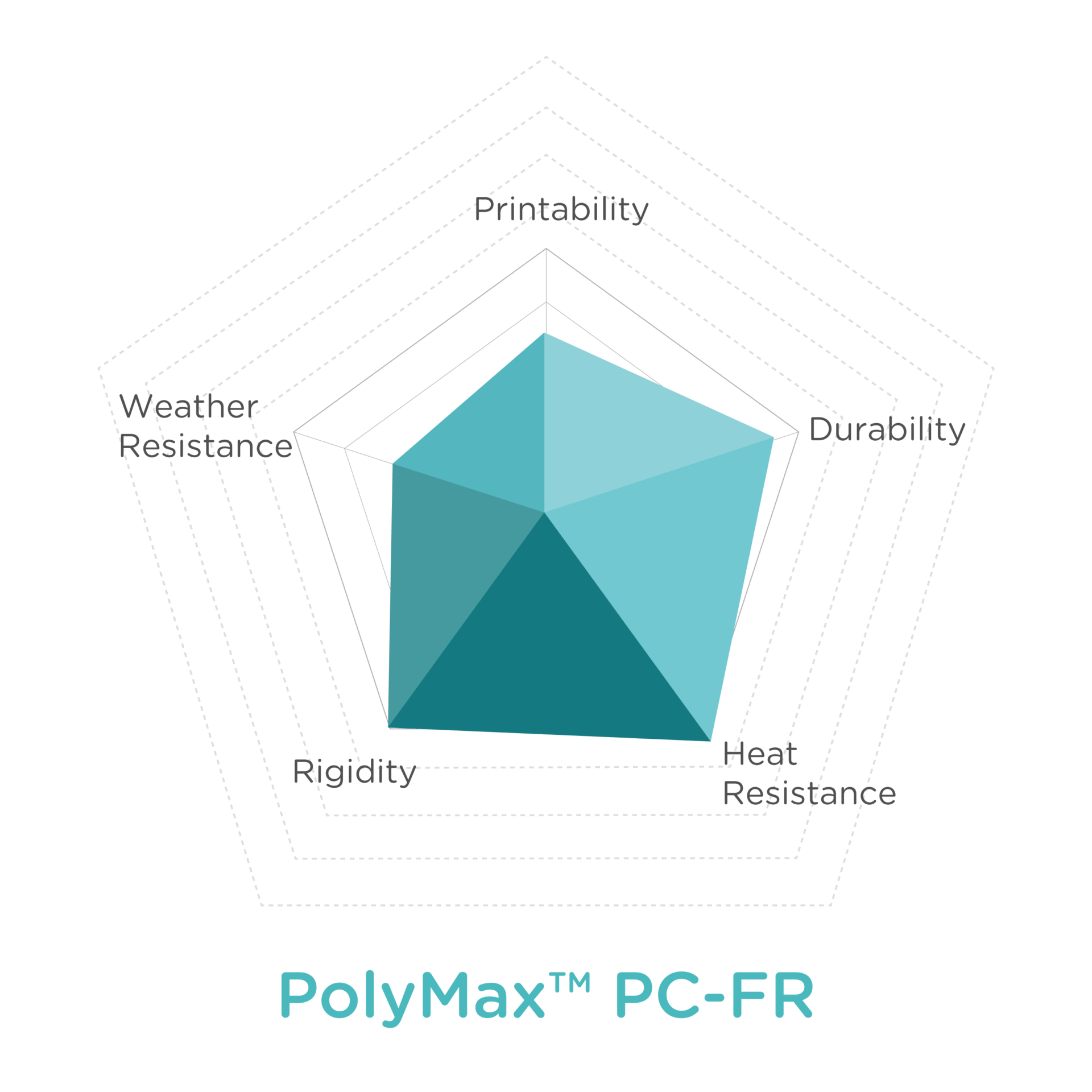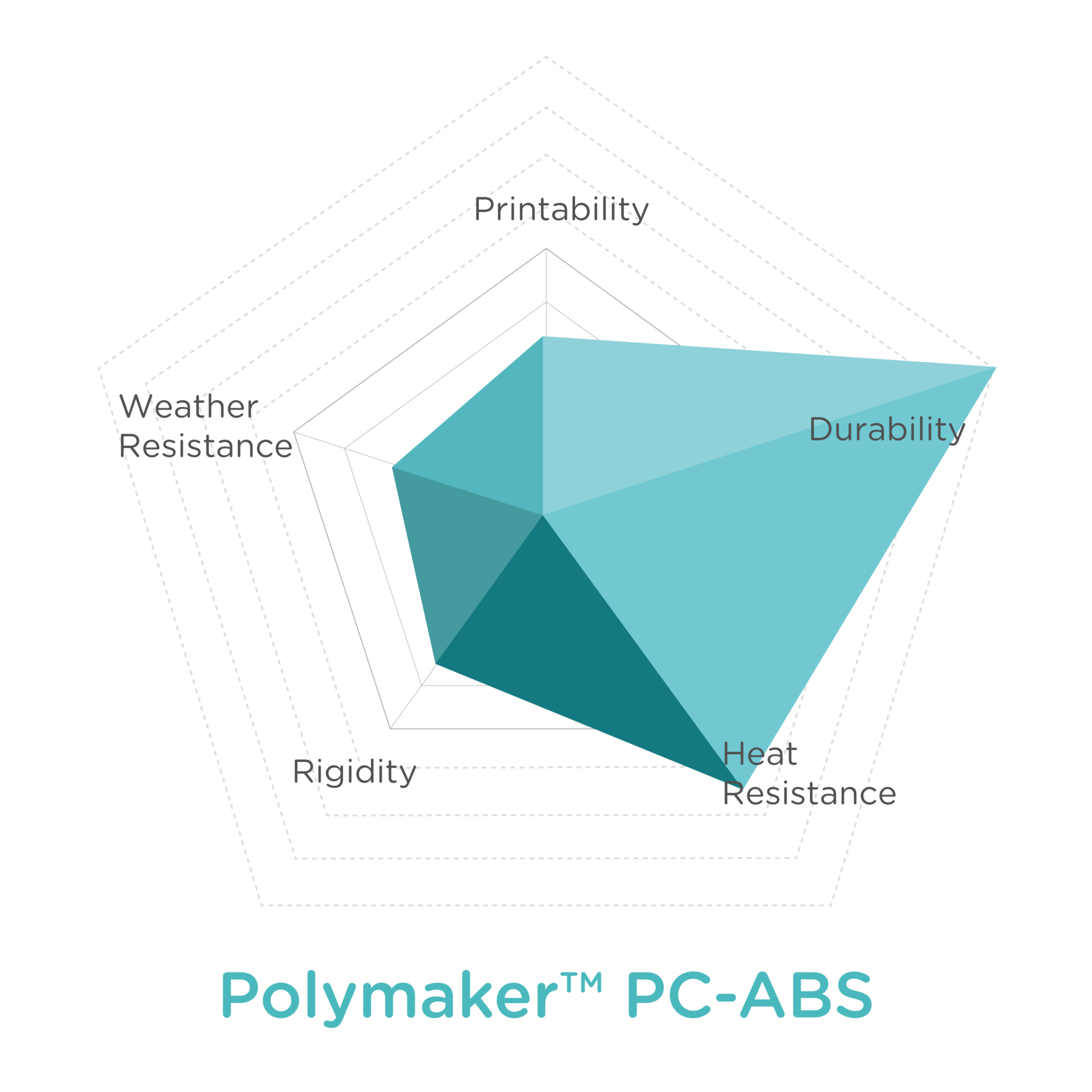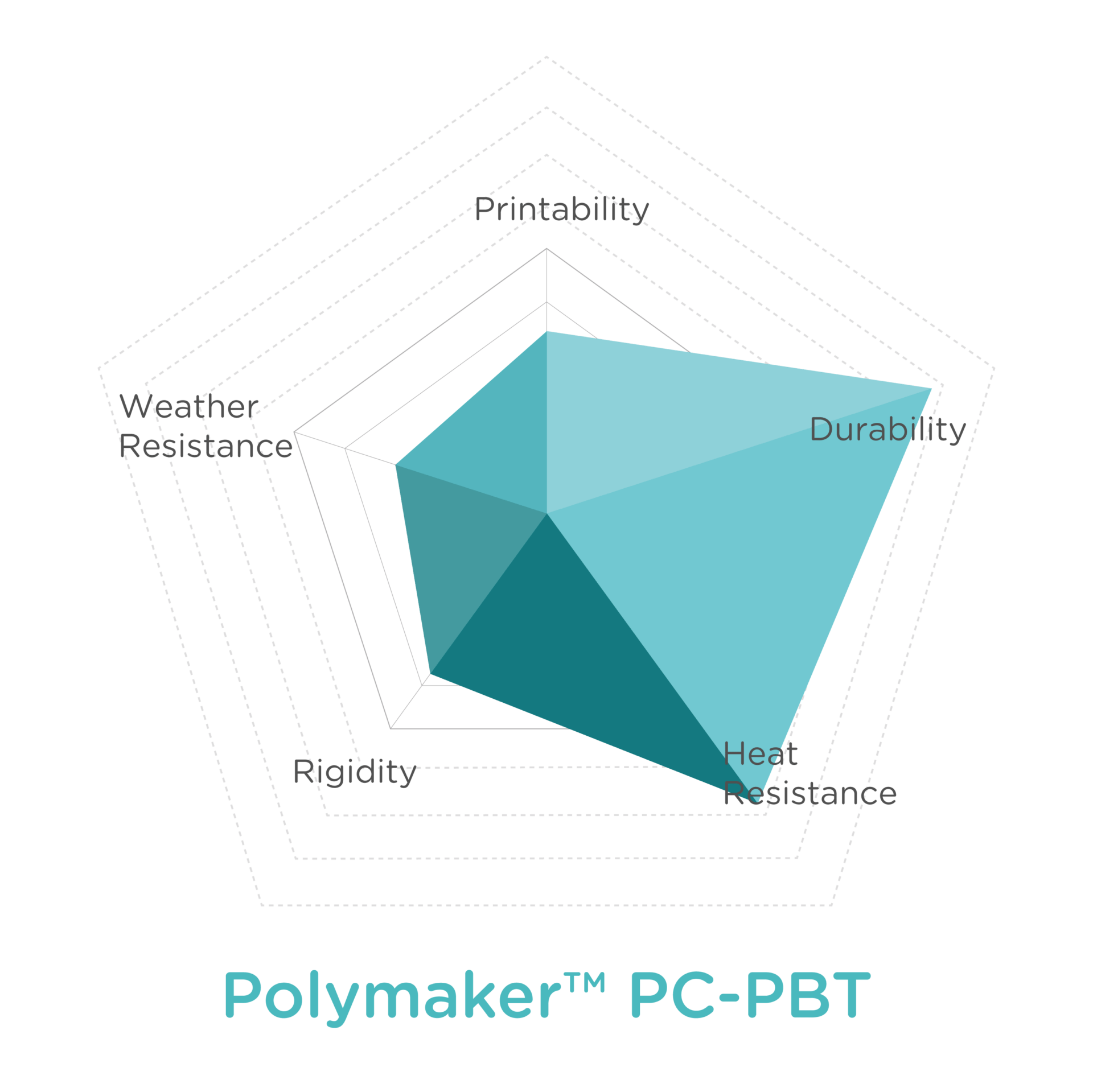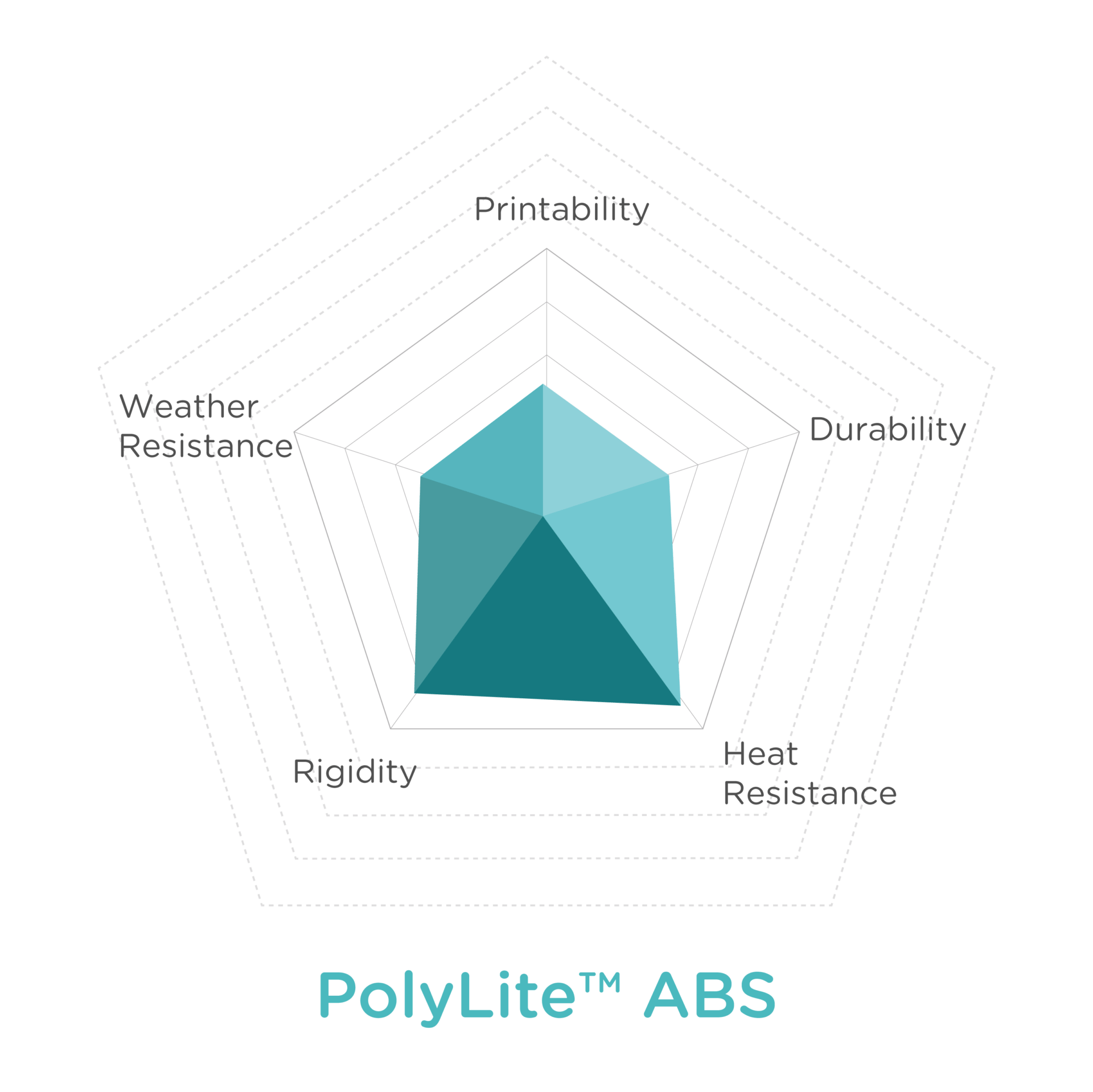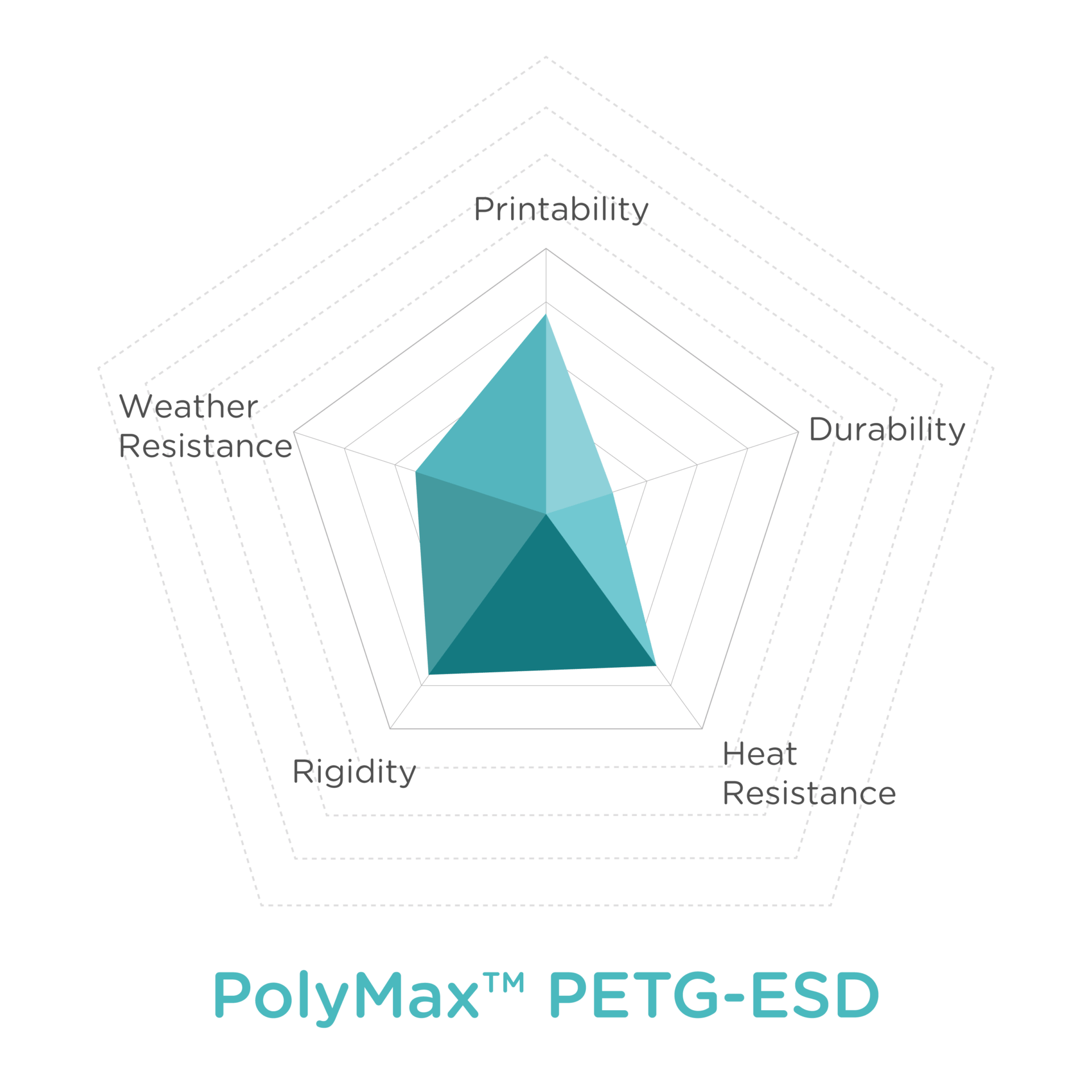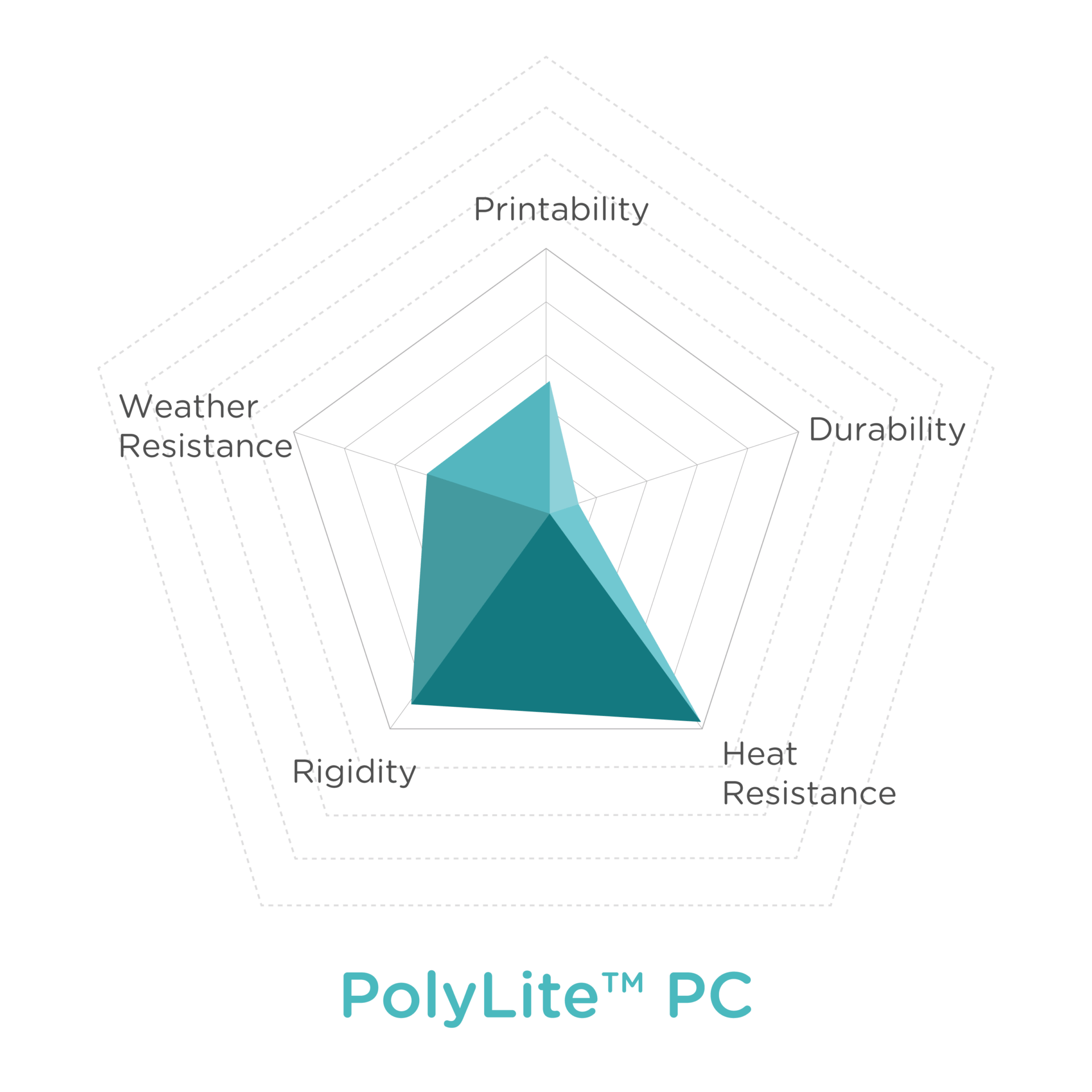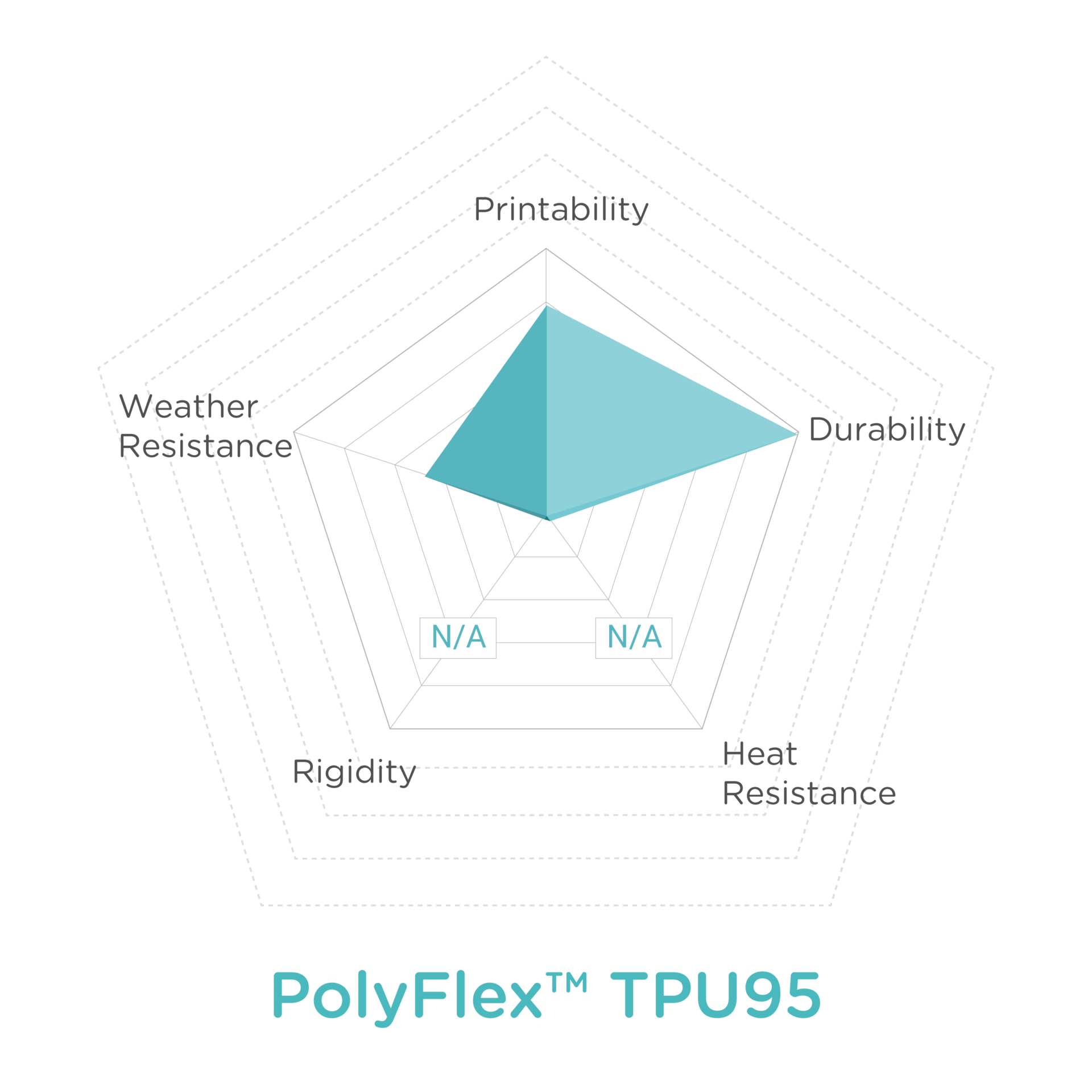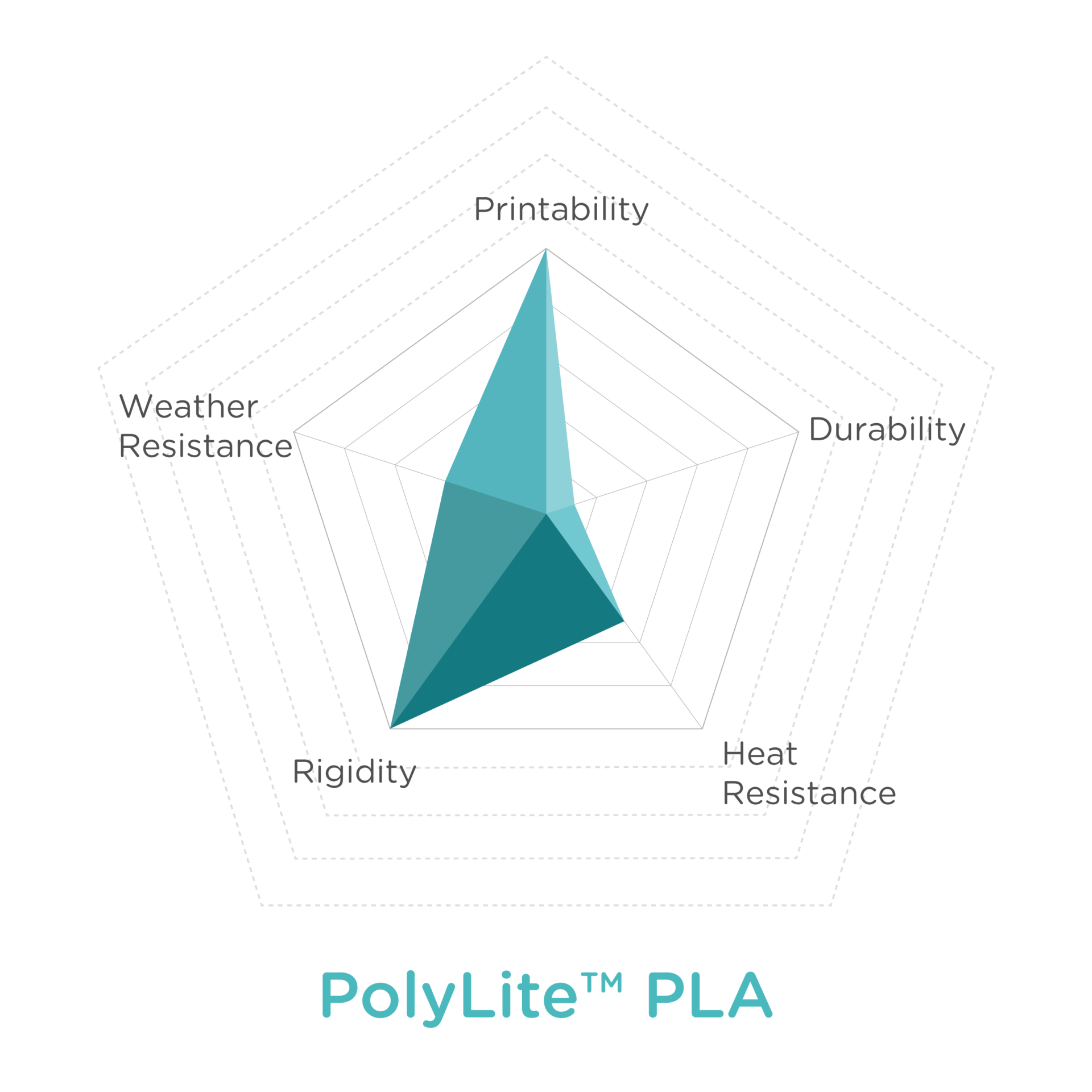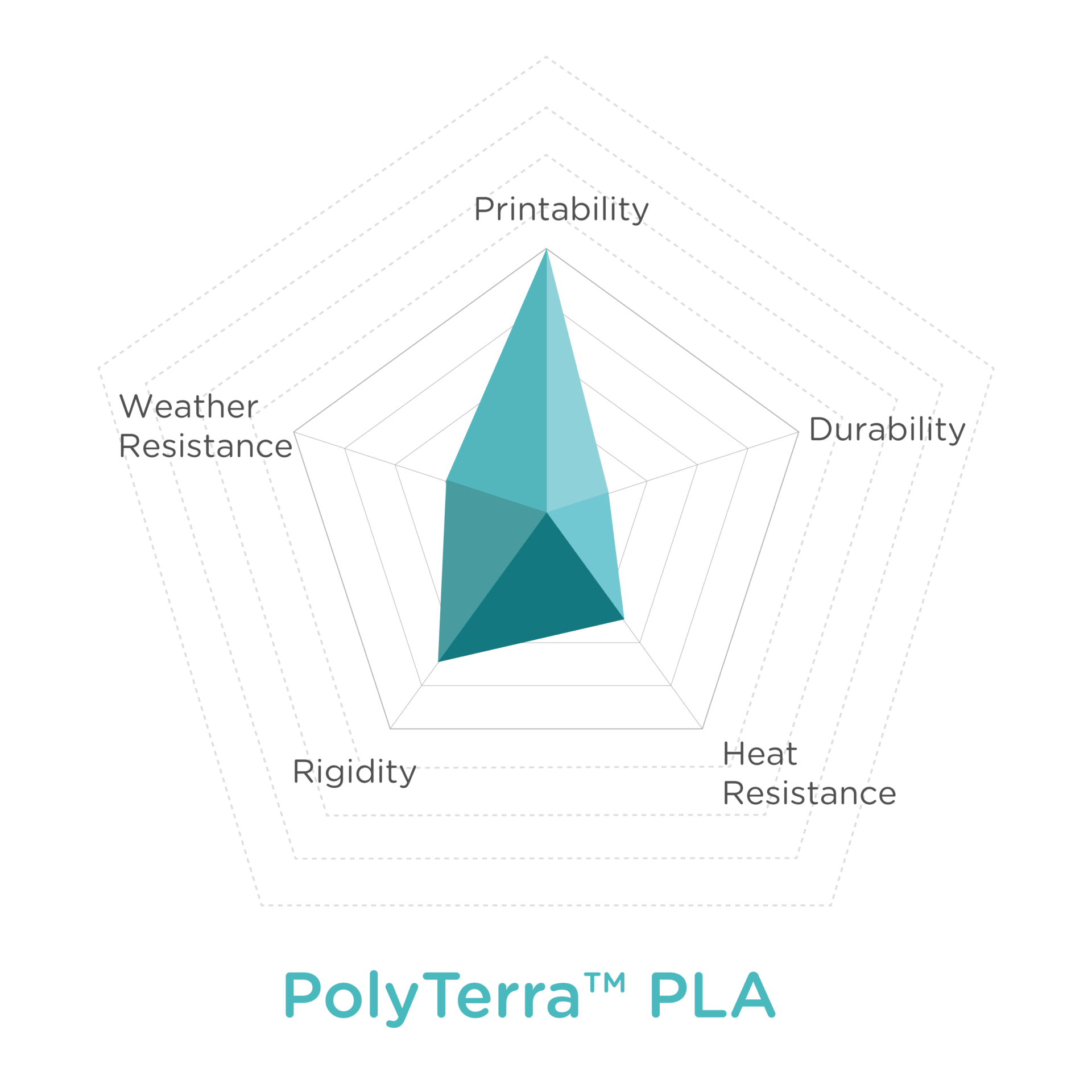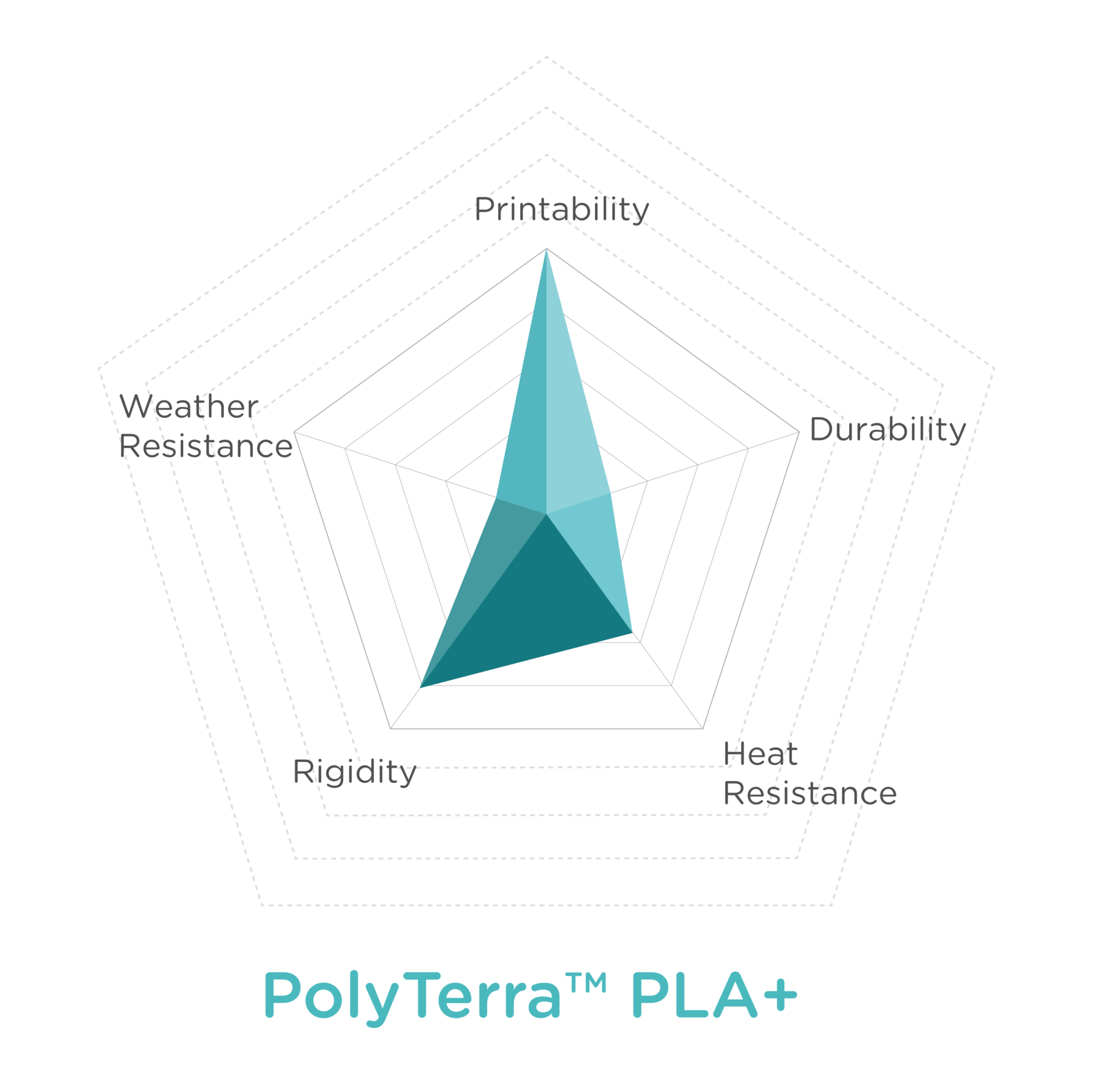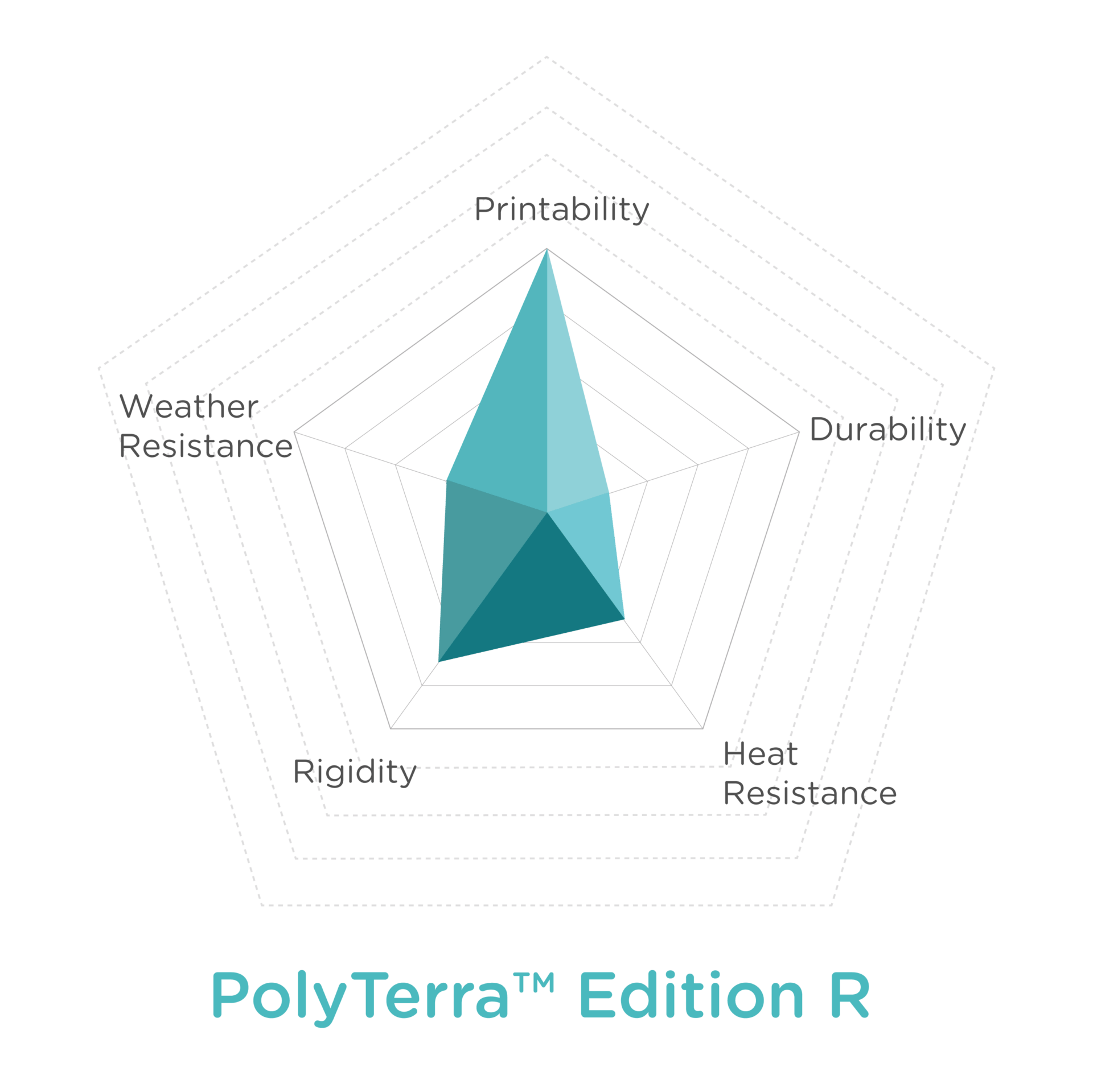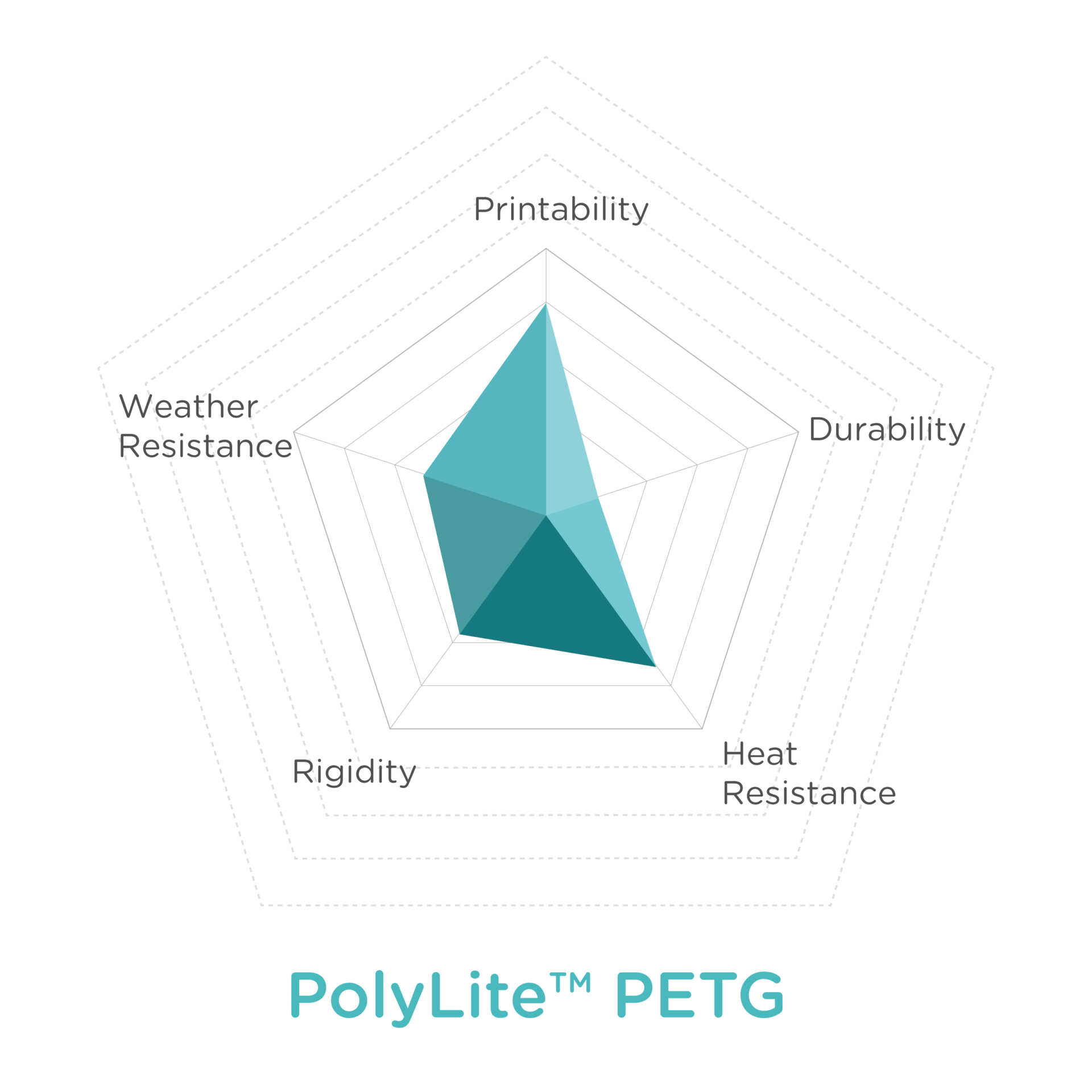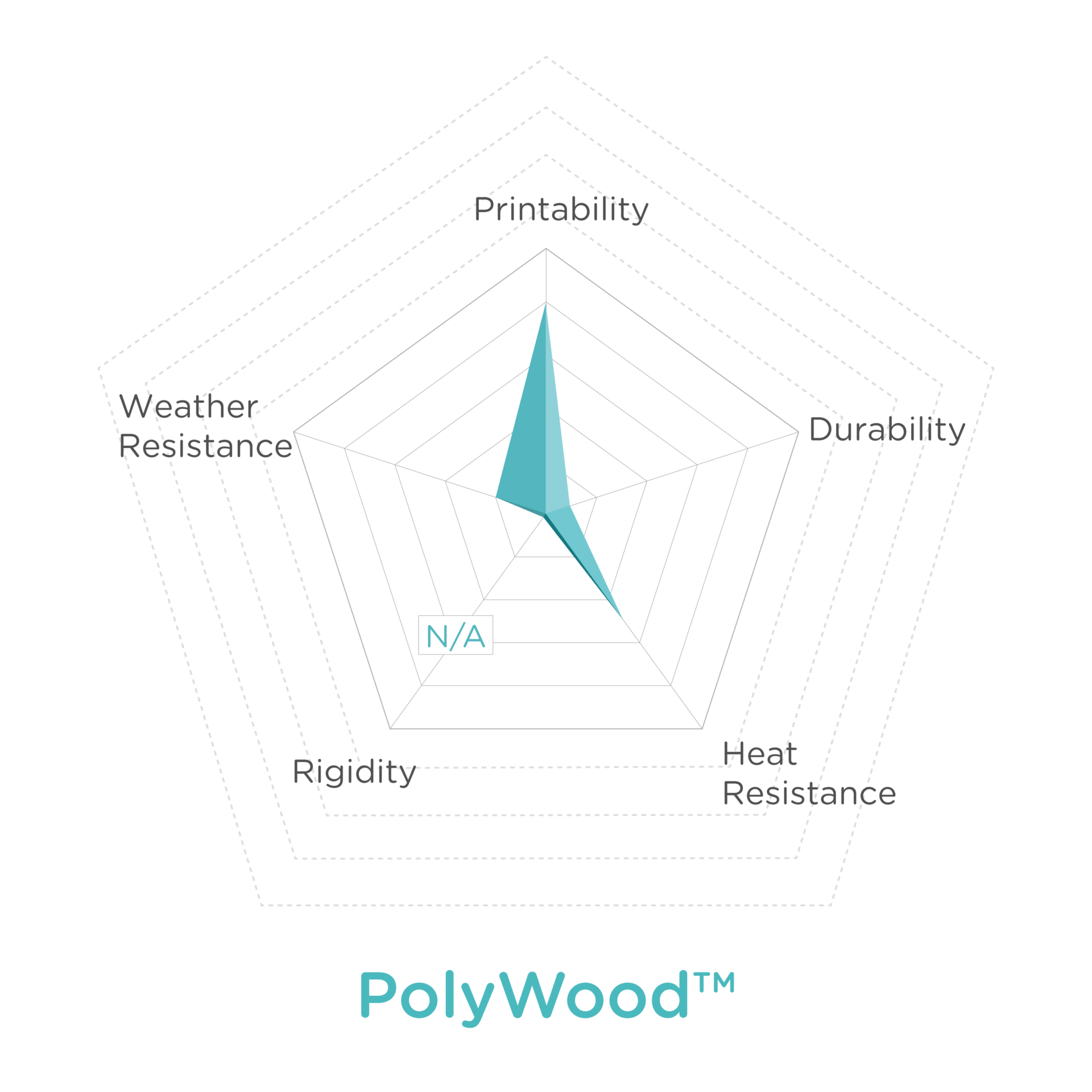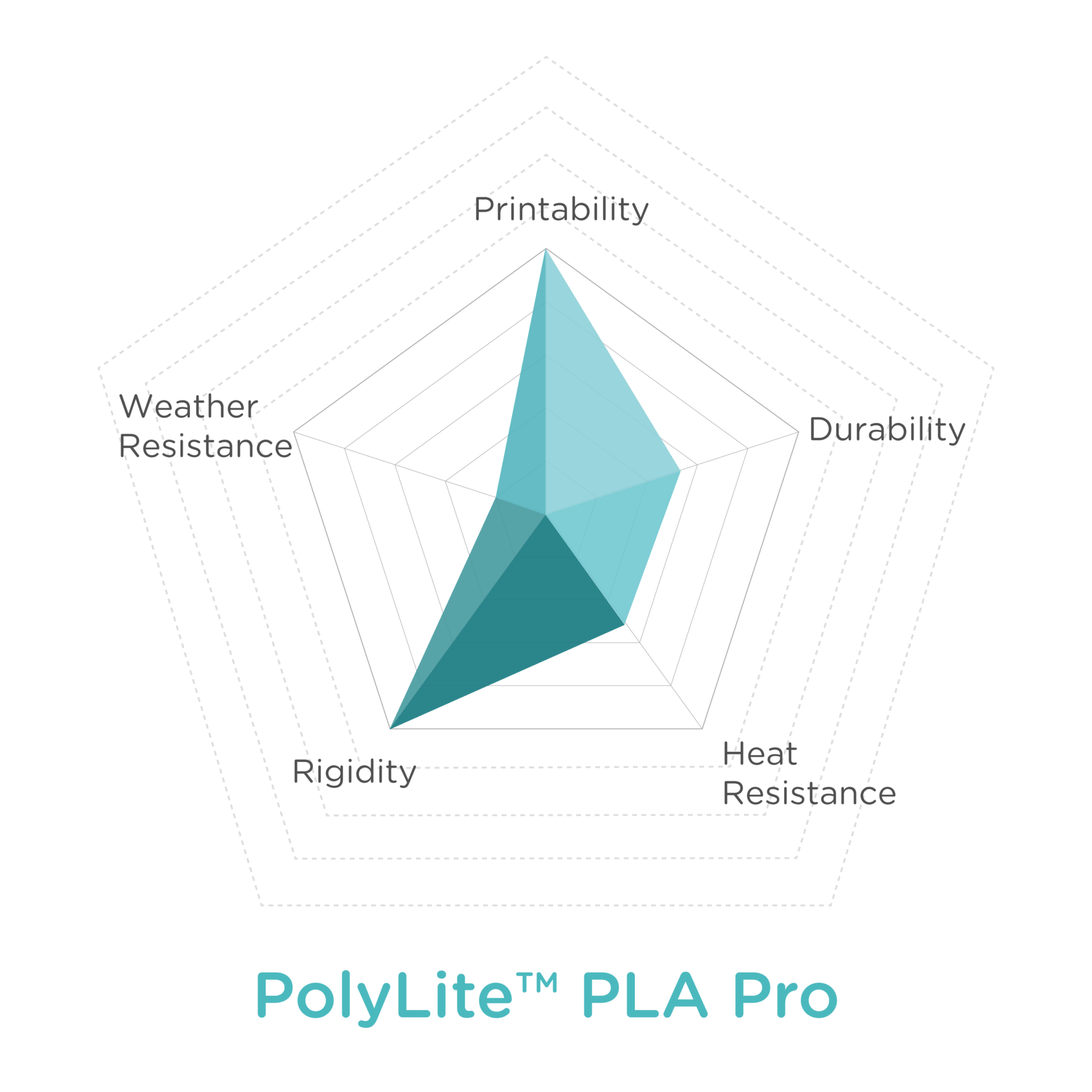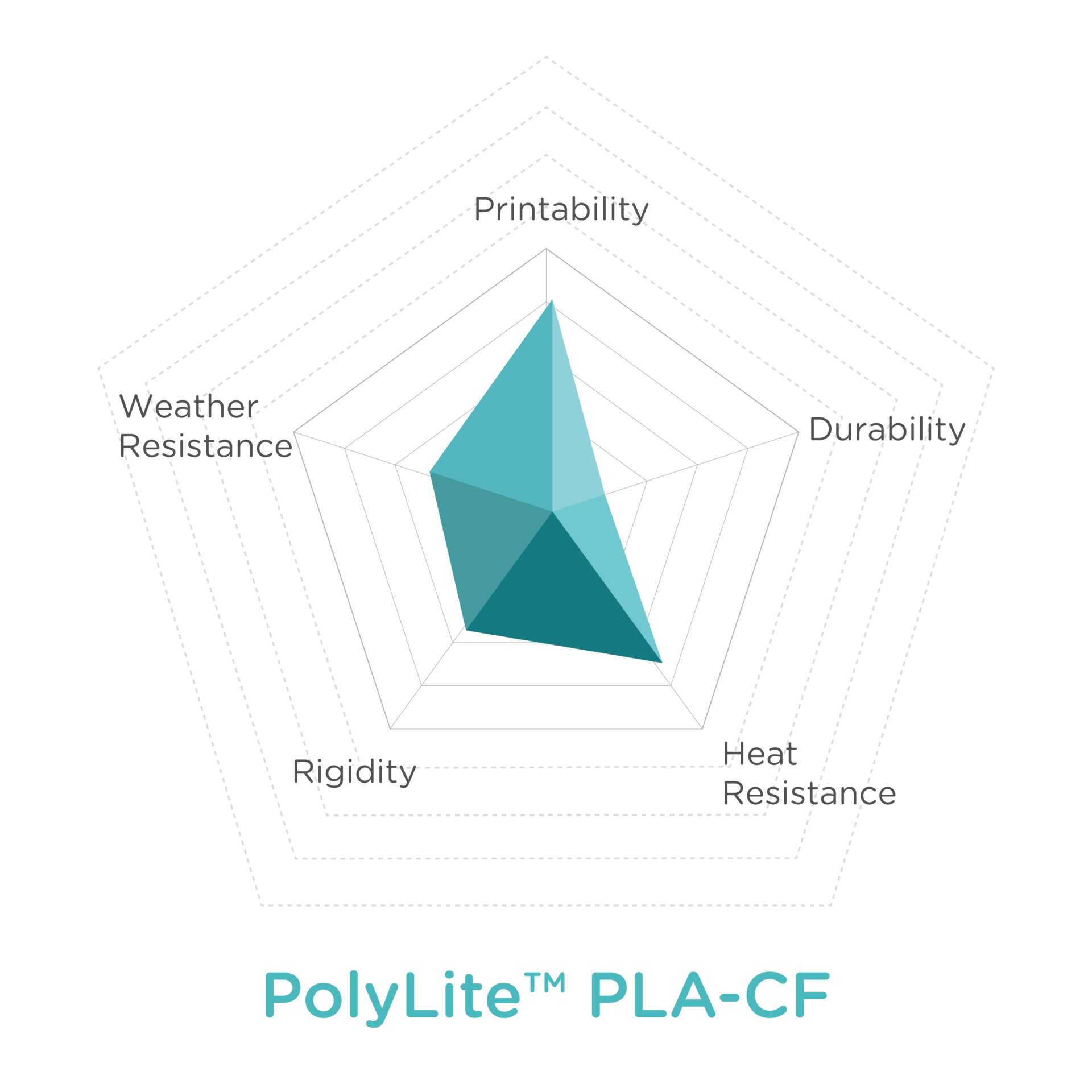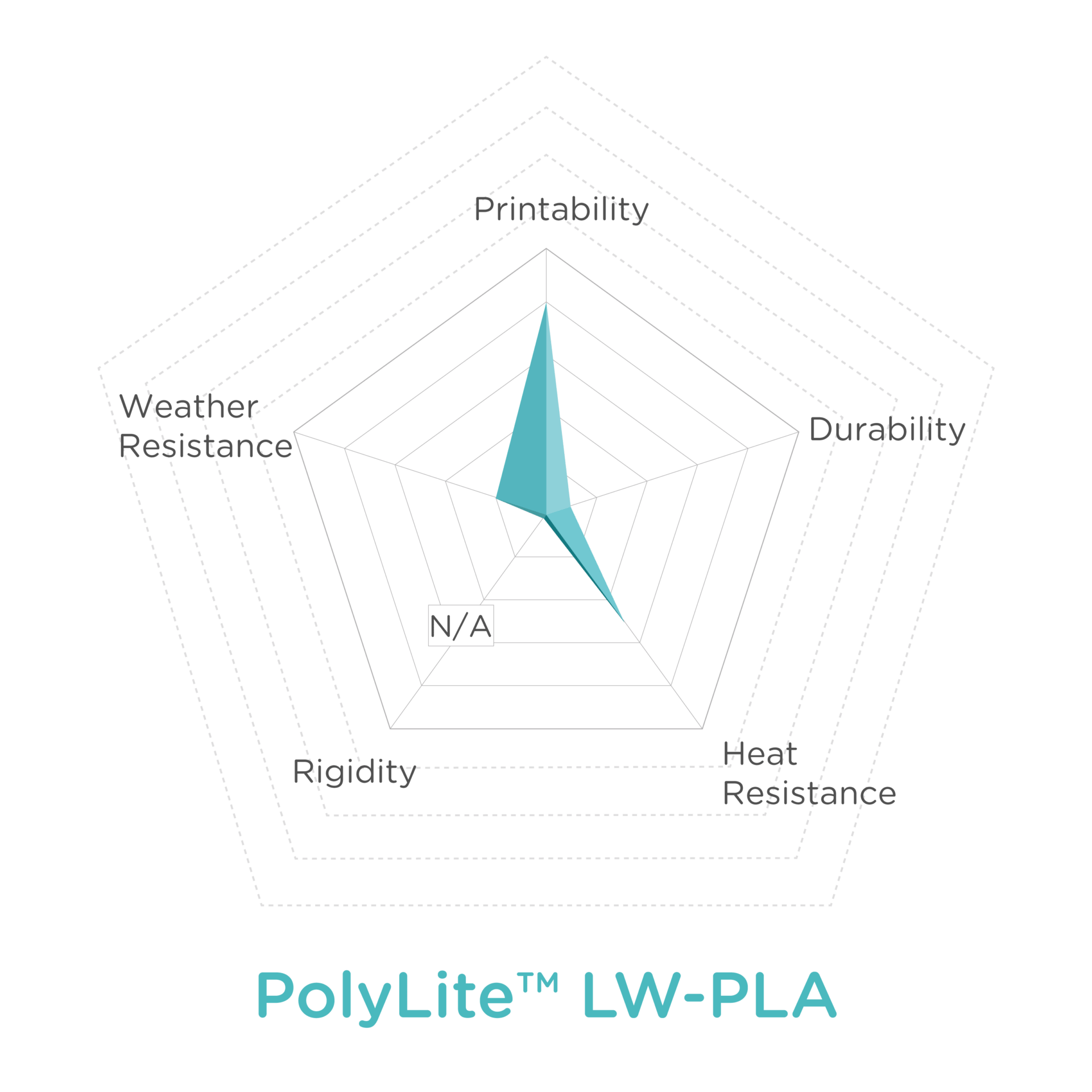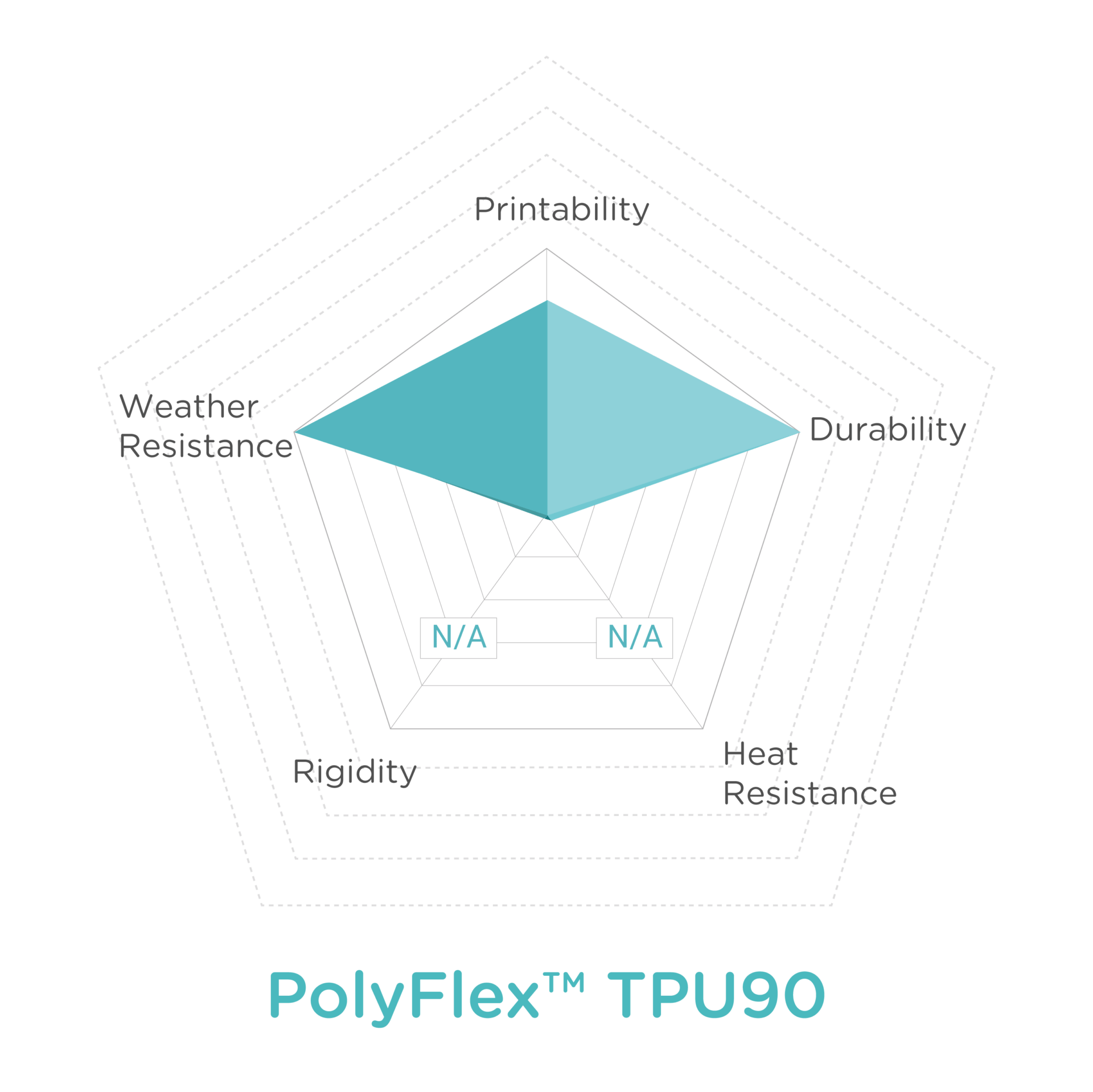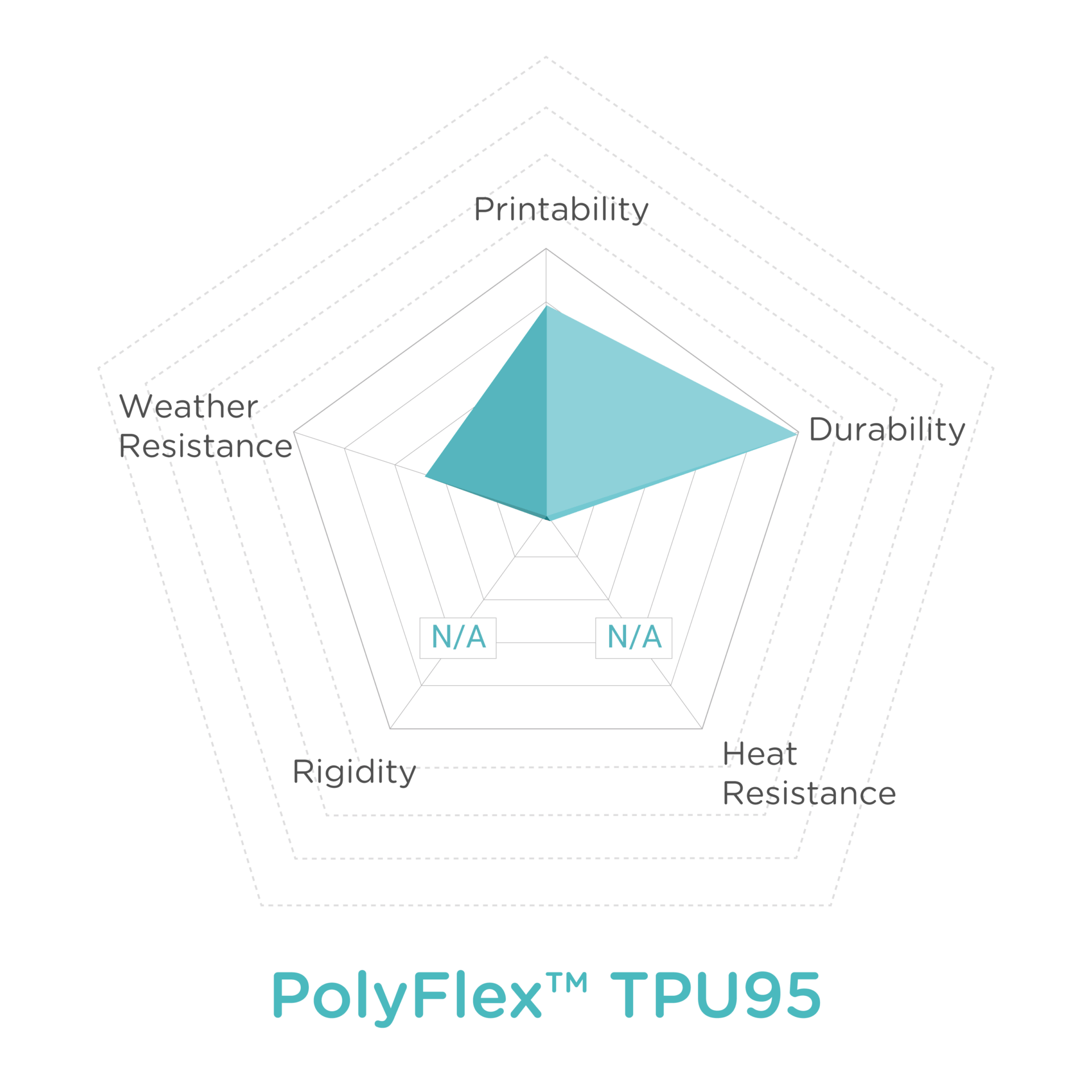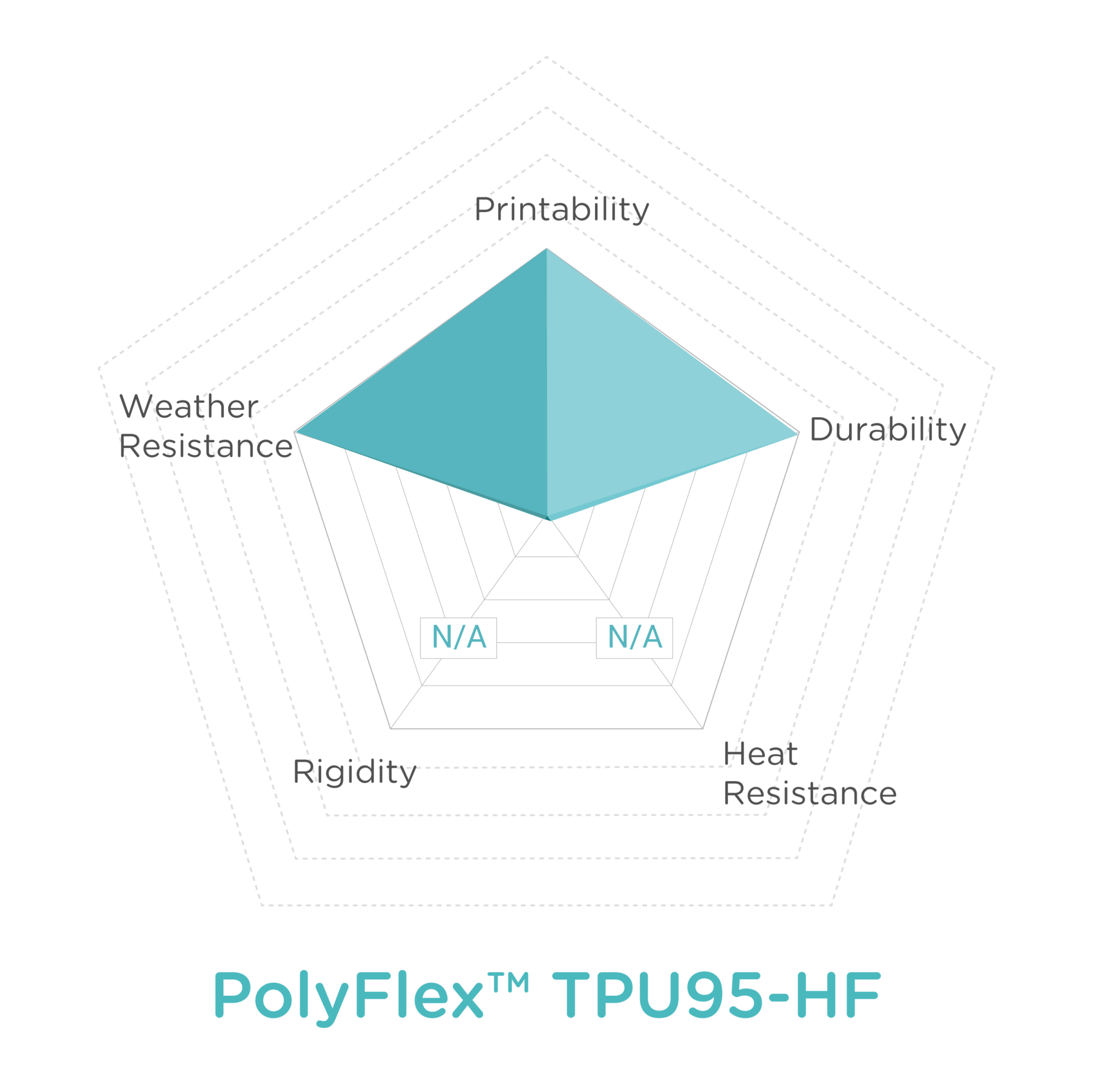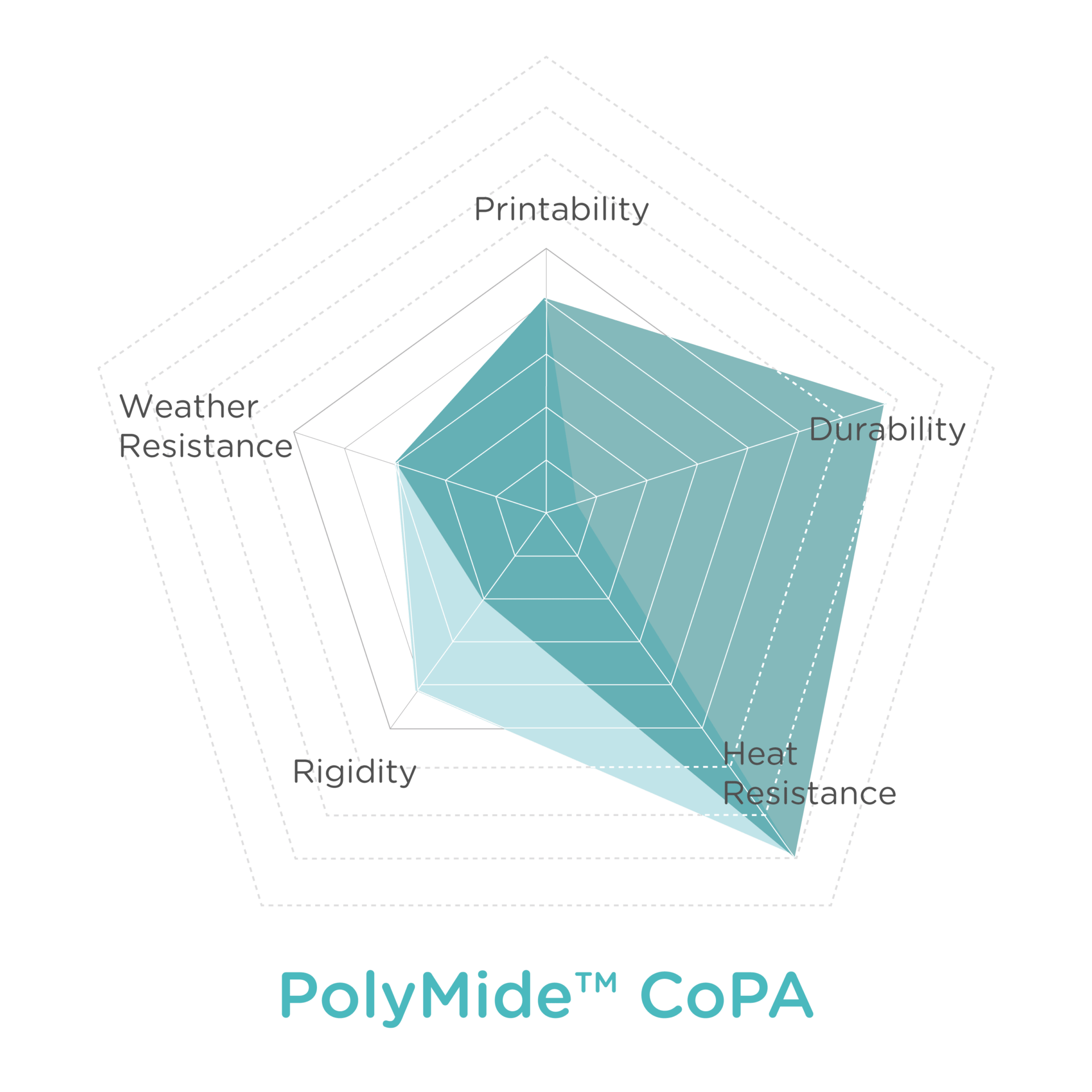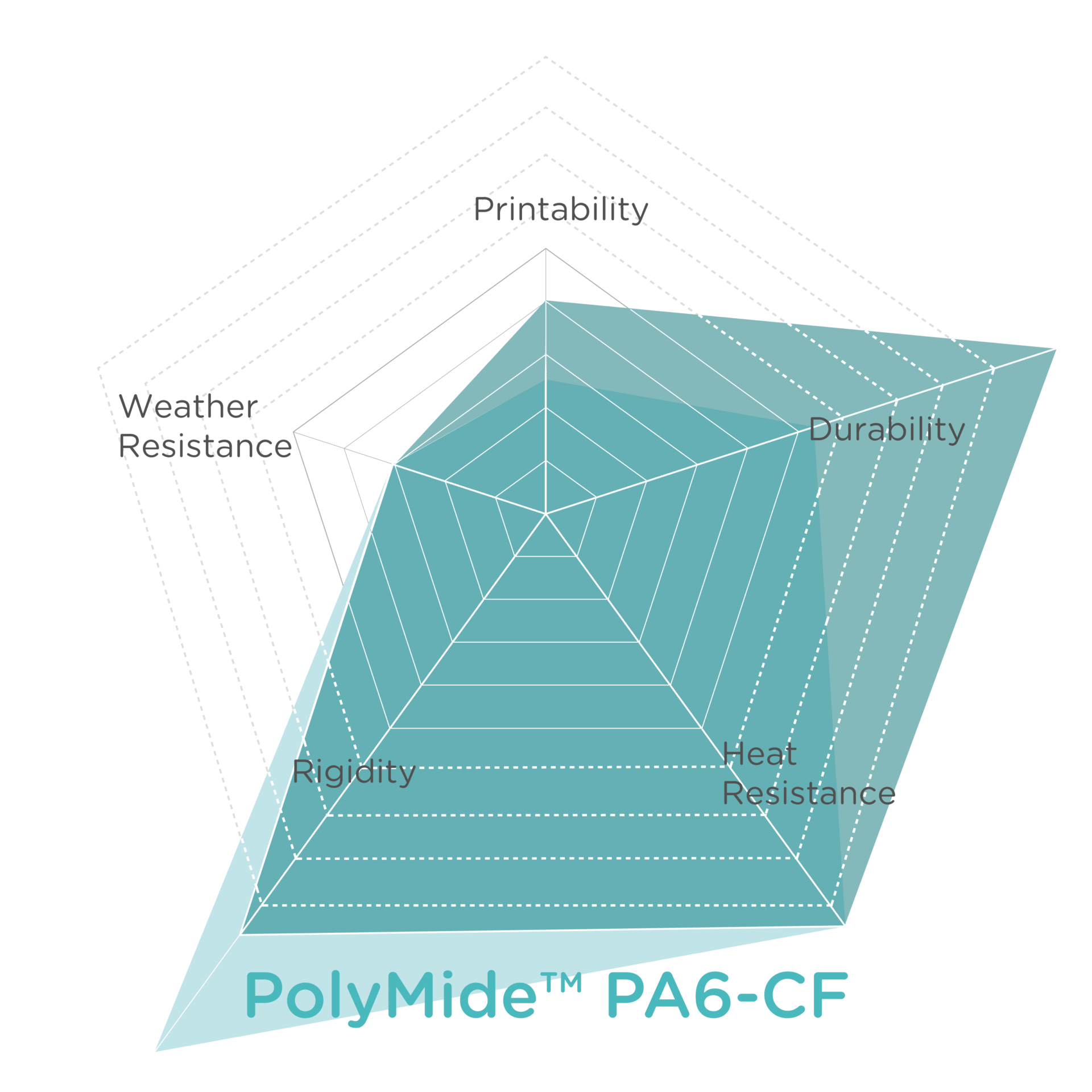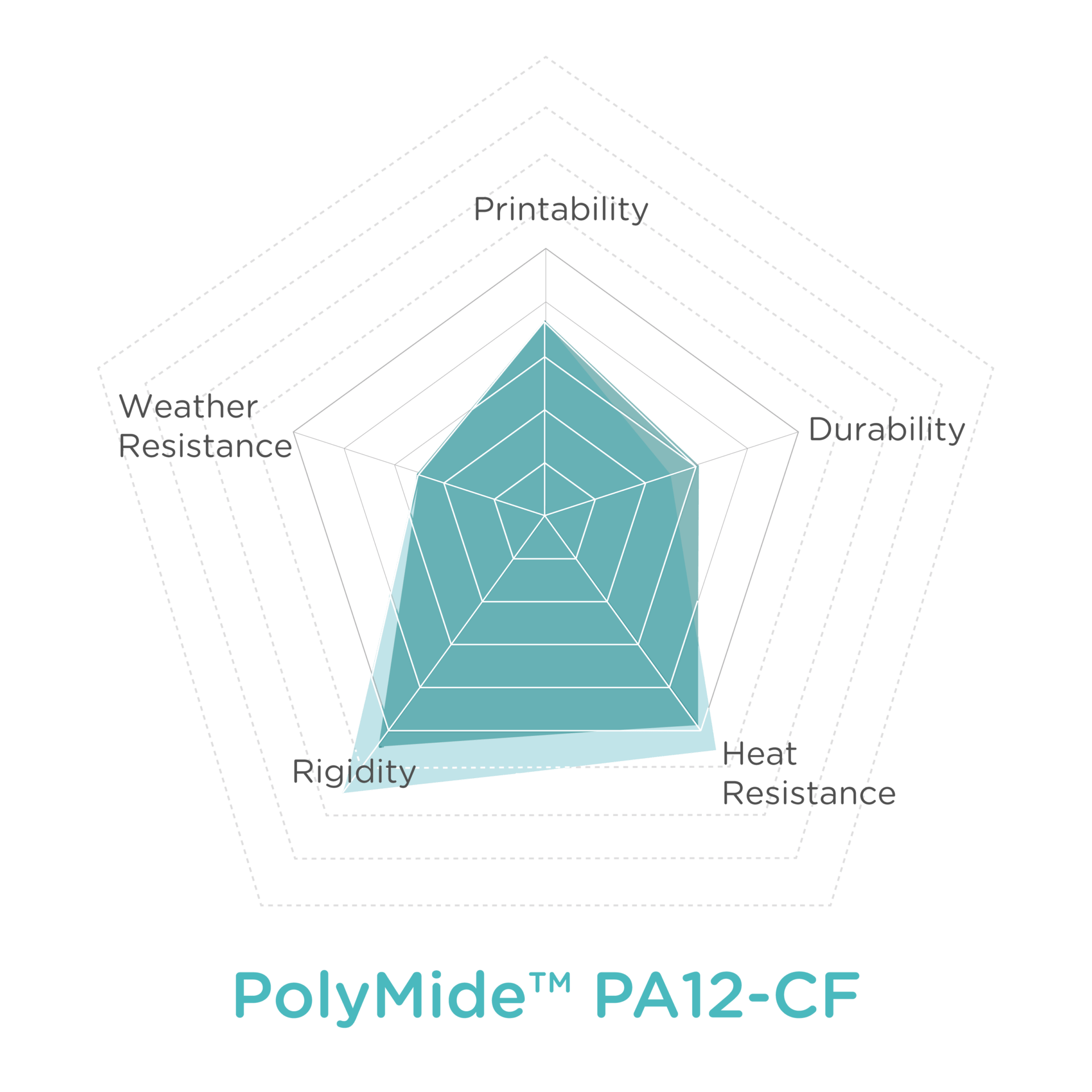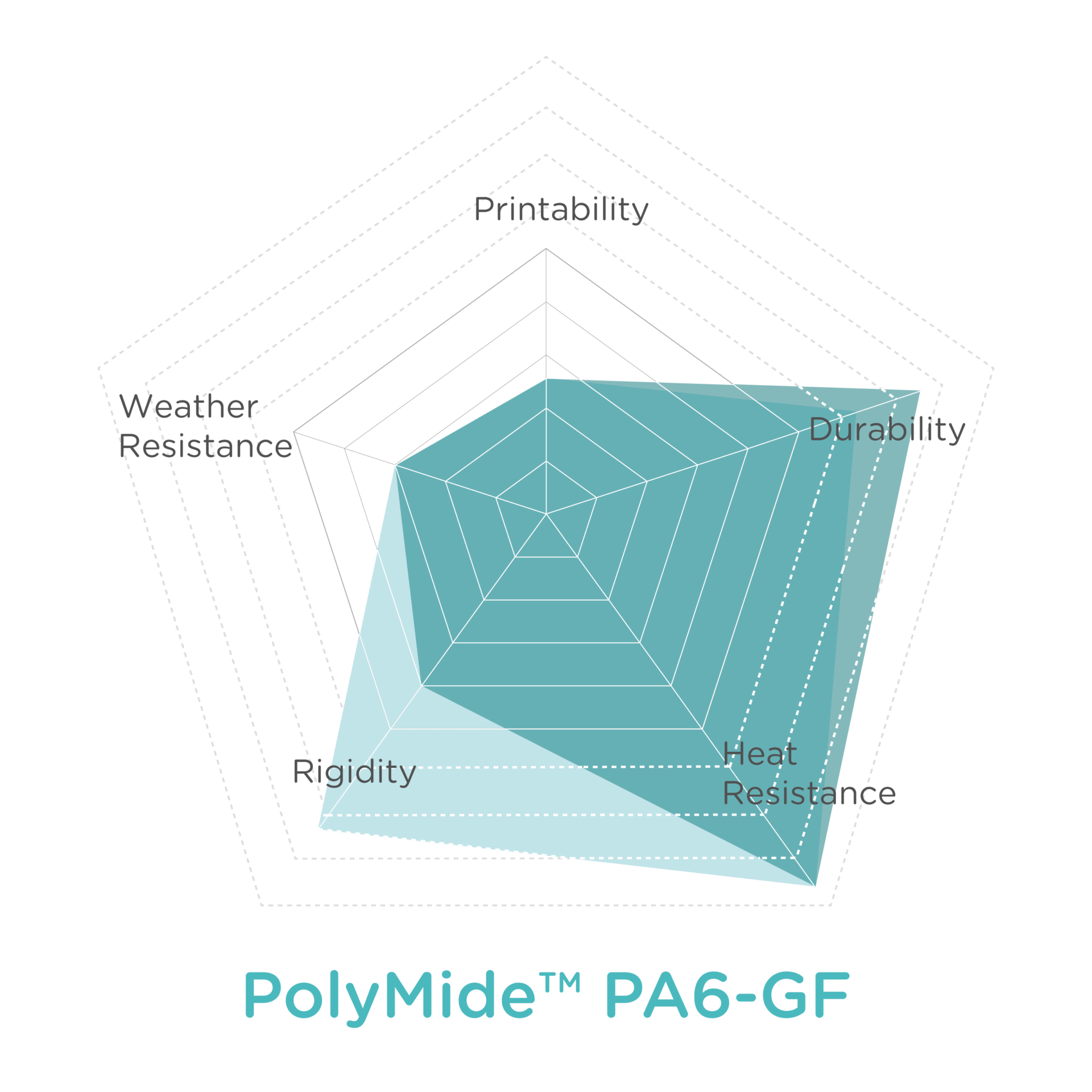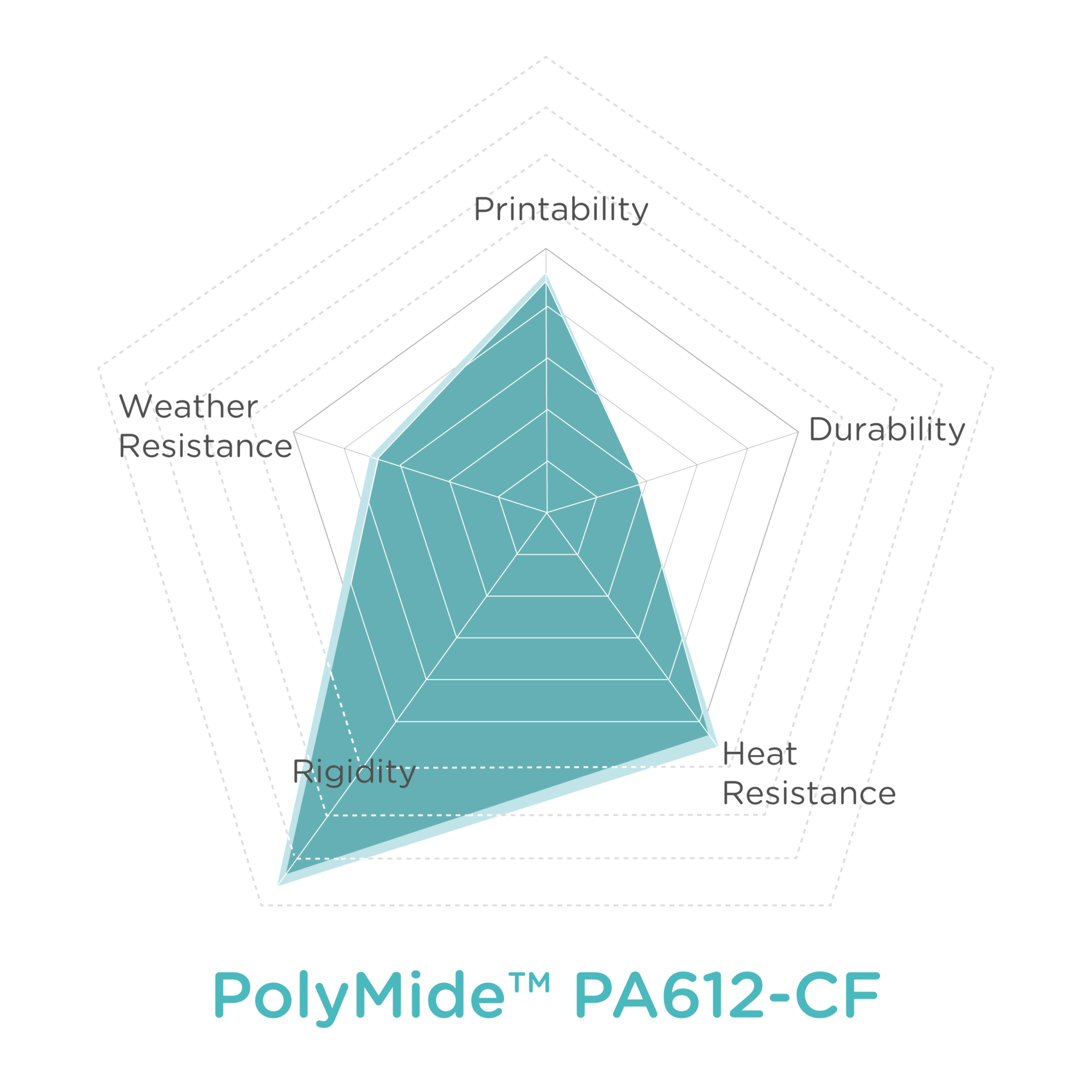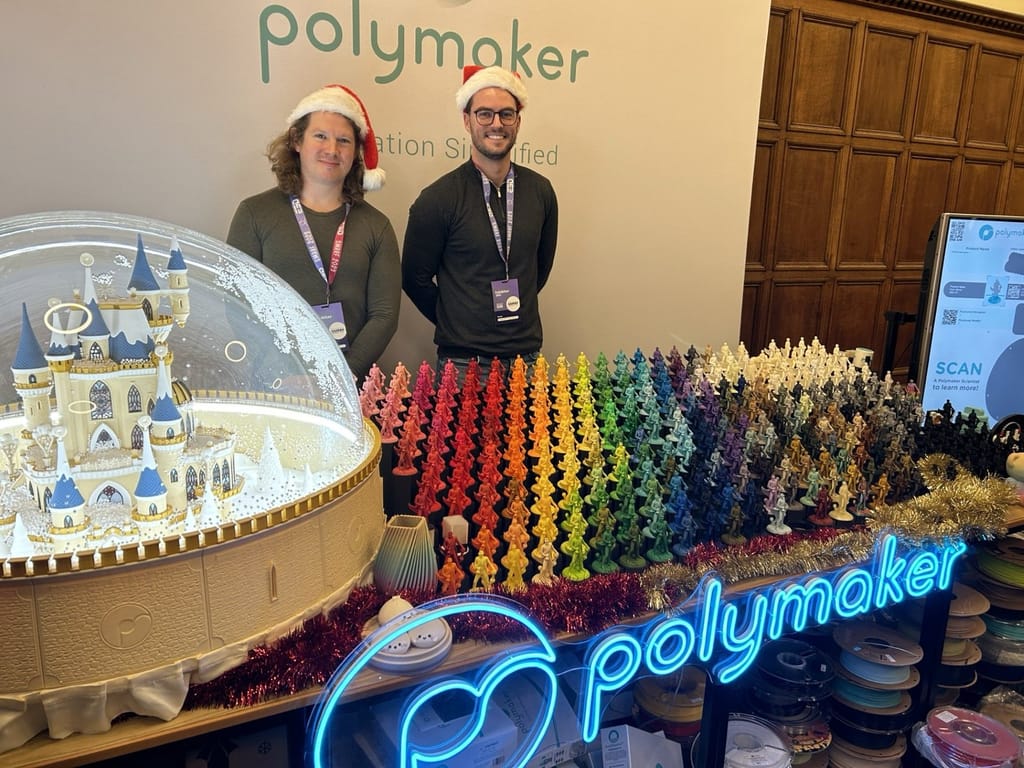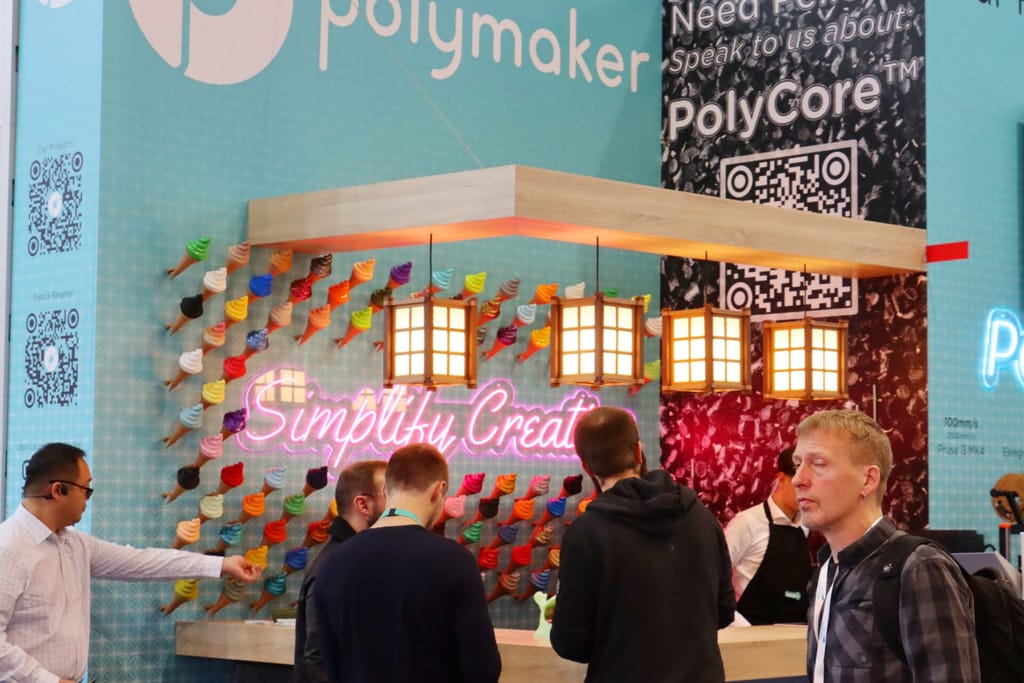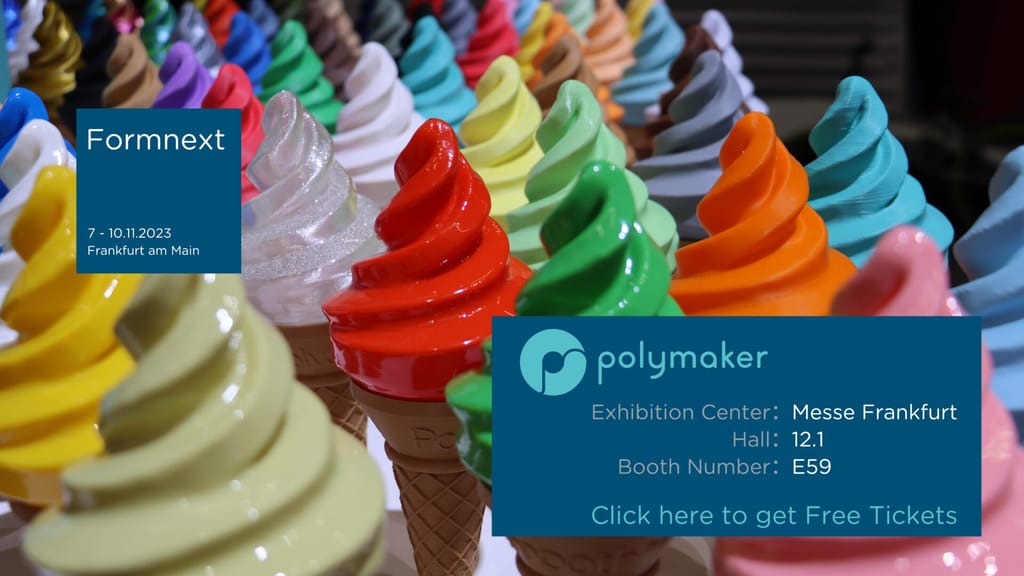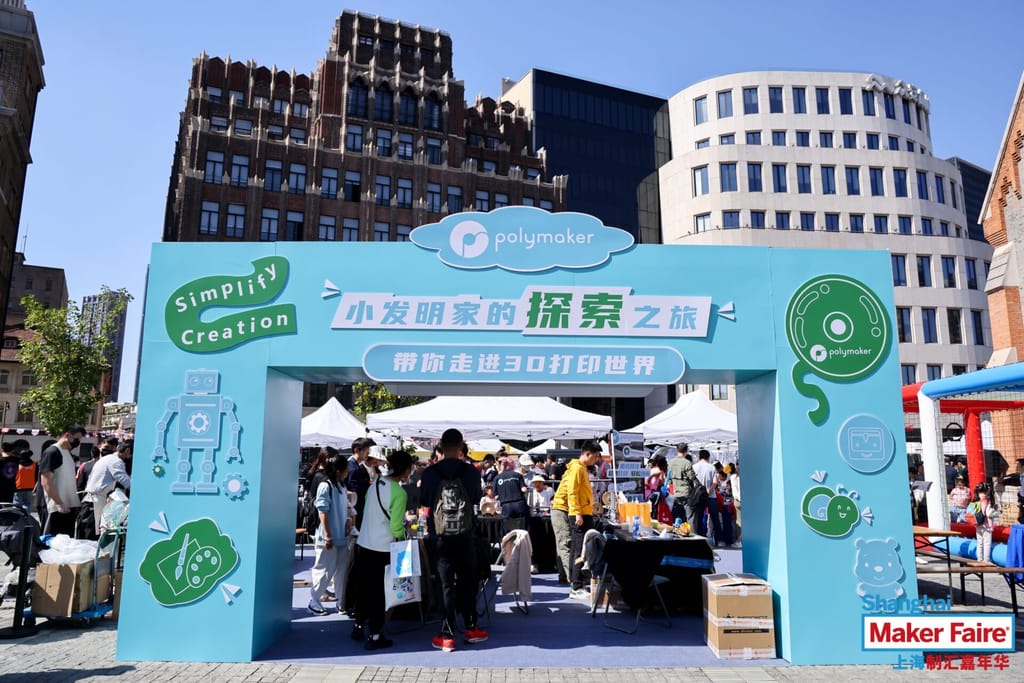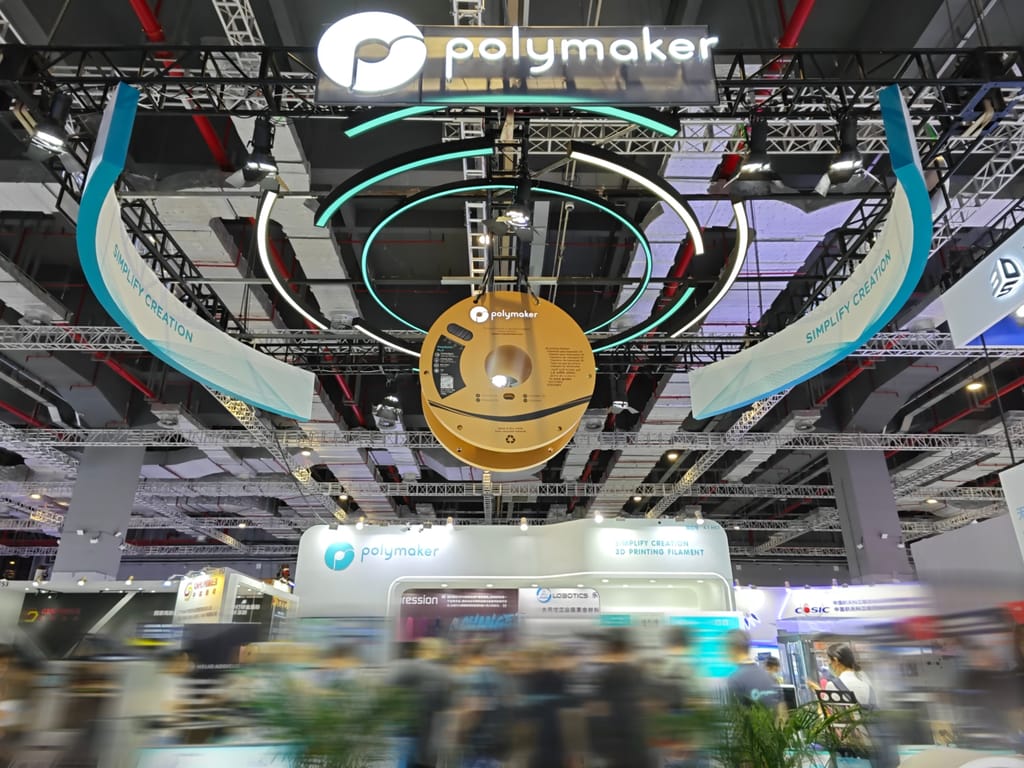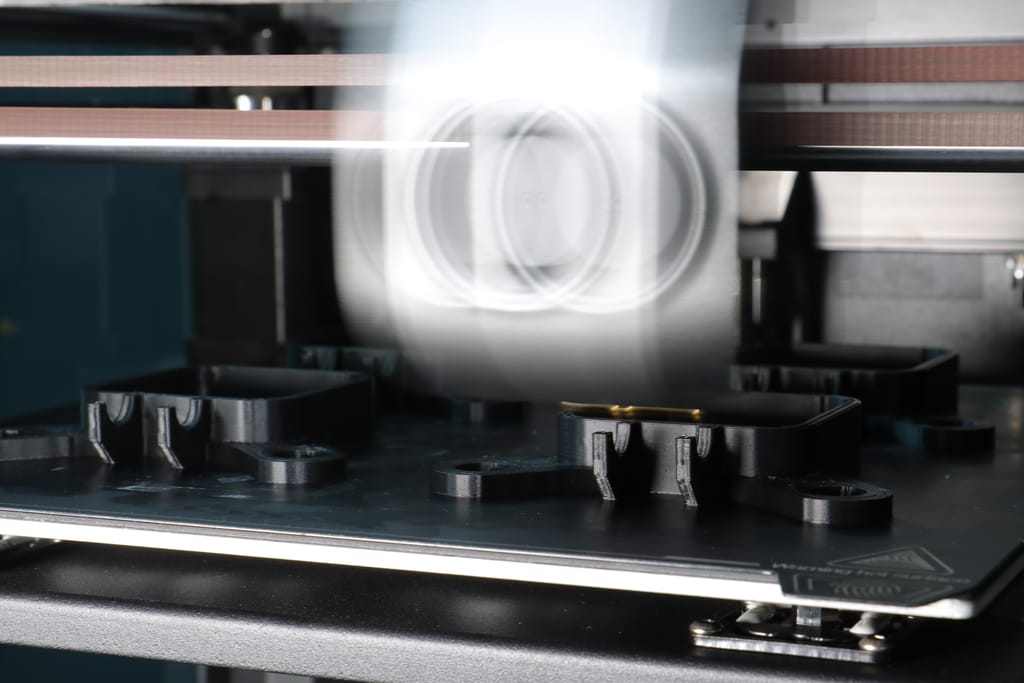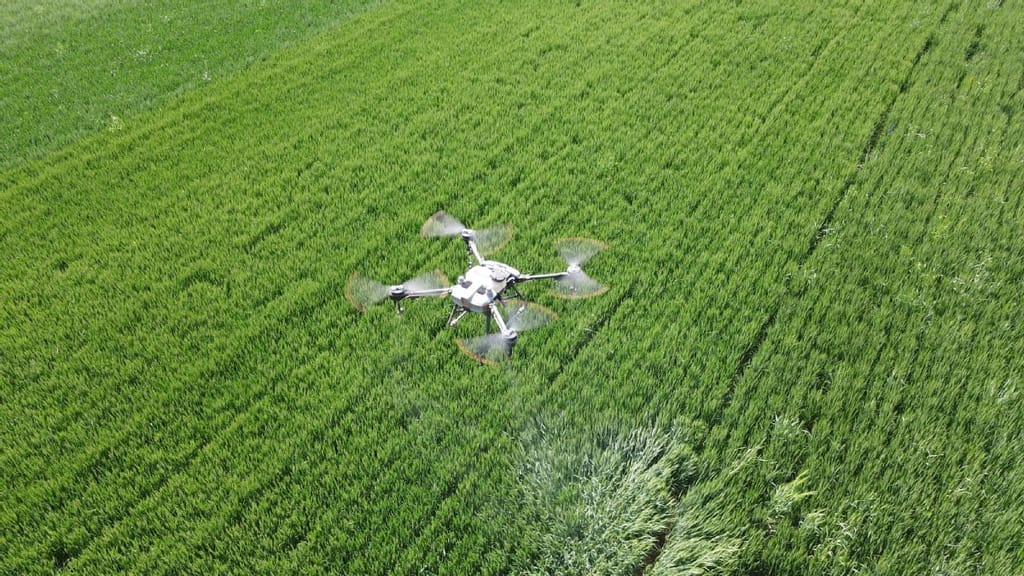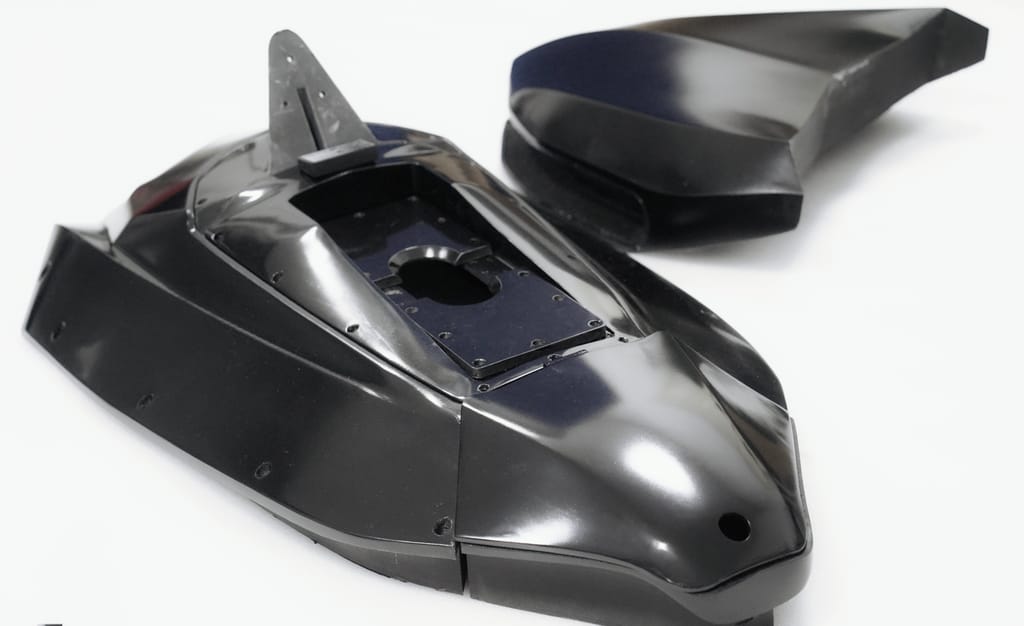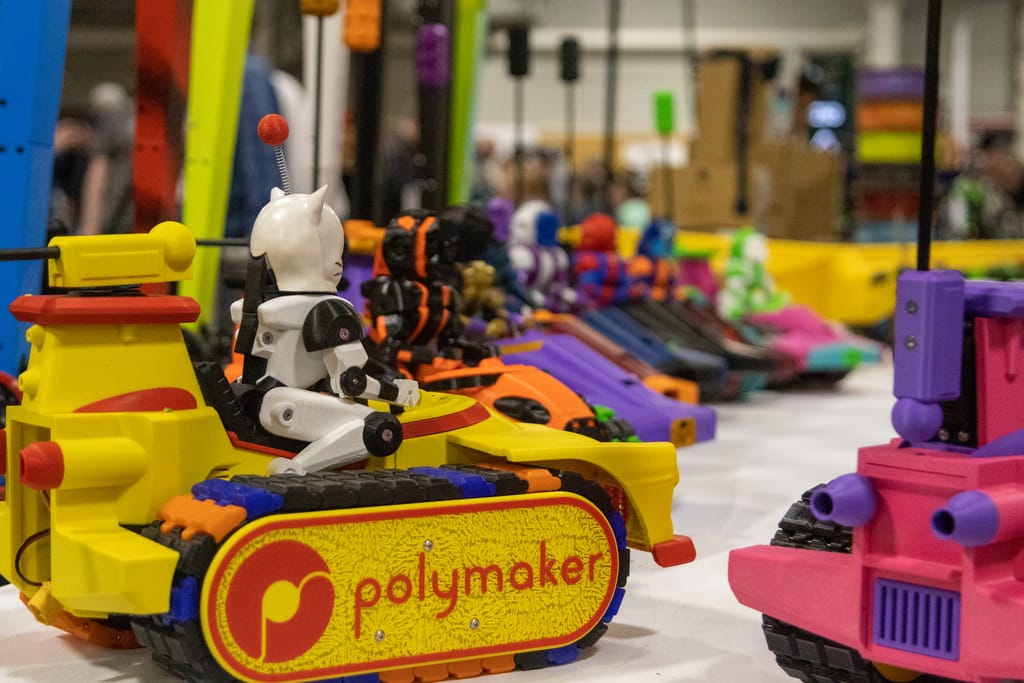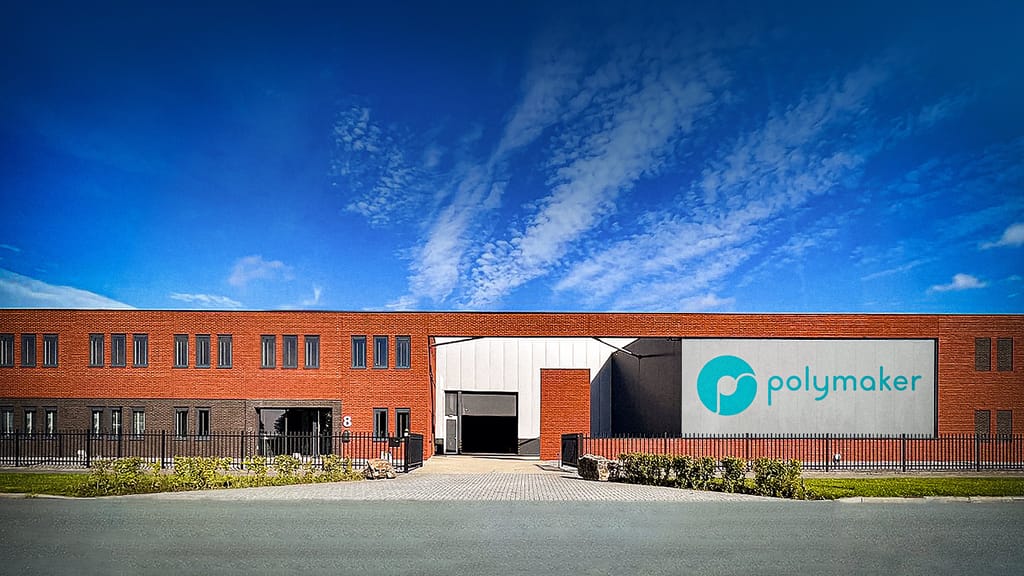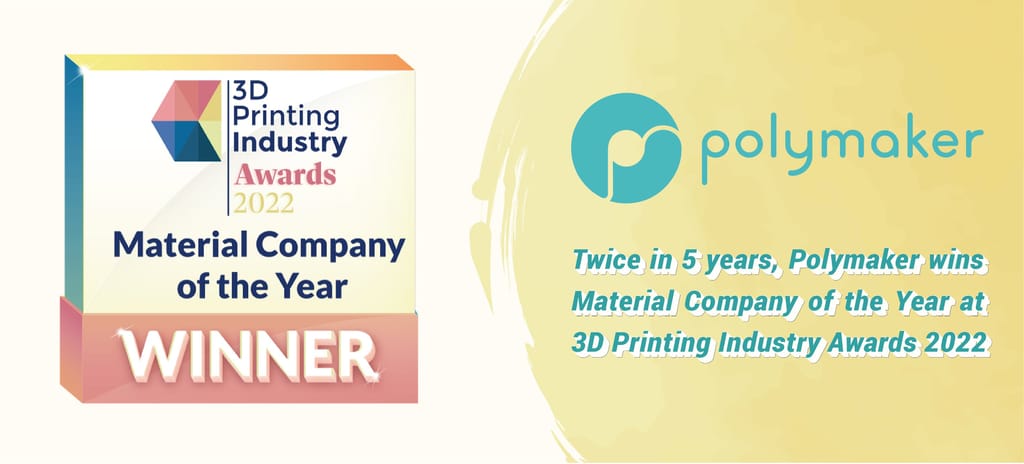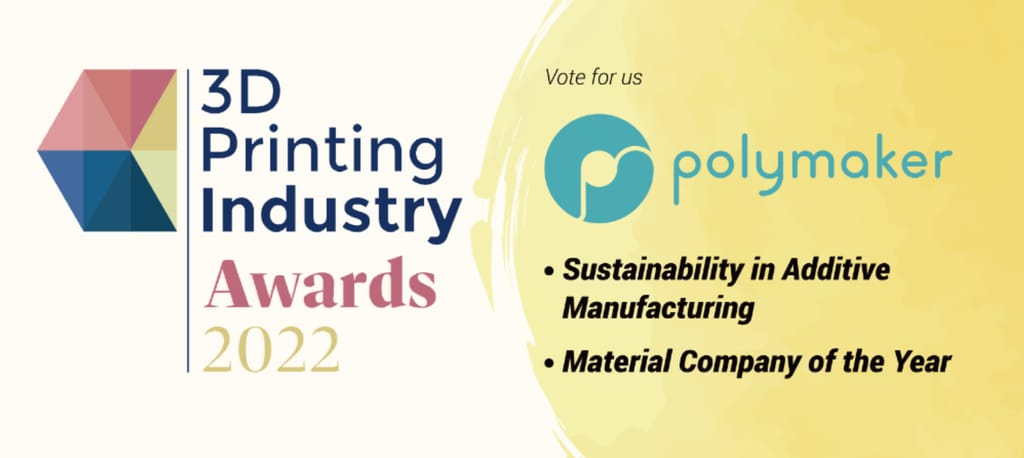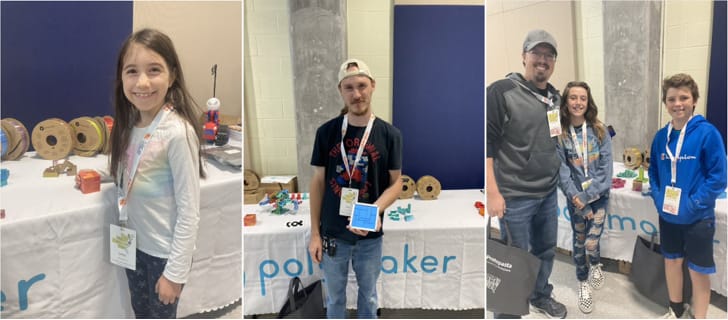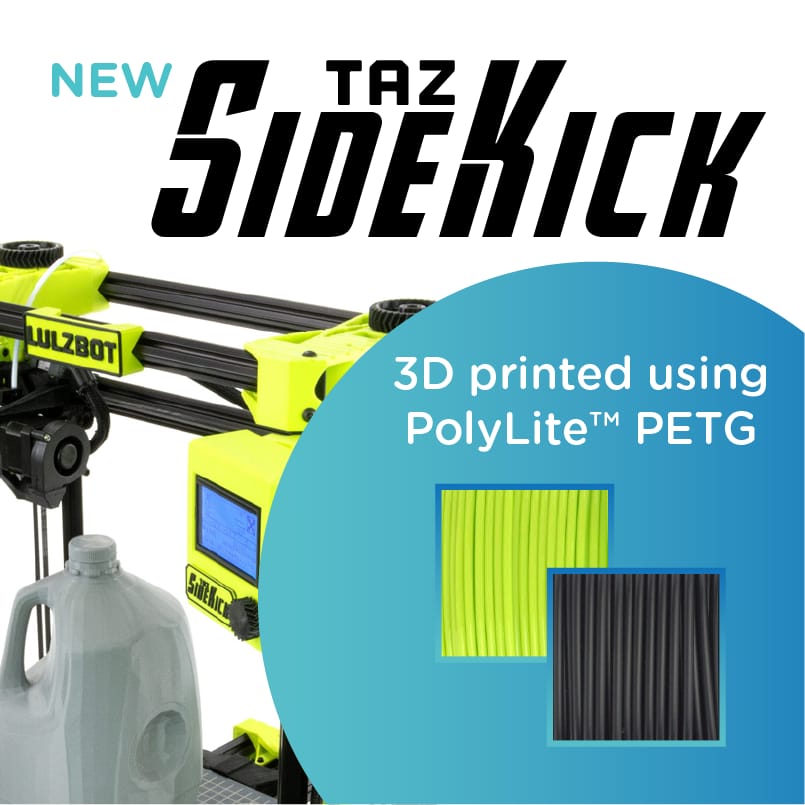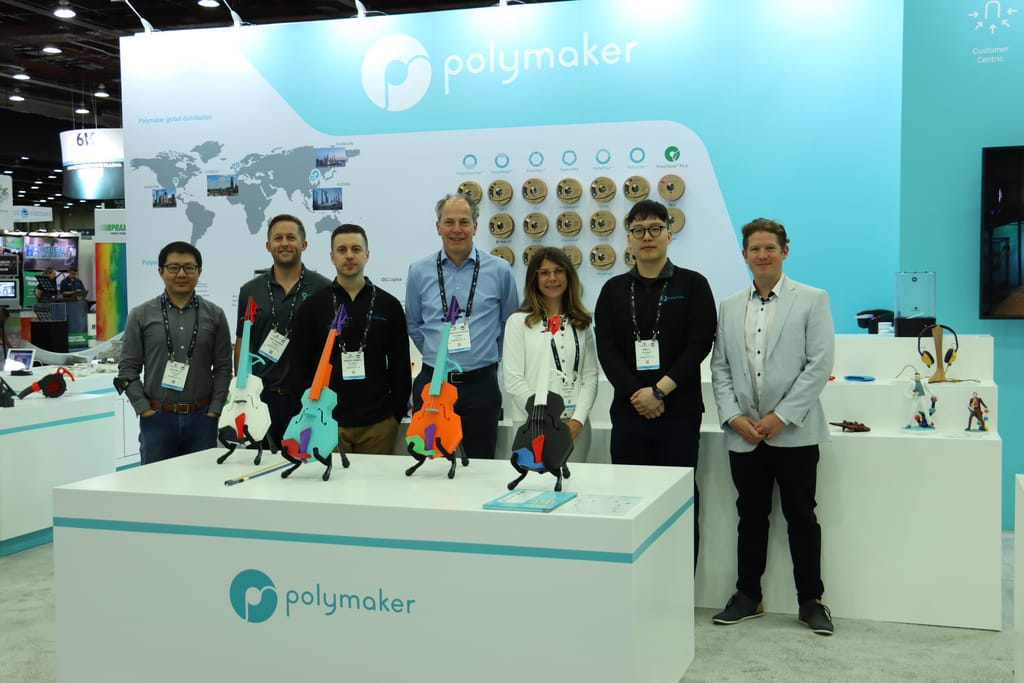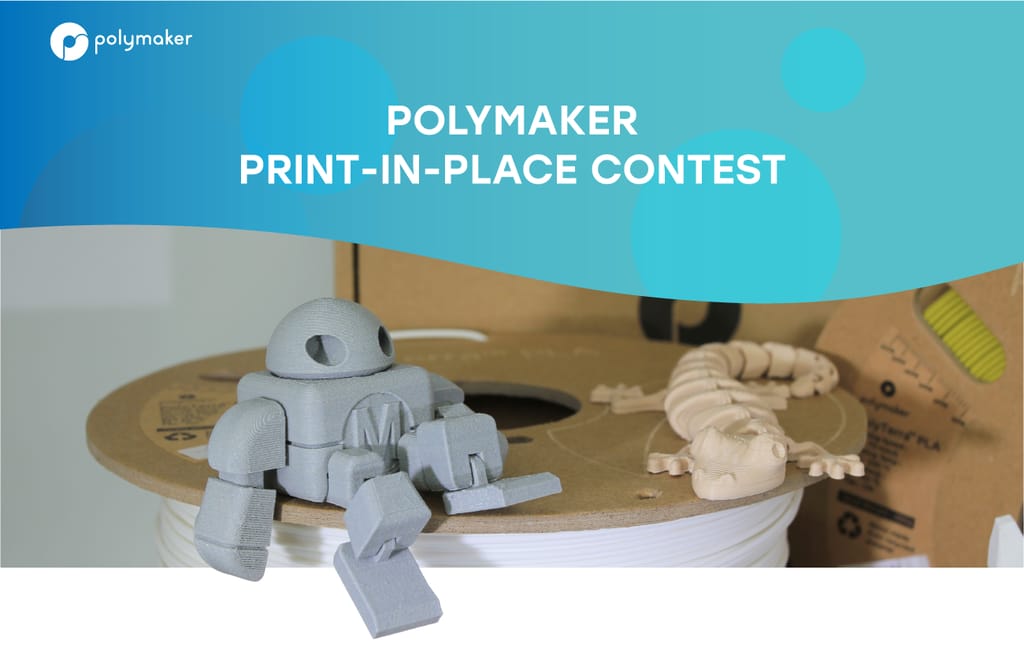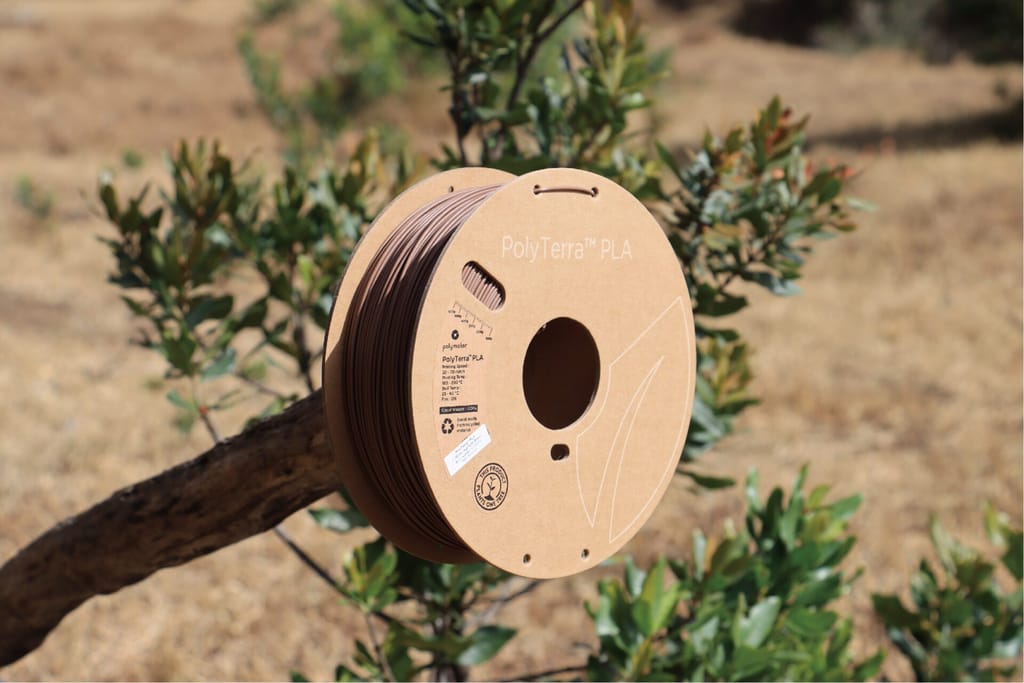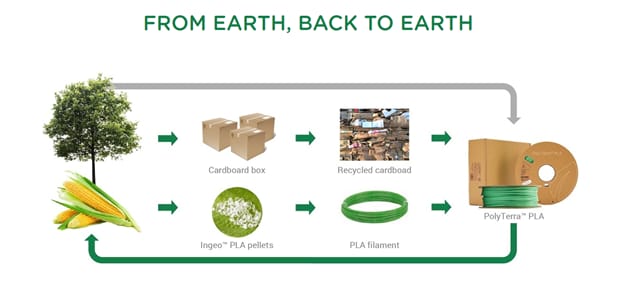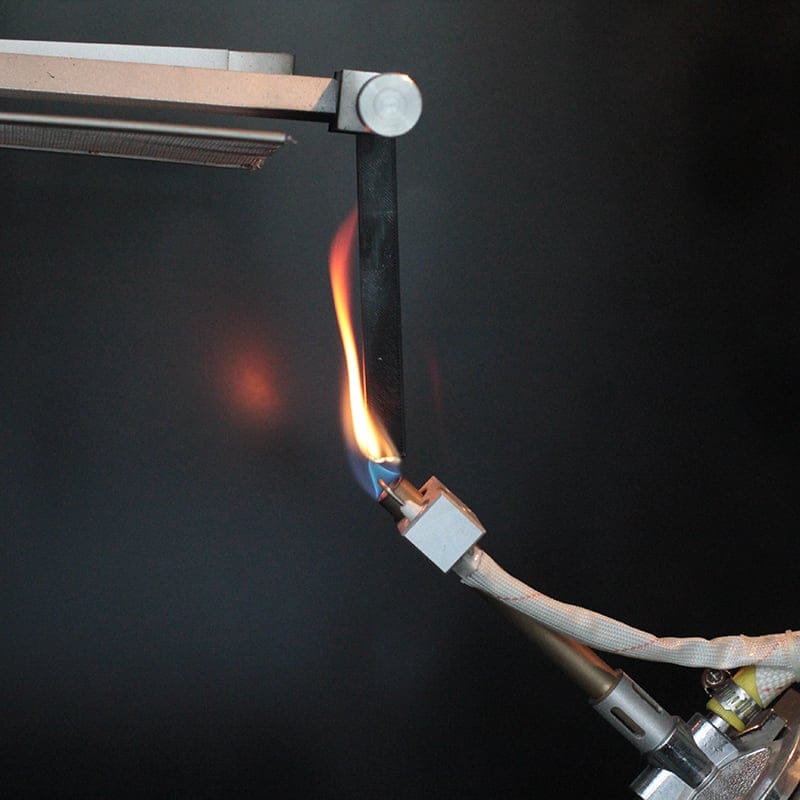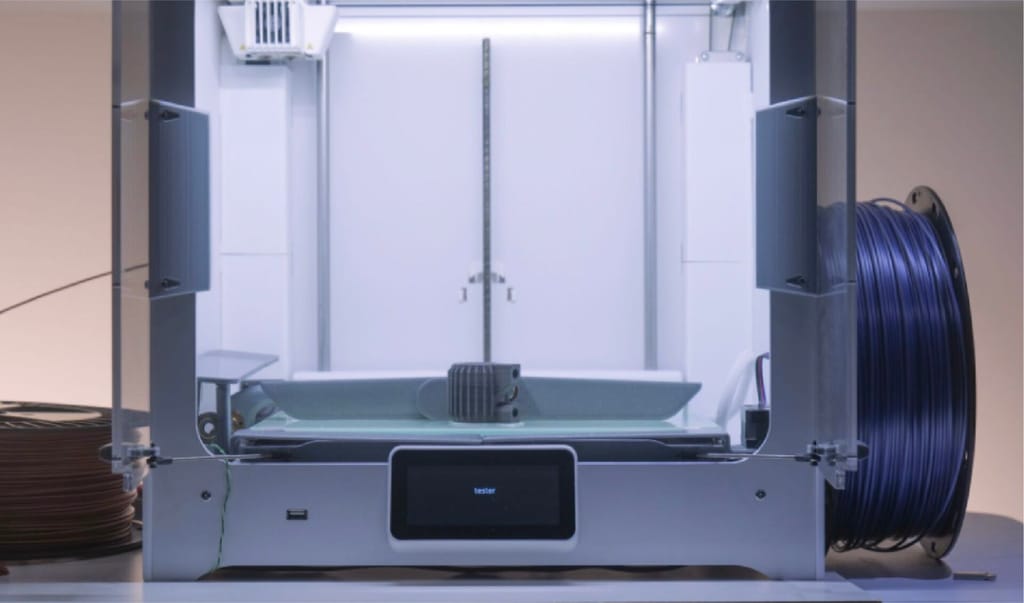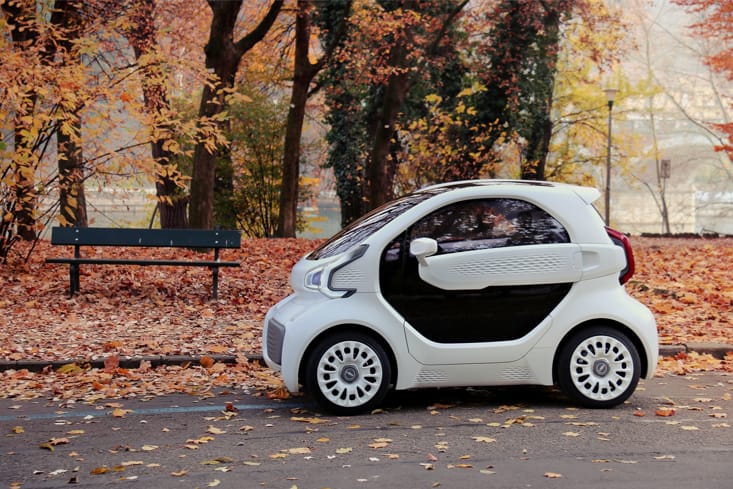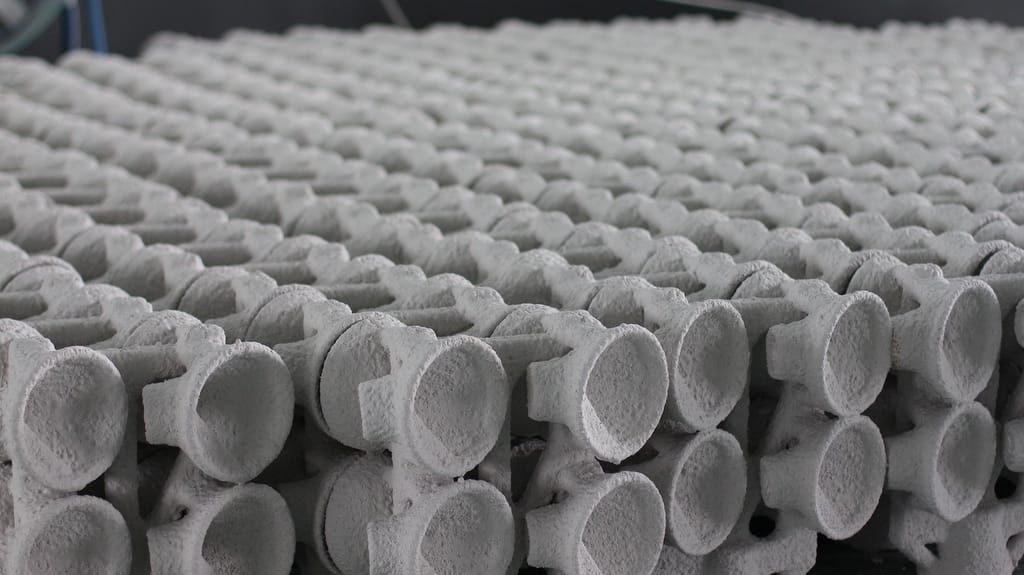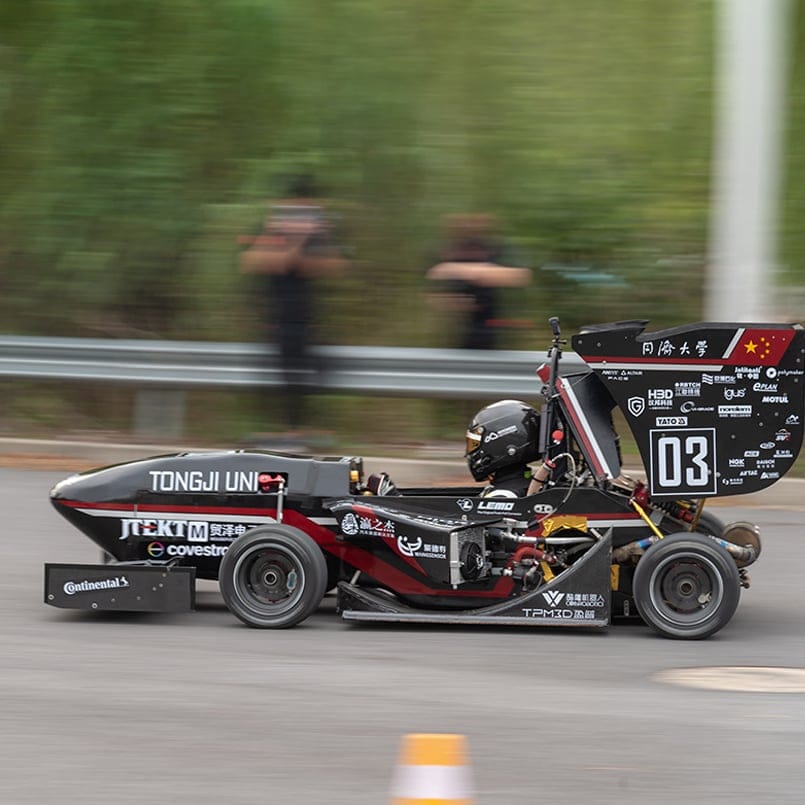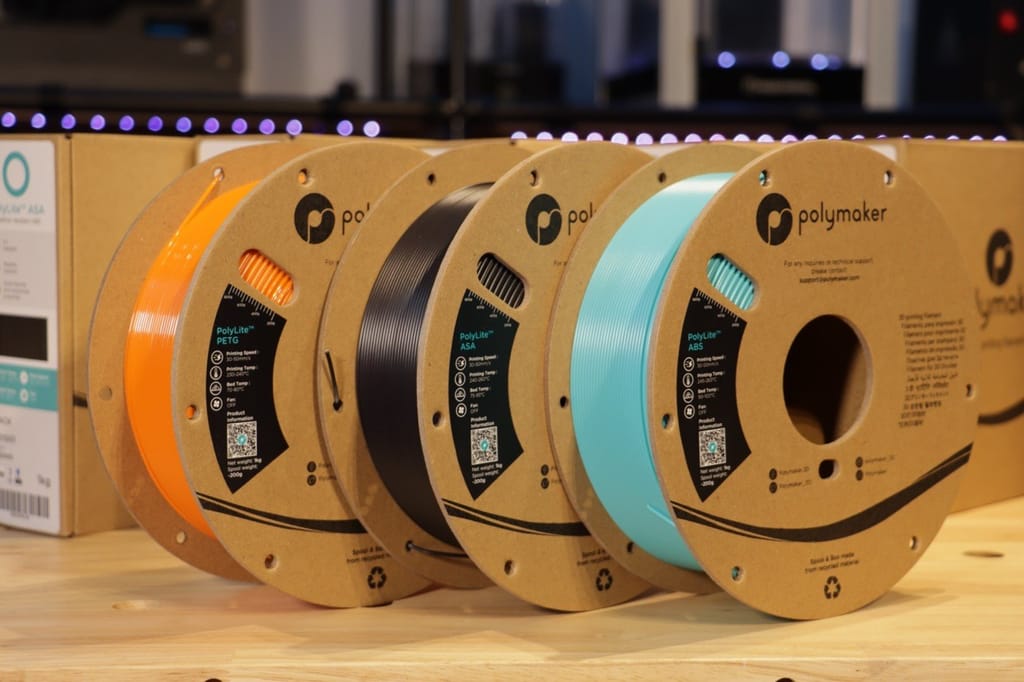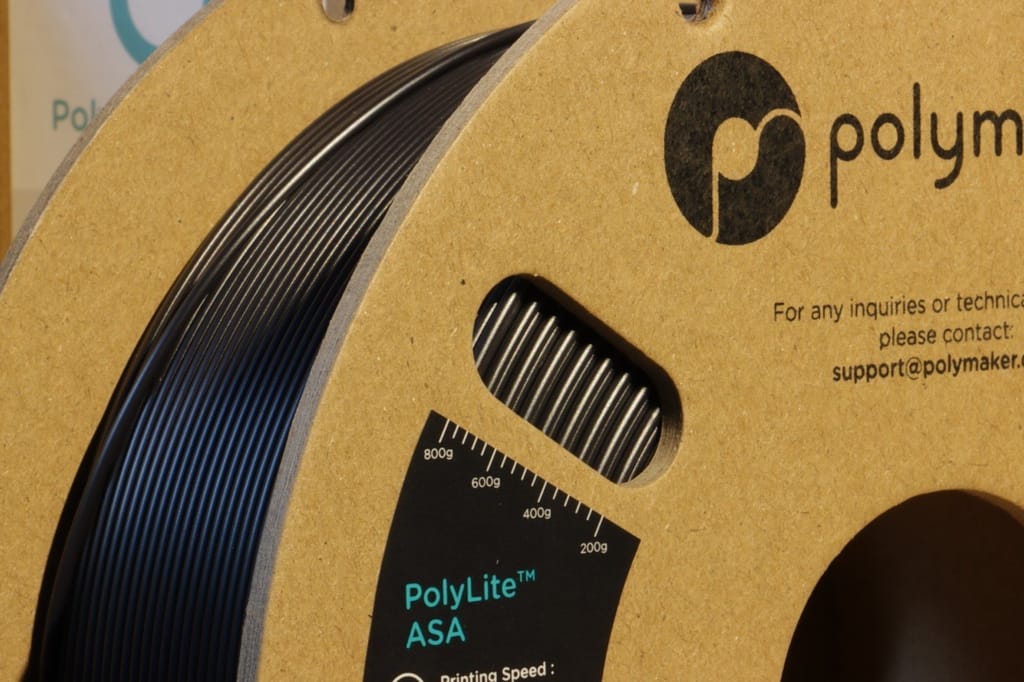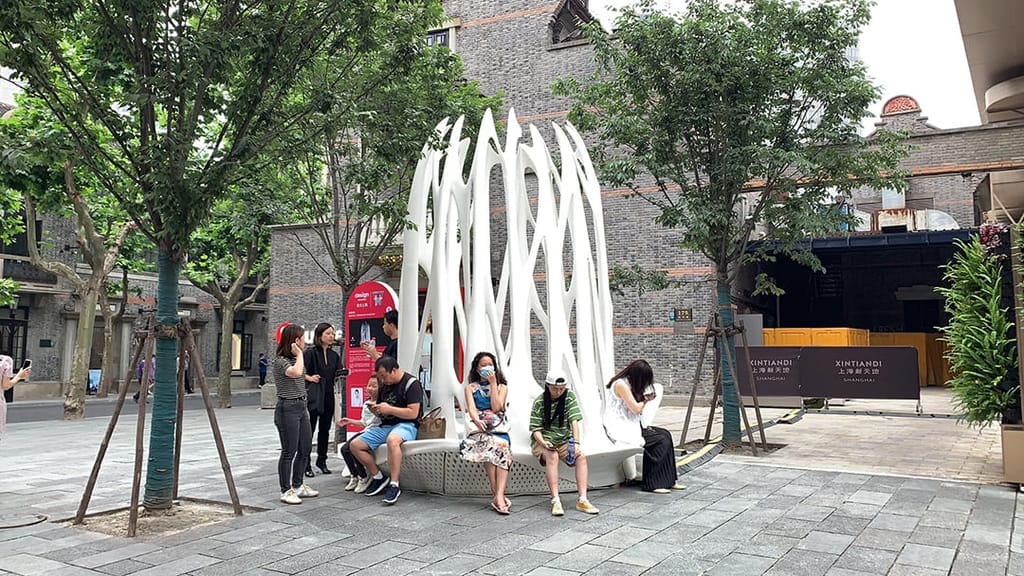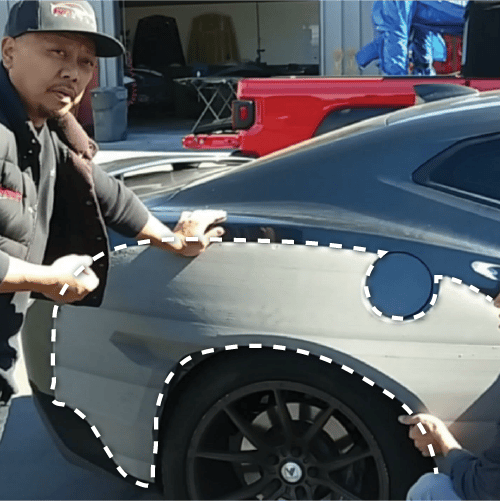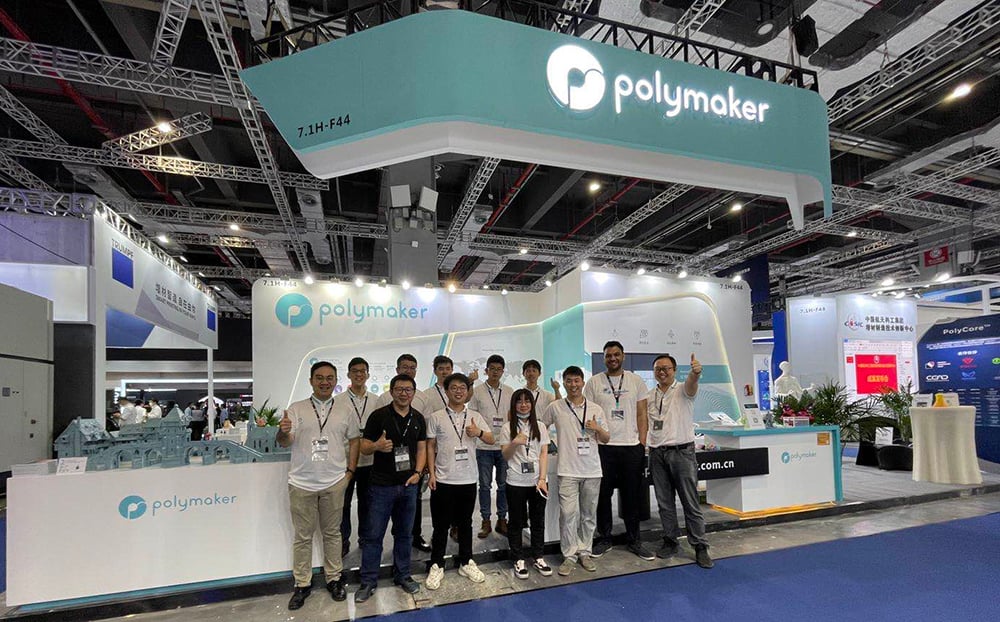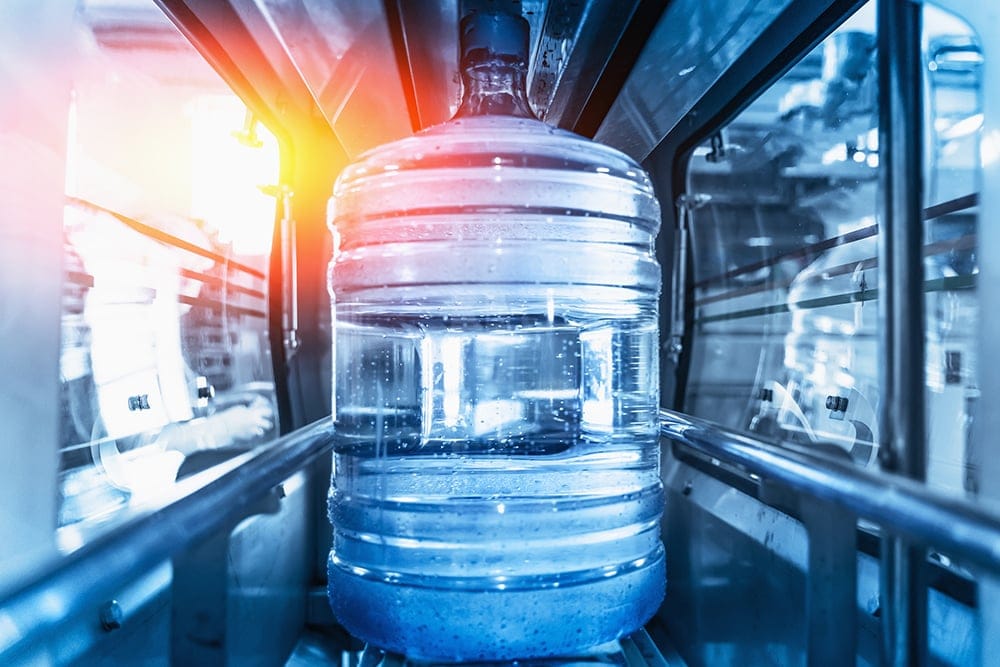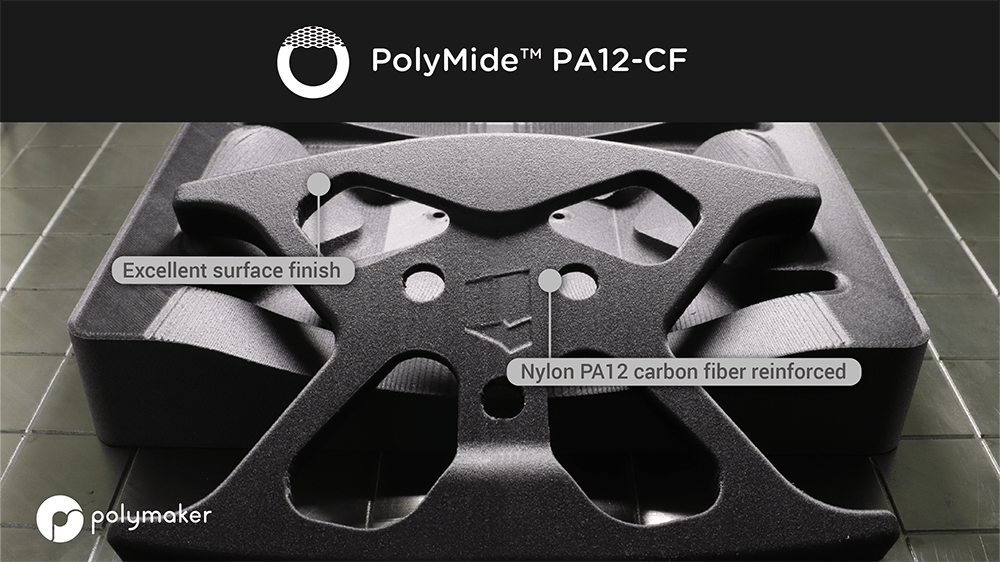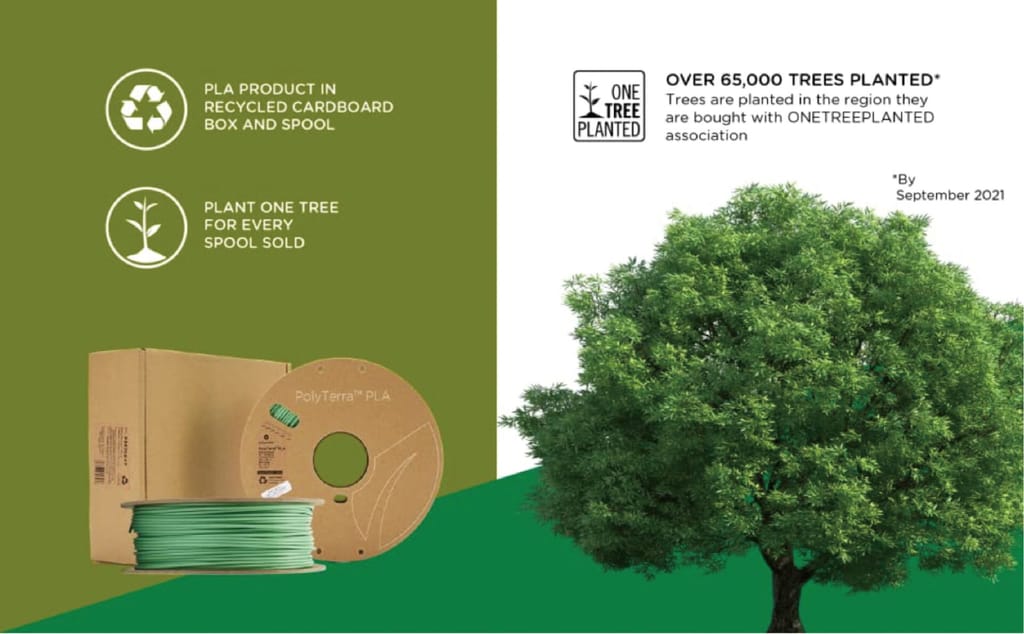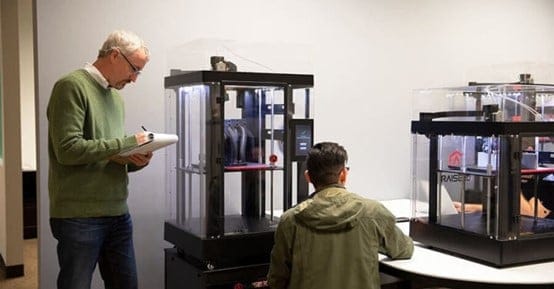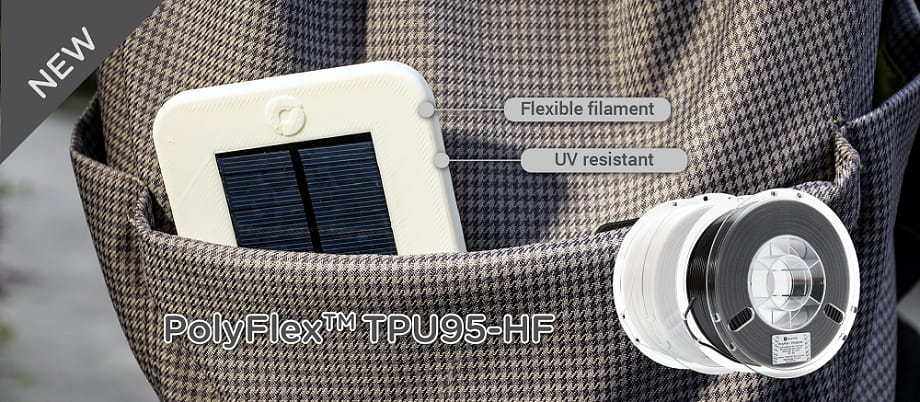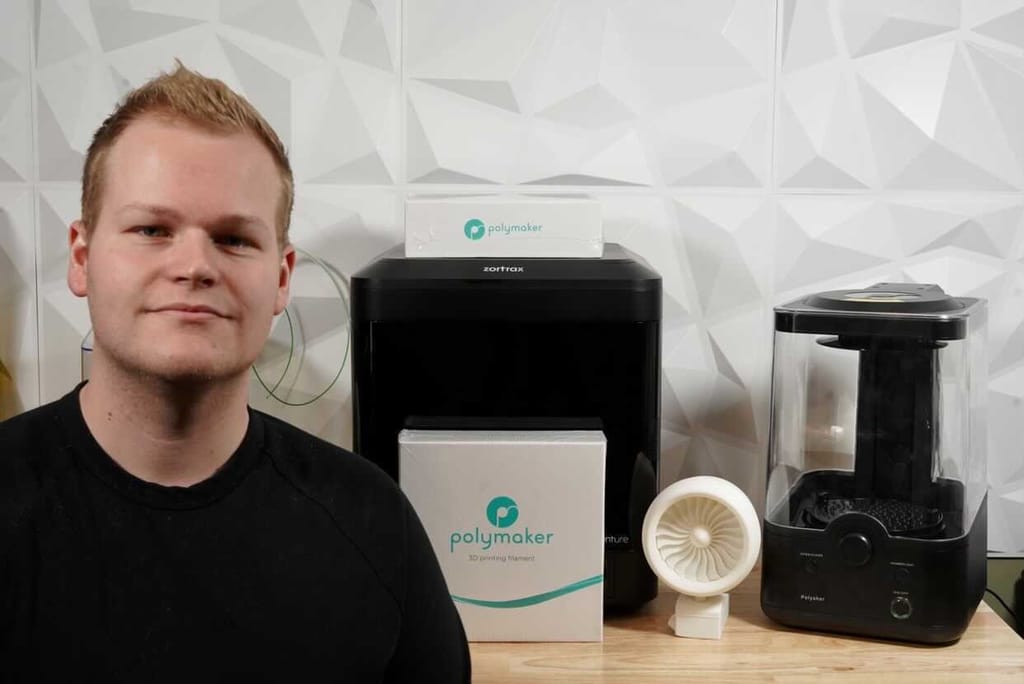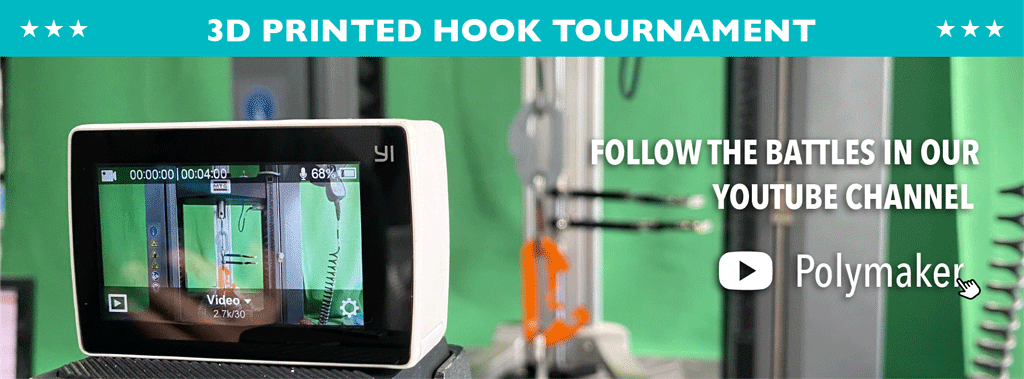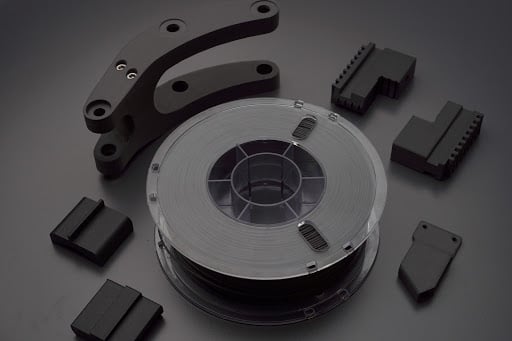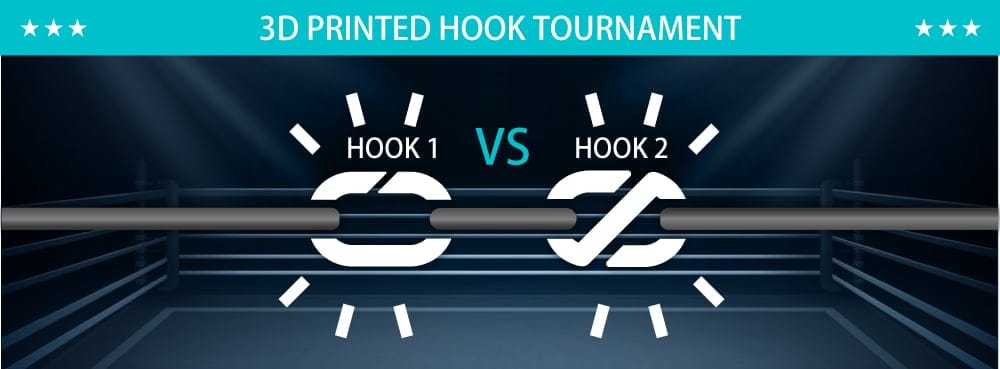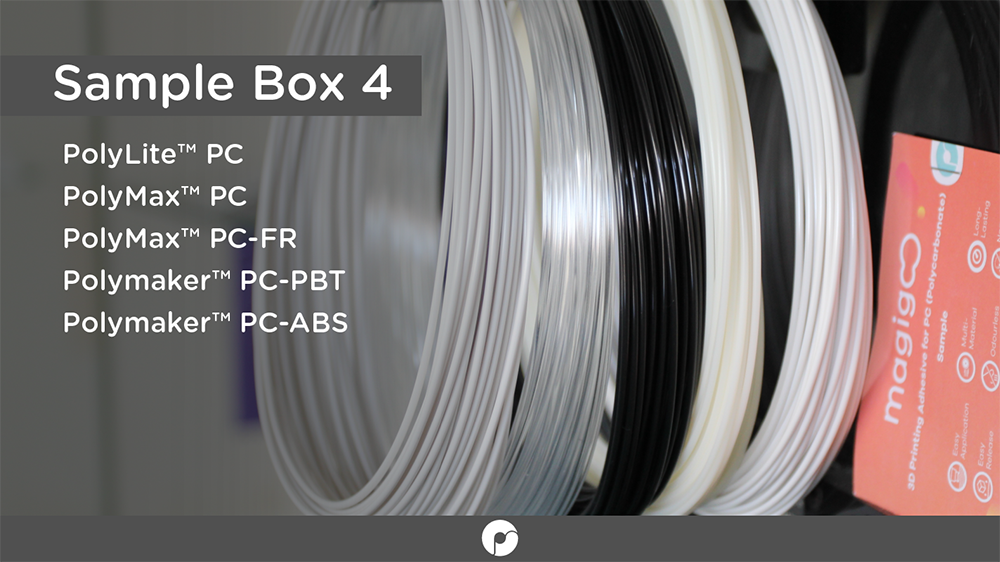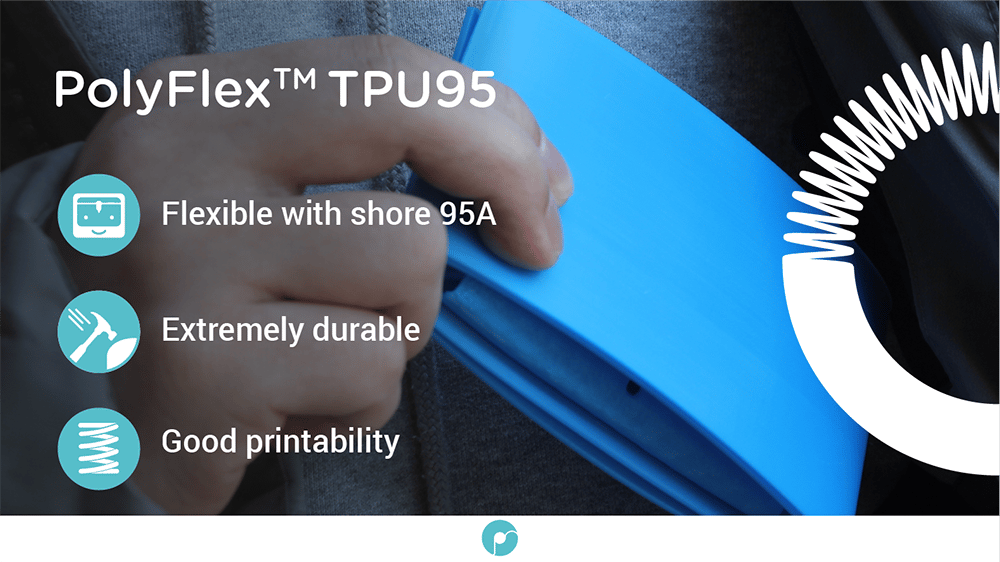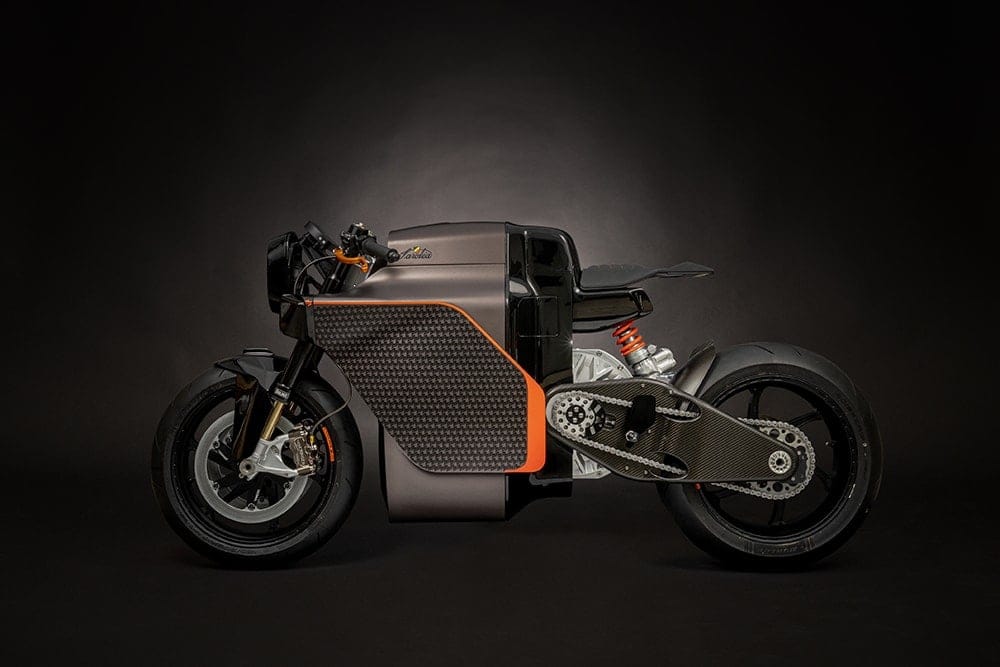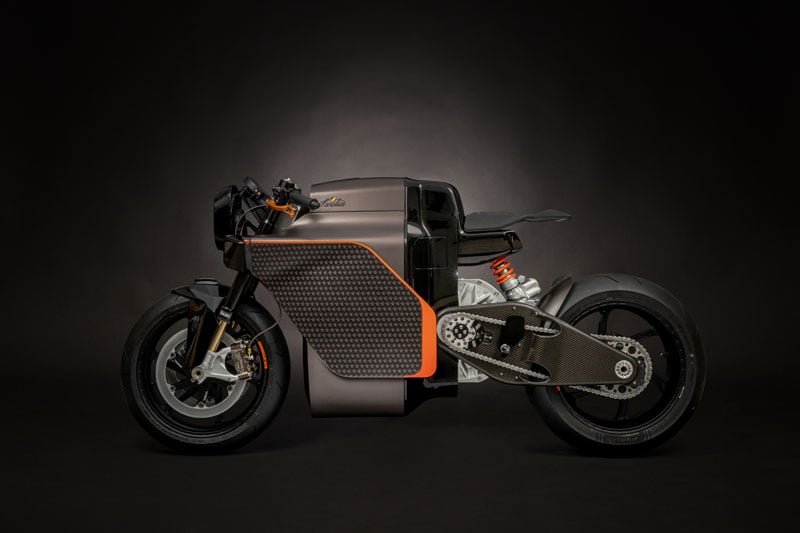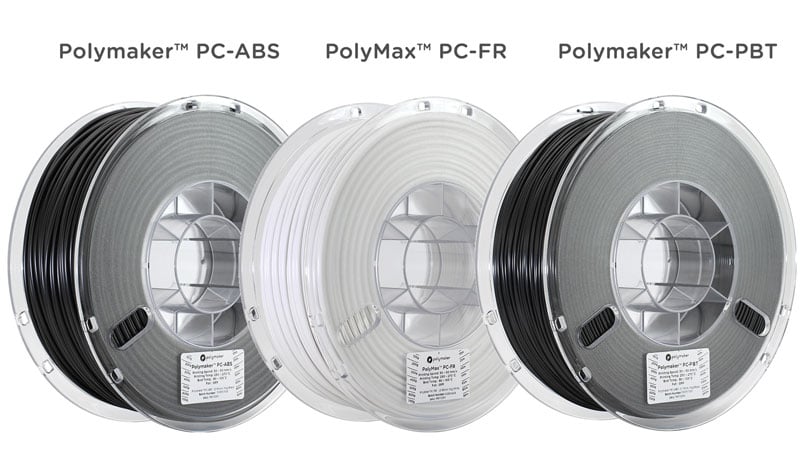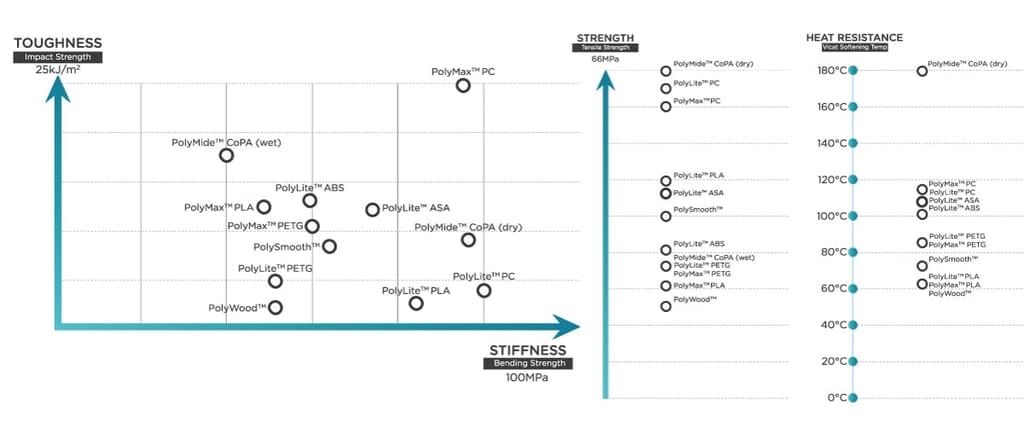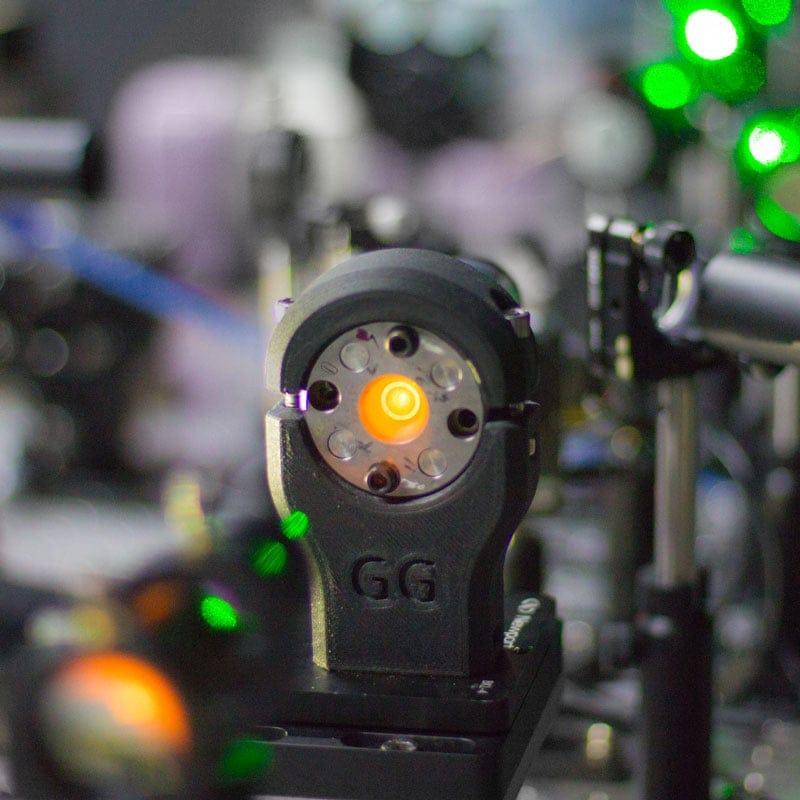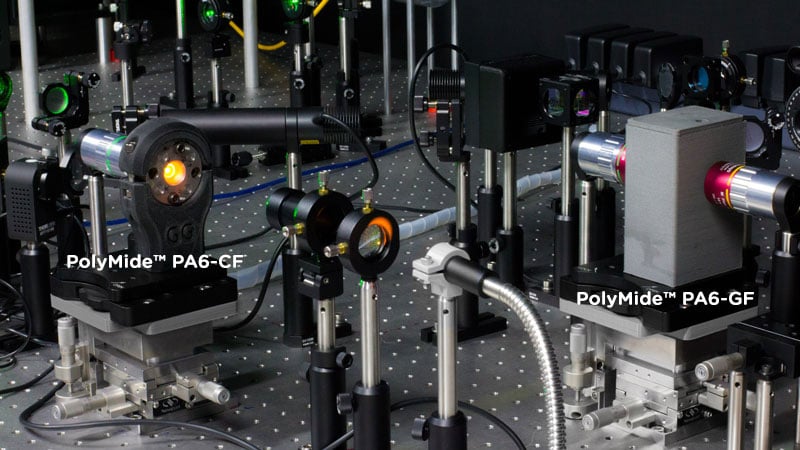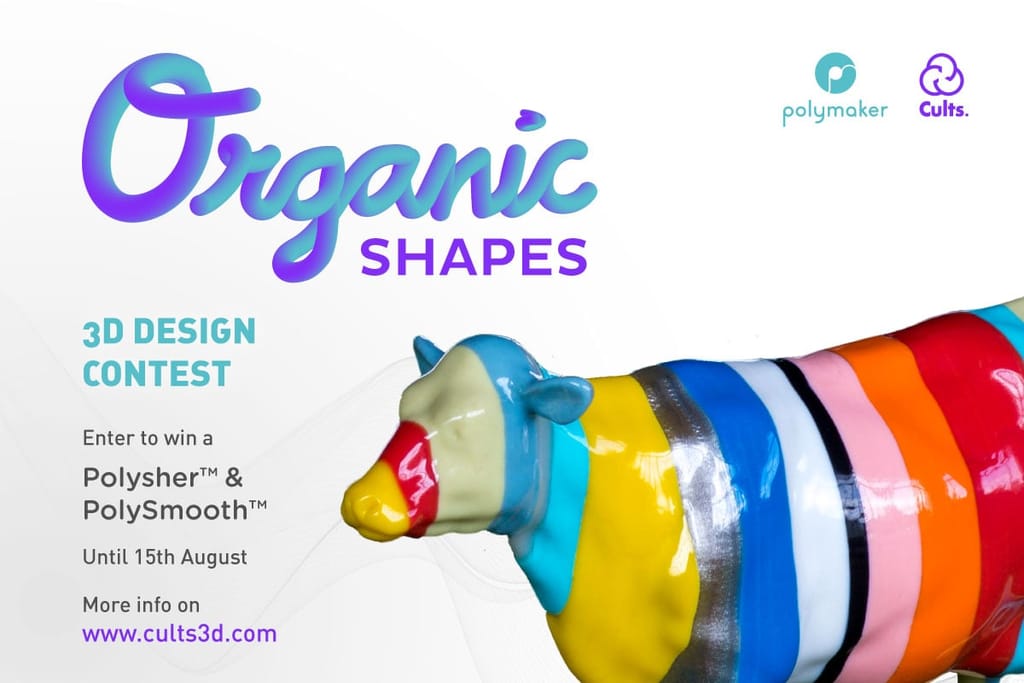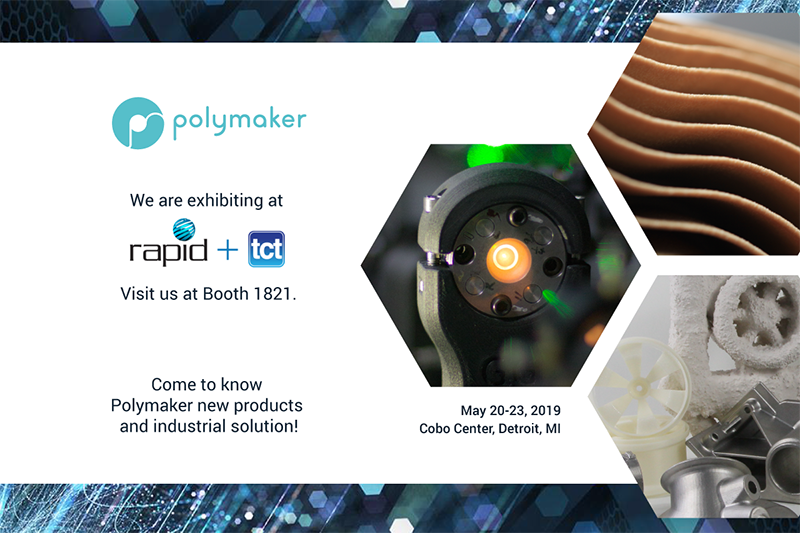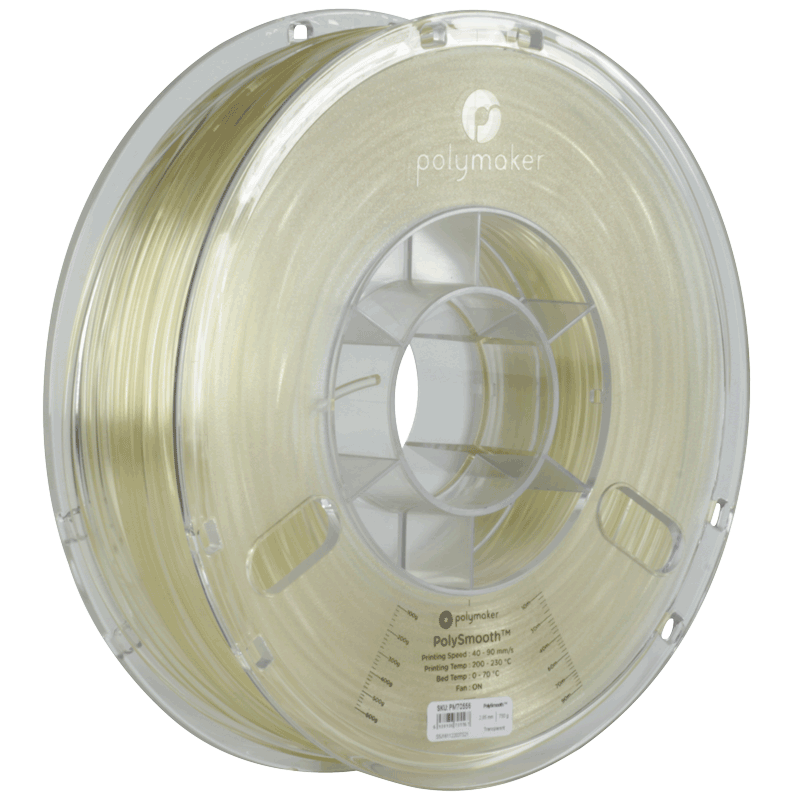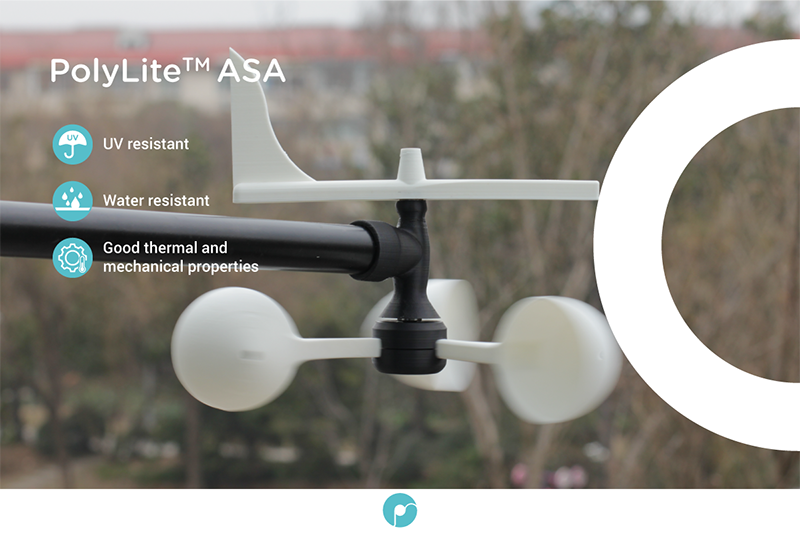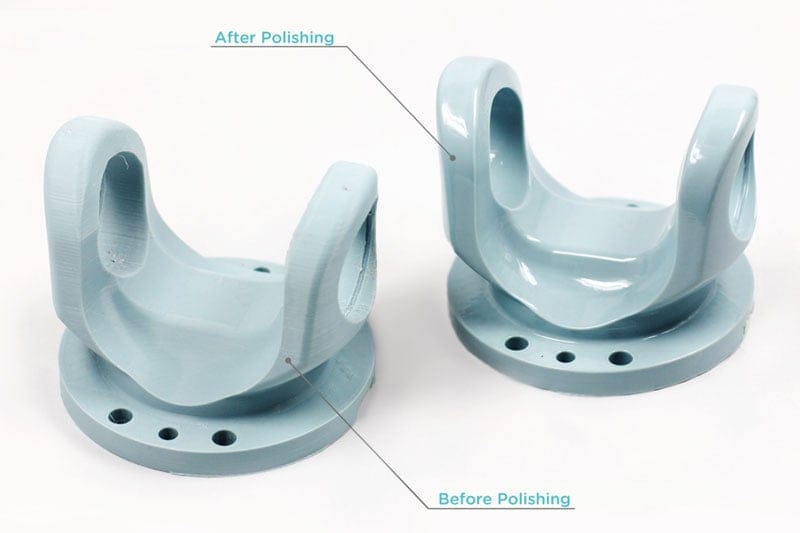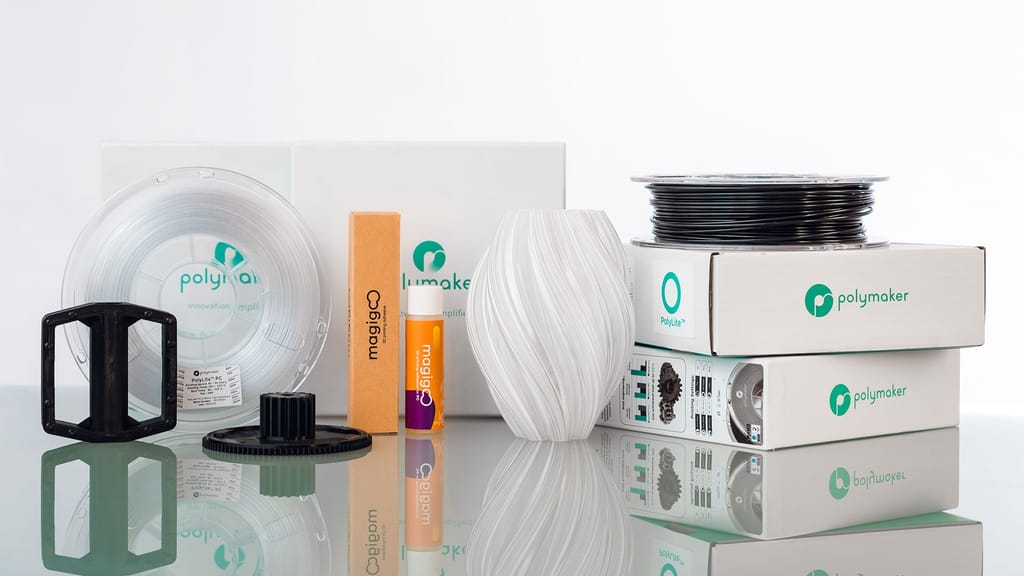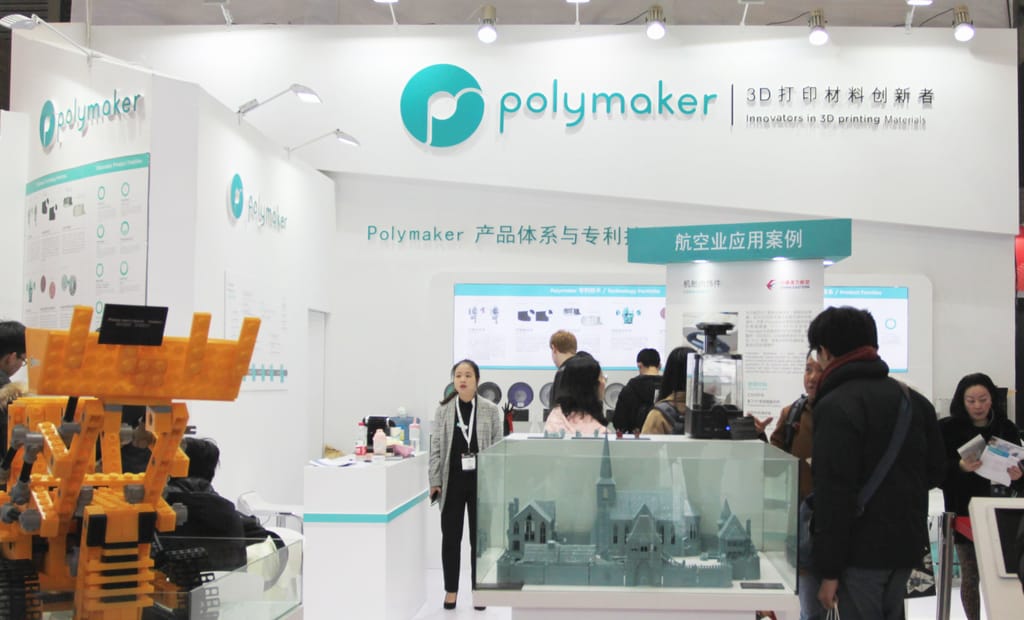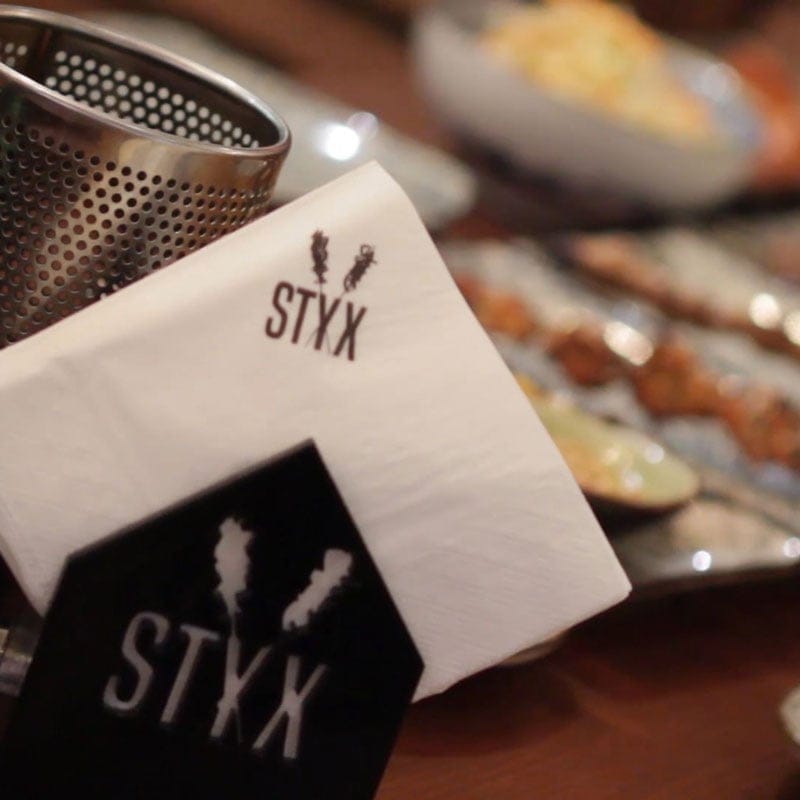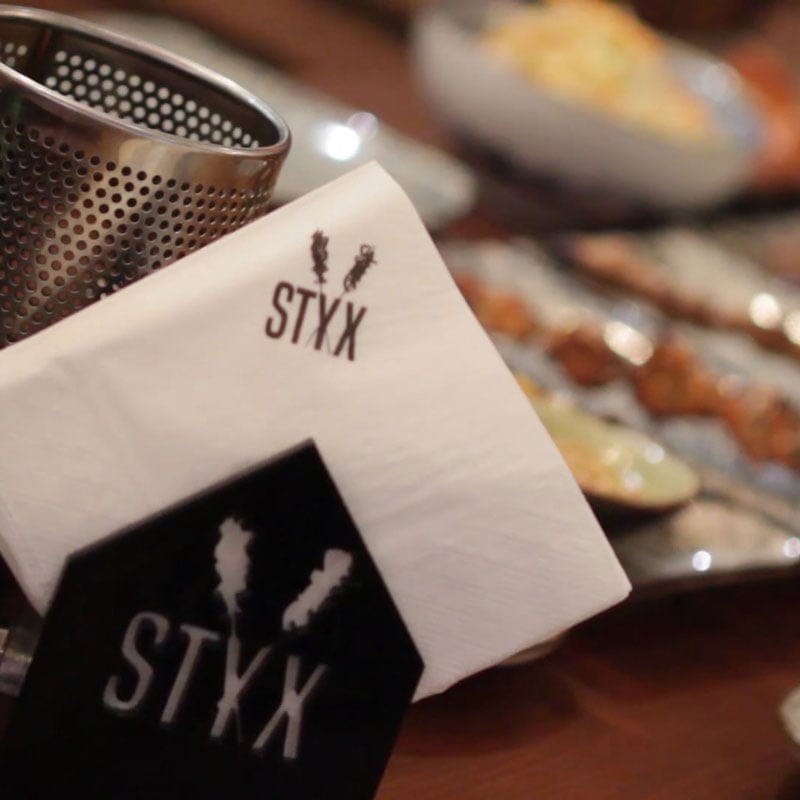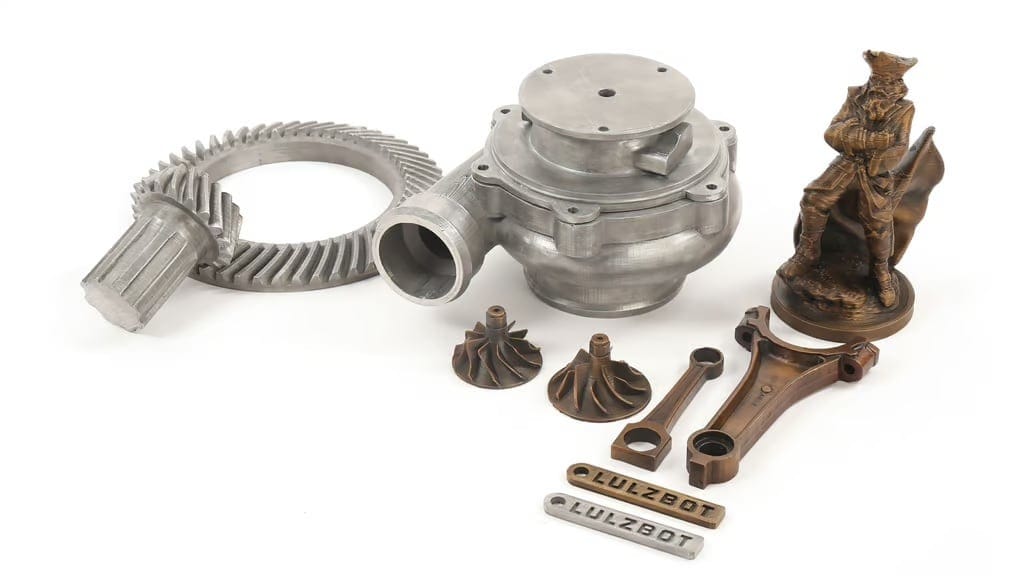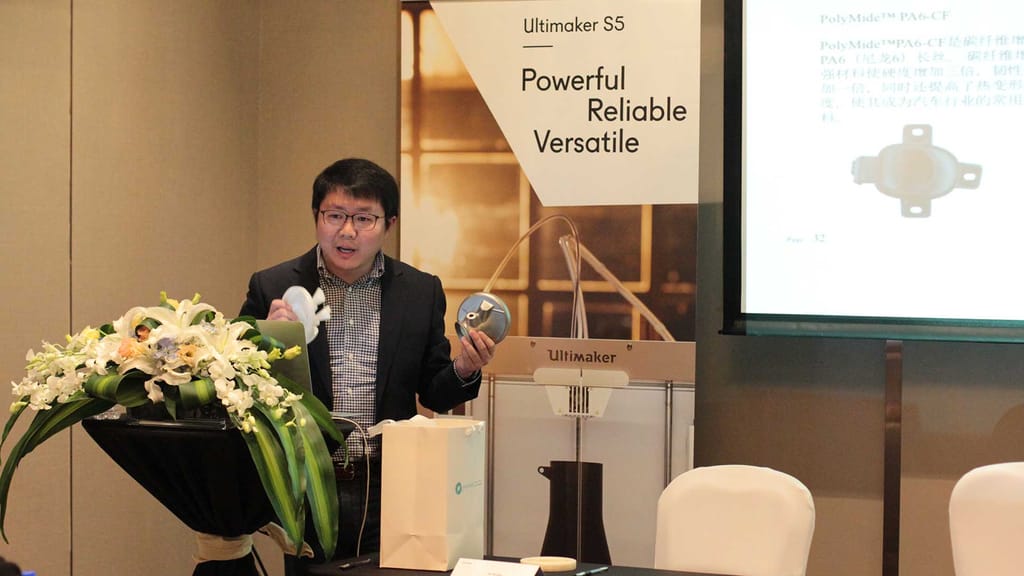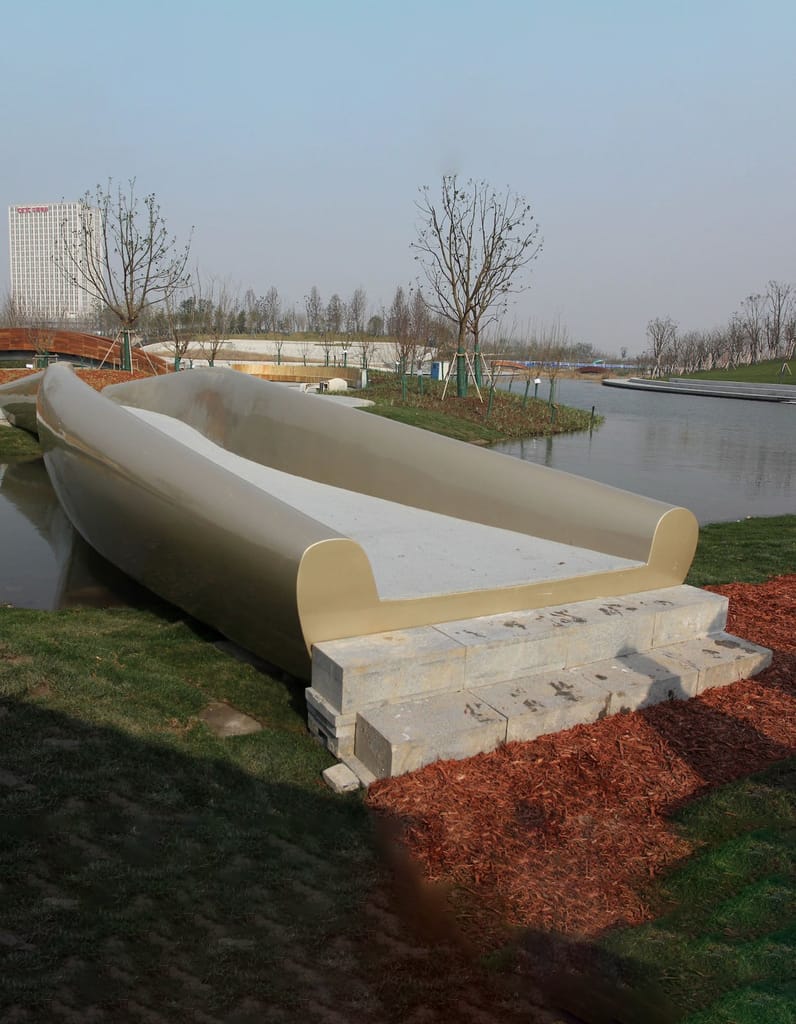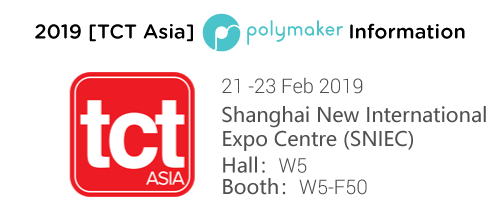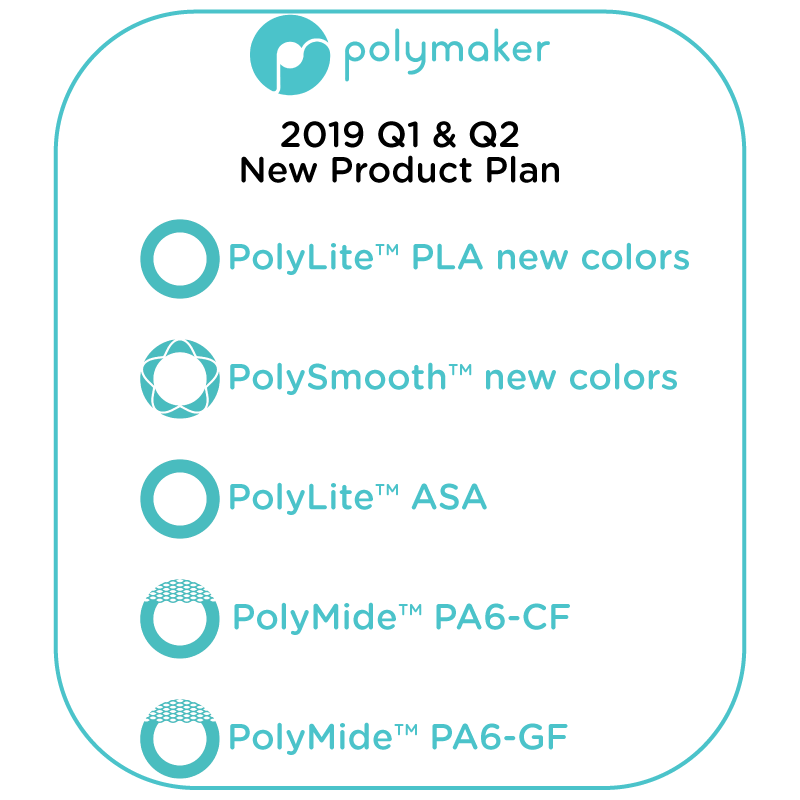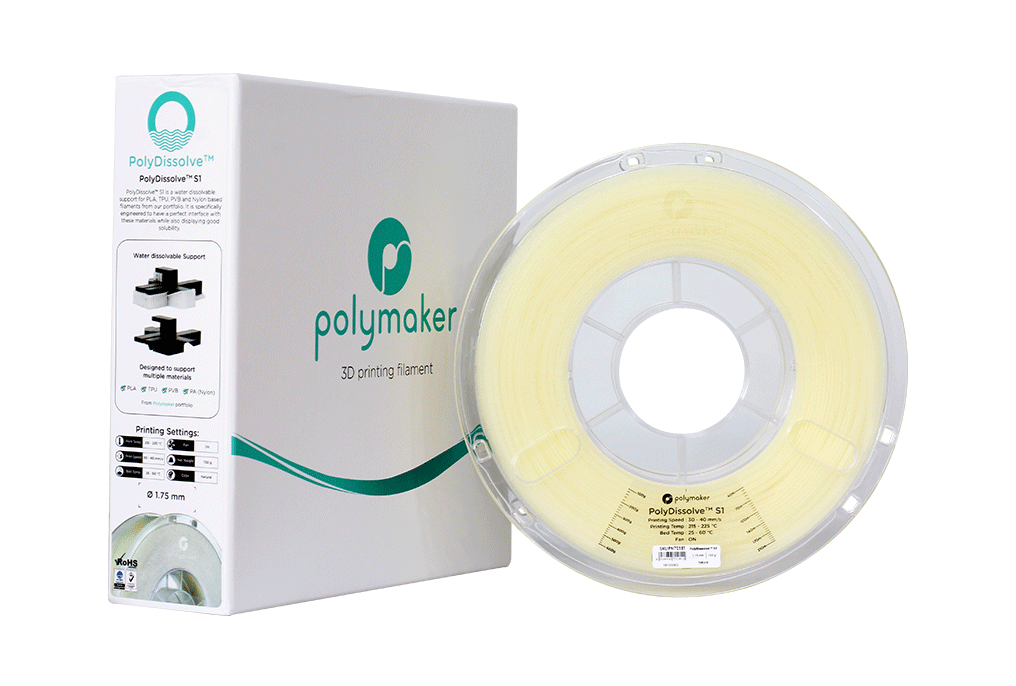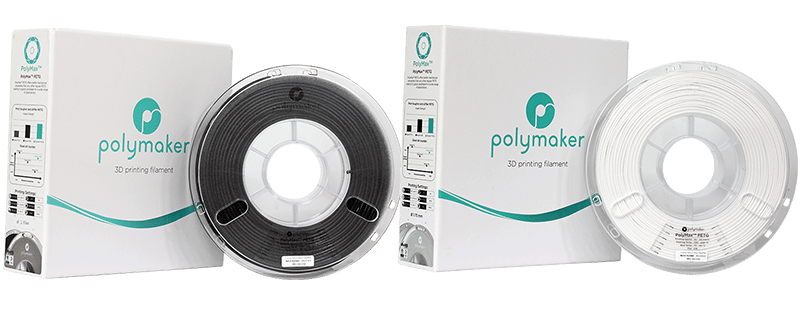Teton’s Smart Slice is an integrated finite element analysis (FEA) simulation which allows users to verify the strength and stiffness of their 3D printed parts from inside the slicer. With this data the cloud-based engine can optimise the way the model is sliced to achieve the desired characteristics for the application. This technology has the ability to decrease printing time and material use creating lightweight printed parts that aren’t over engineered, saving time and money.
To validate their simulation system Teton must compare their FEA data against real 3D printed parts to demonstrate that yield loads, safety factors, and deflections are accurately simulated. (Read full white paper here)
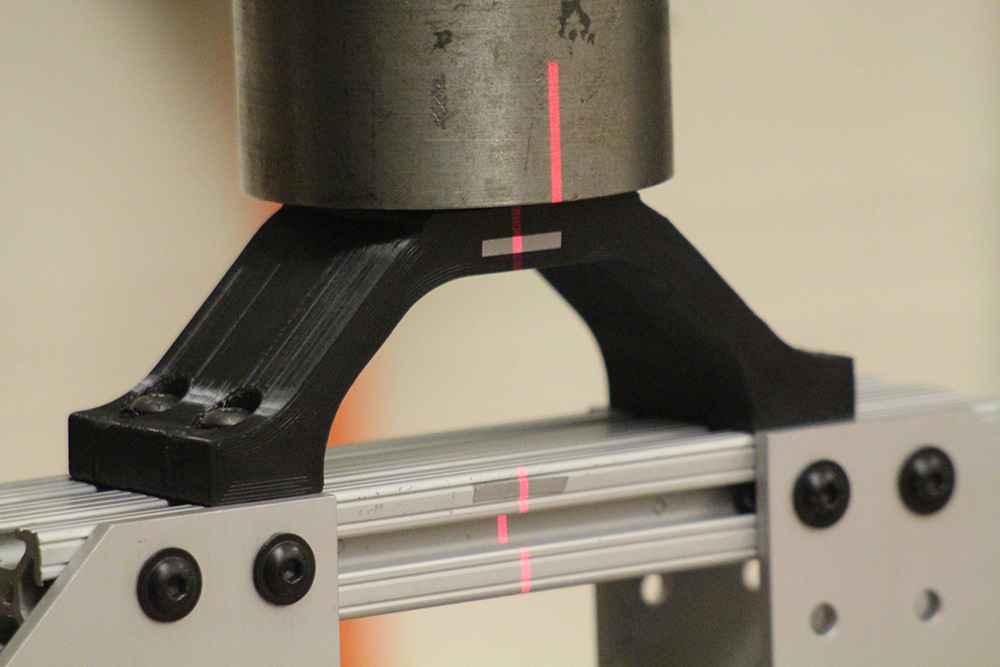
The convenience of having FEA simulation integrated into the slicer is a vital step for 3D printing functional parts and integrating FFF technology into product manufacturing. When reliable data is paired with an engineering filament such as PolyMide™ CoPA the technology becomes extremely powerful for proving concepts and design iterations with minimal investment. This is further paving the way for integration of FFF parts in a variety of different manufacturing sectors.
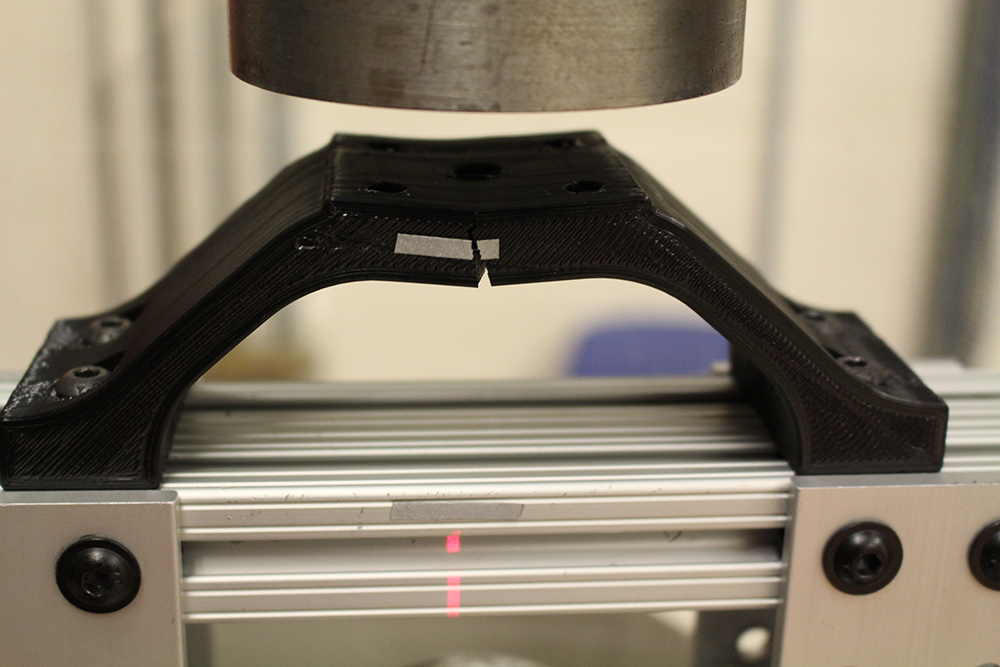
In this demonstration Teton created a roof rack fixture printed in PolyMide™ CoPA. The simulation results can be compared to real data from their testing rig to accurately predict the trends in stiffness and strength in a part sliced and printed in three different ways. The technology requires inputs from the user such as directional forces and load points which are then sent to the cloud for g-code optimisation. With several variables available to the user the part can be tweaked to create the most efficient workflow. The result is a g-code which has all the necessary strength and stiffness with built in safety factors.
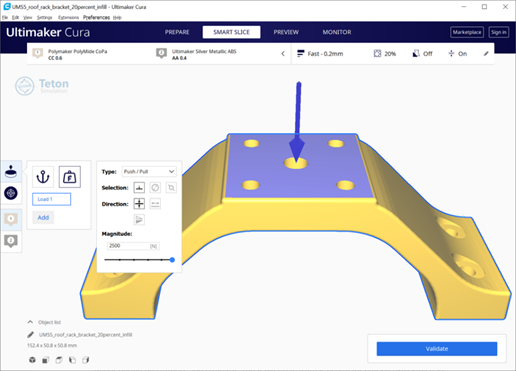
A load case was defined in Smart Slice that was based on the experimental test fixture and load application. The flat surfaces on the bottom of part and the 4 bottom holes were set as anchor surfaces (fixed in space) and a load of 2,500 N (Newtons) was applied to the top surface. Using the Validate feature in Smart Slice, the part stiffness and yield load values were computed and are shown in Table 1.
Table 1. Part stiffness and yield loads computed by Smart Slice for 20% infill and solid parts.
![]()
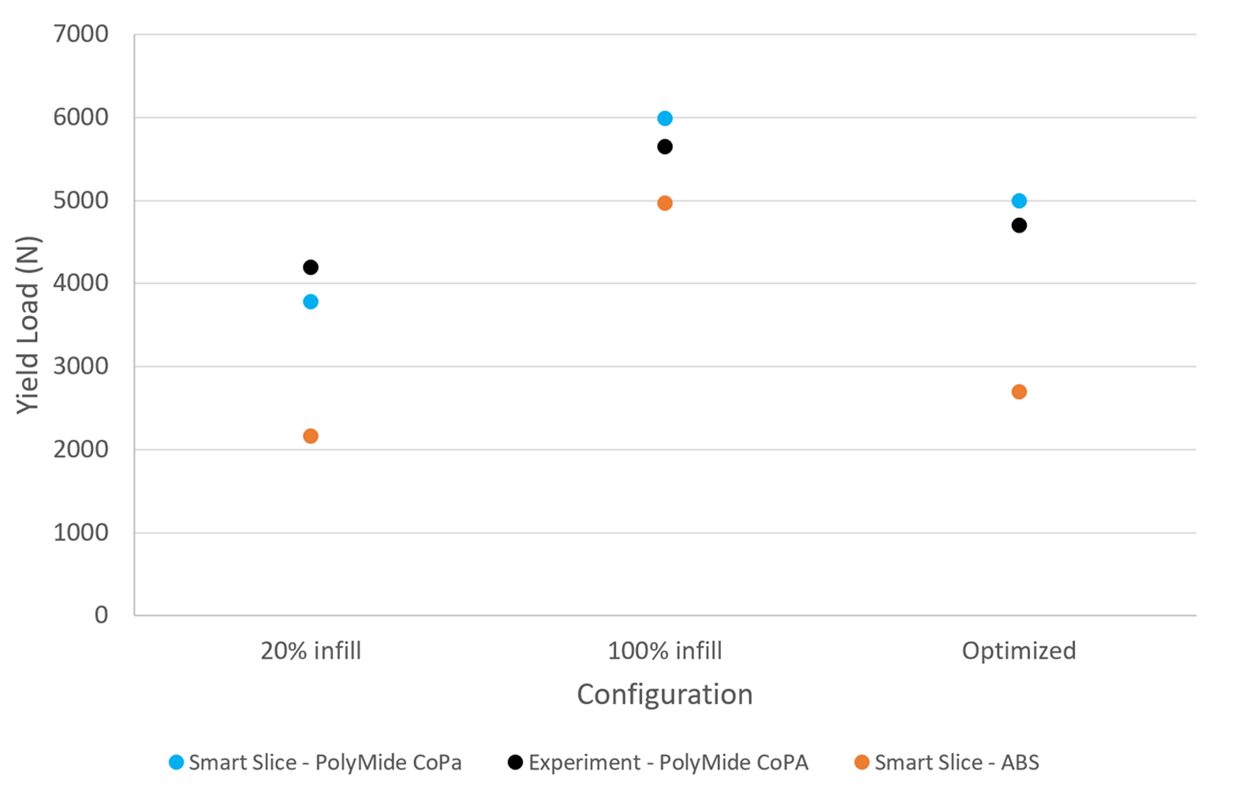
These results are compared to the real data from the printed parts. Smart Slice was also used to evaluate the performance of a generic ABS material in order to compare it to the performance of PolyMide™ CoPA. It is clear that PolyMide™ CoPA outperforms ABS in both stiffness and strength. For example, in order to get the same performance as the optimized part printed with PolyMide™ CoPA, a solid ABS part is required. This is important since the optimized part will print in less time and be lighter compared to the solid part. This demonstrates how Smart Slice can be used to evaluate different materials prior to printing so that the material itself can be optimized prior to printing any parts.
The Optimize feature in Smart Slice was used to automatically optimize the print settings based on user-defined performance requirements. These requirements effectively define the strength and stiffness targets for the part. The optimization algorithm explores the full design space of the major print settings and finds solutions that meet or exceed the performance. The algorithm realizes the areas of the part which require higher stress and creates modifier meshes which change the settings in these specific areas. This provides a higher infill and greater number of perimeters to strengthen only in the necessary areas of the 3D printed part.
This case study demonstrates the usefulness of Smart Slice in a 3D printing workflow. The Optimize feature was shown to automatically find a print configuration that minimizes print time and part mass while meeting stiffness and strength requirements. It was also shown how the Validate feature can be used to find the best material for a given application. In this study a high-performance material, Polymaker PolyMide™ CoPA, was shown to provide superior stiffness and strength compared to an ABS material.
